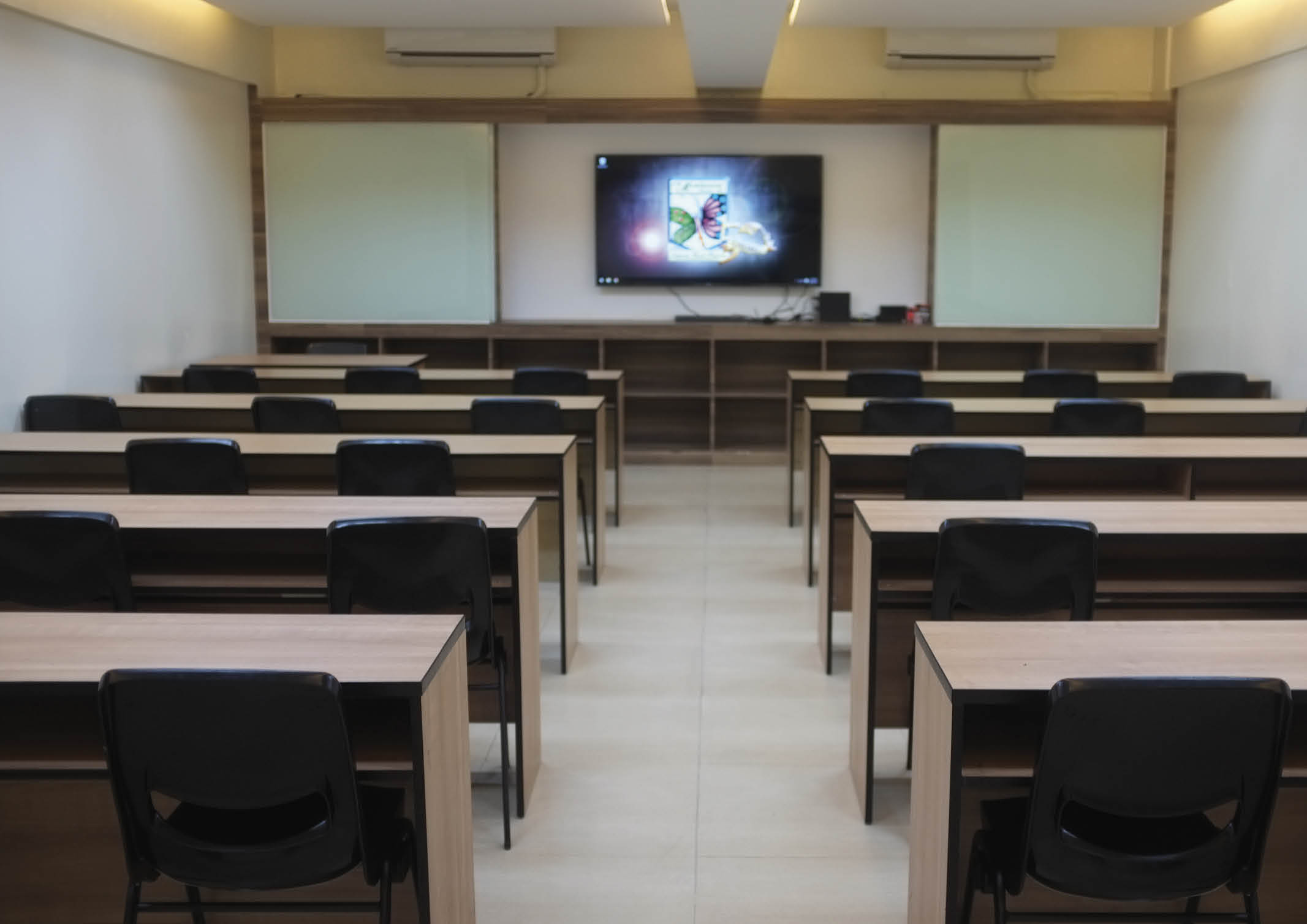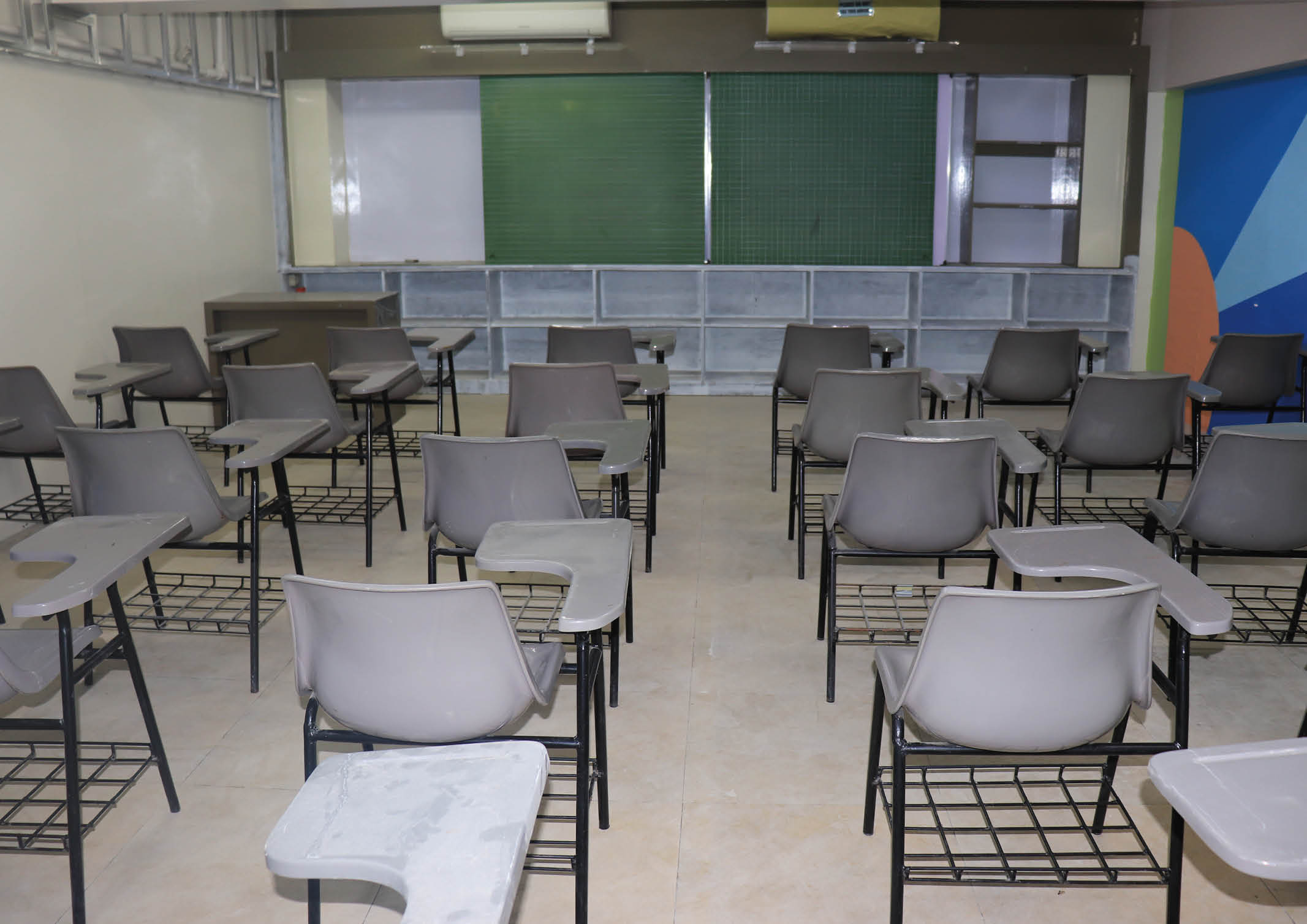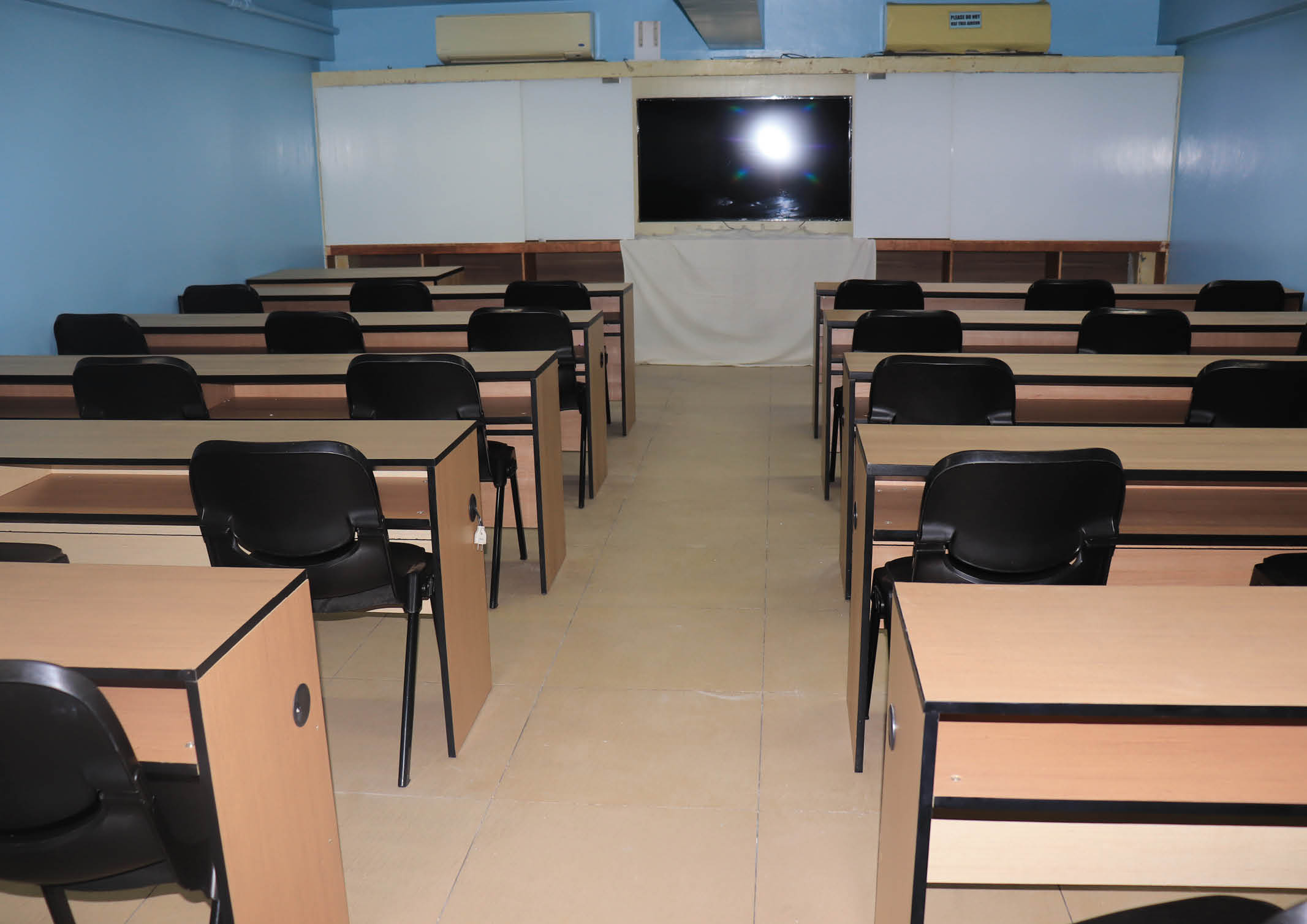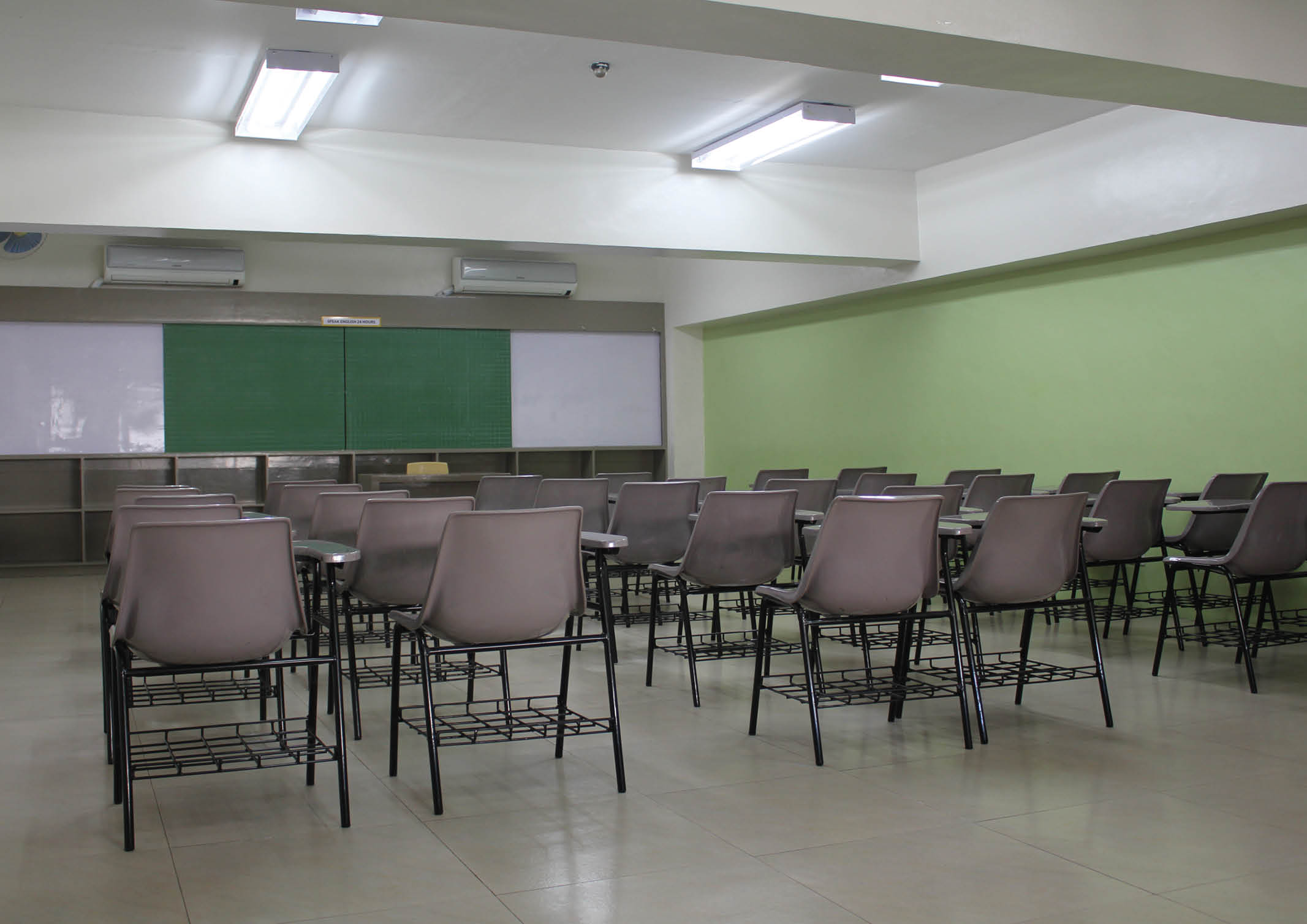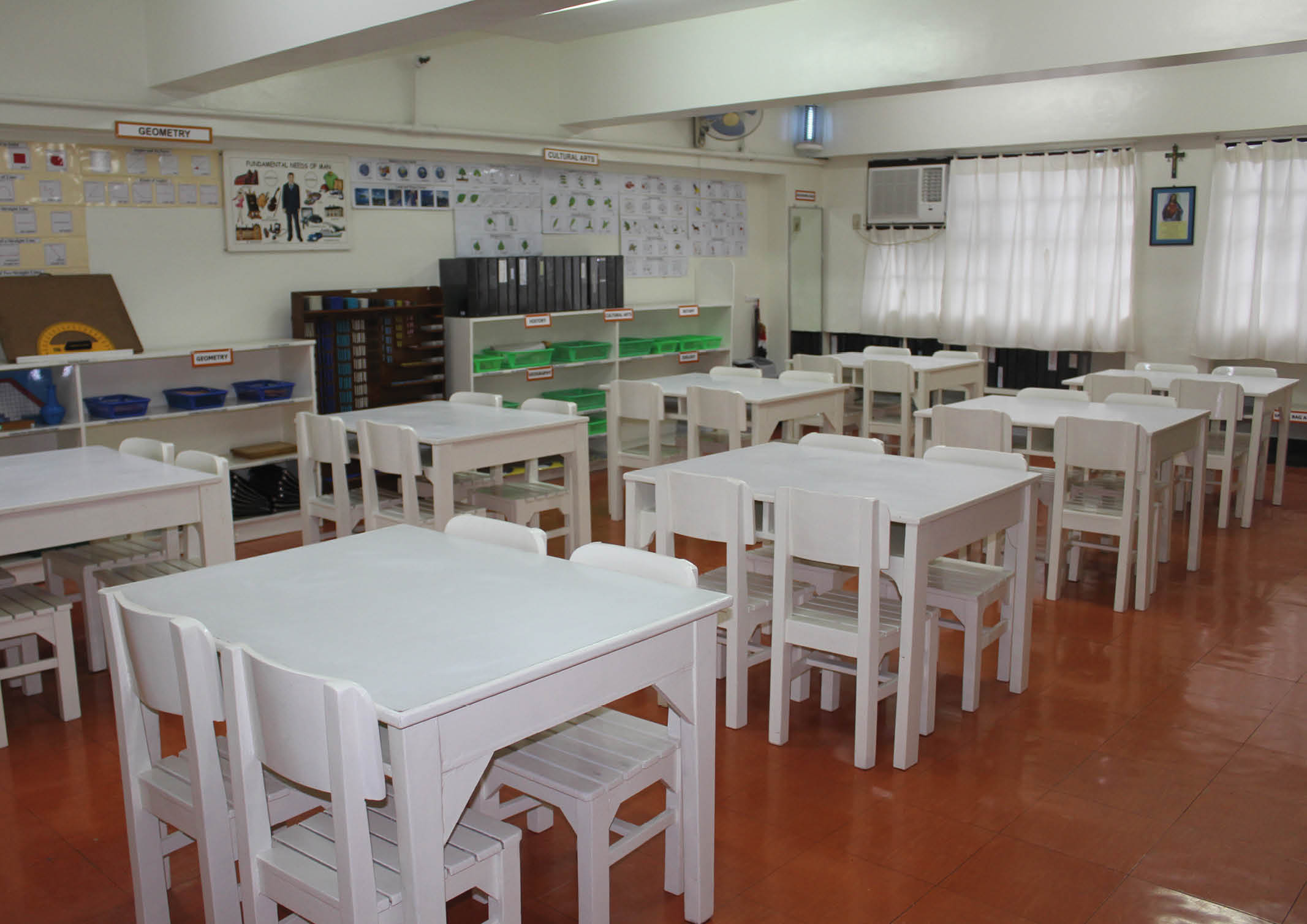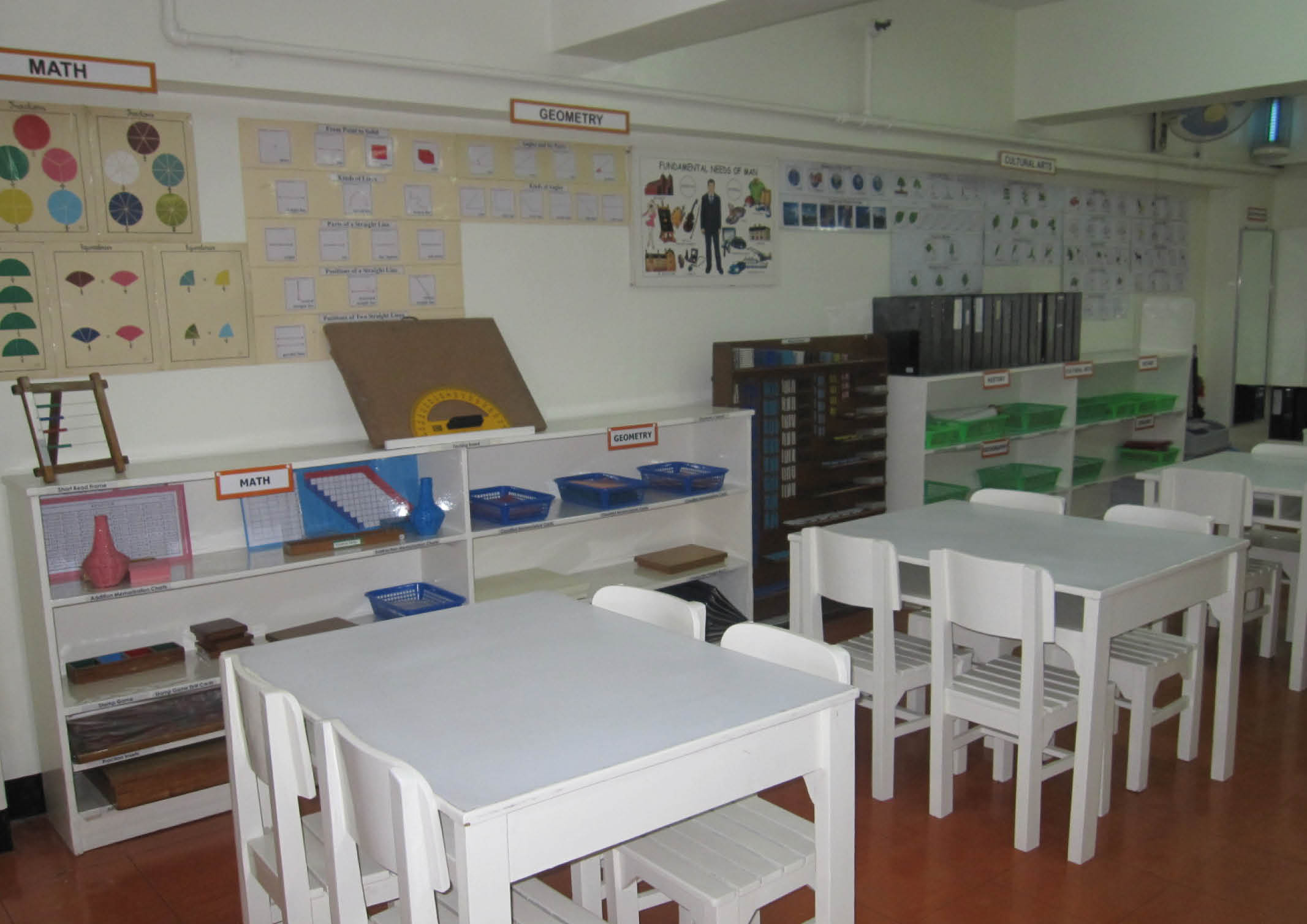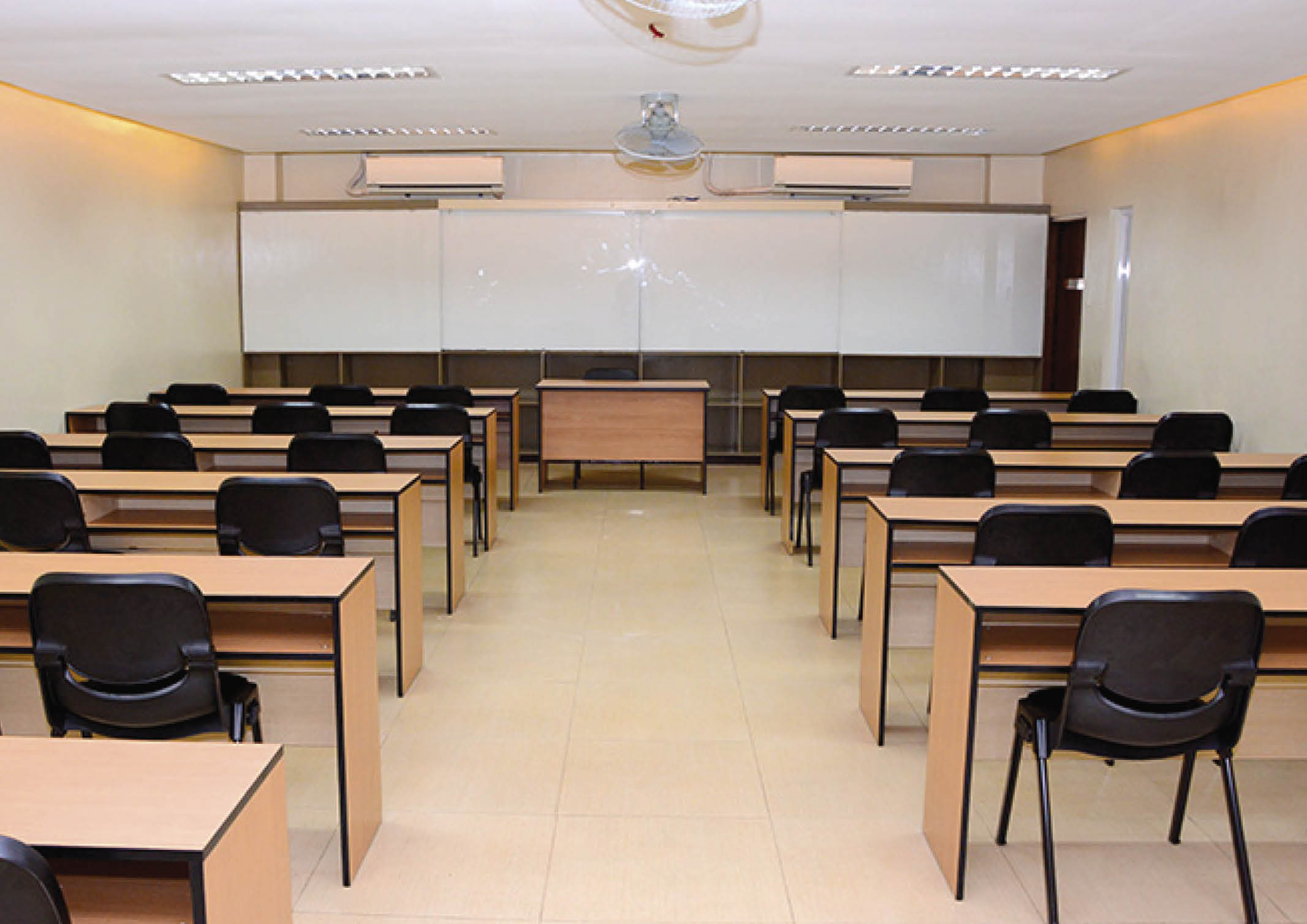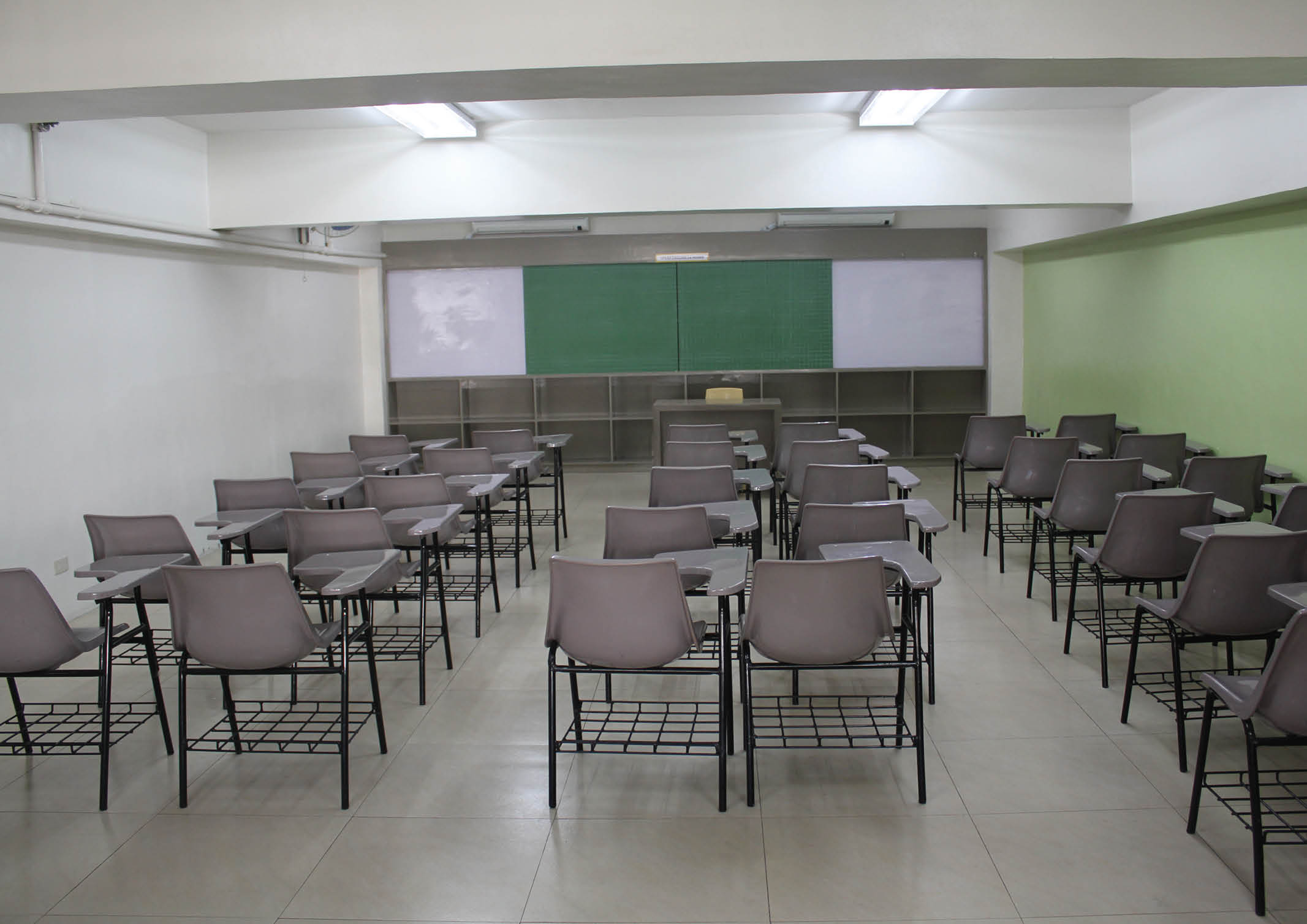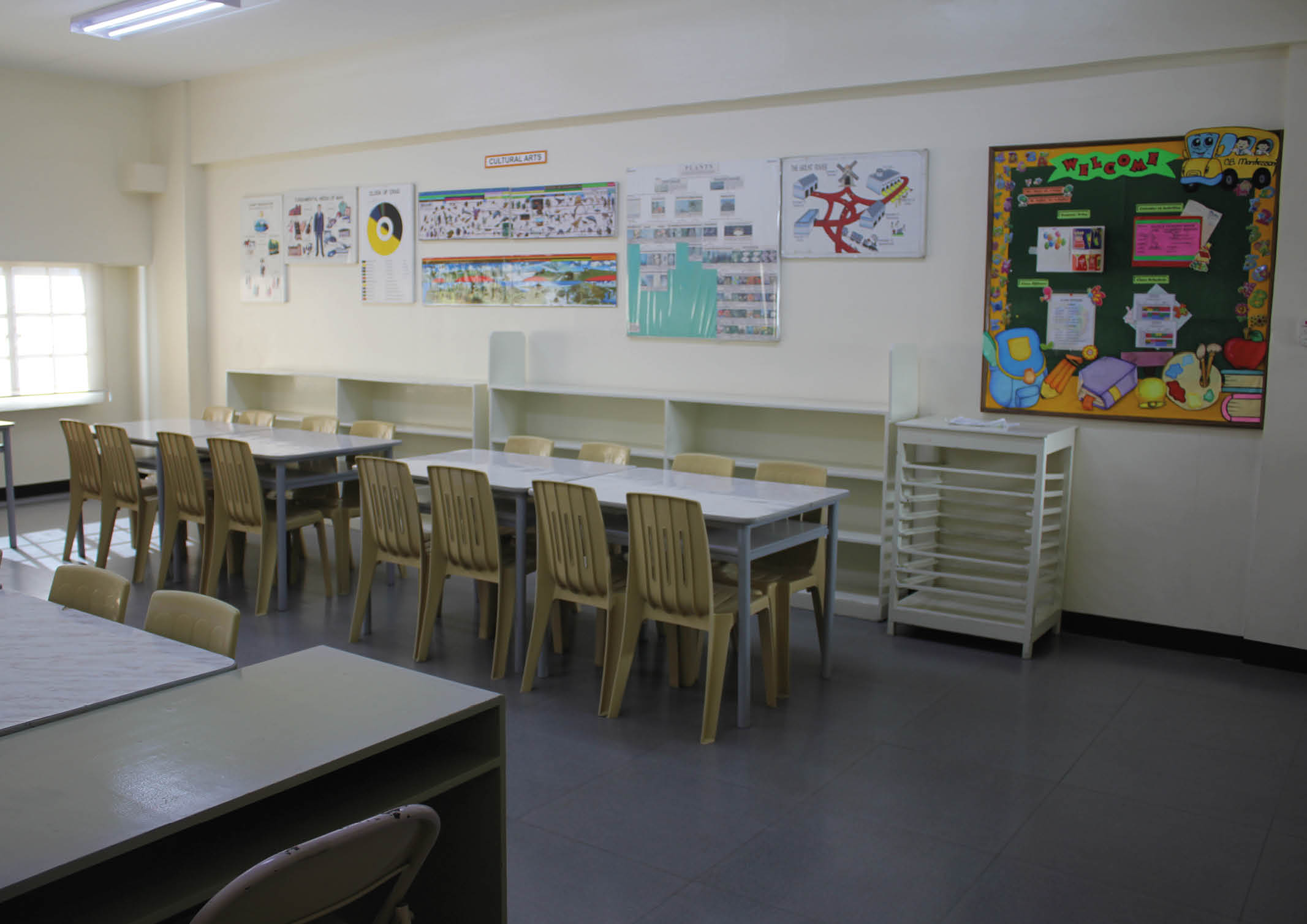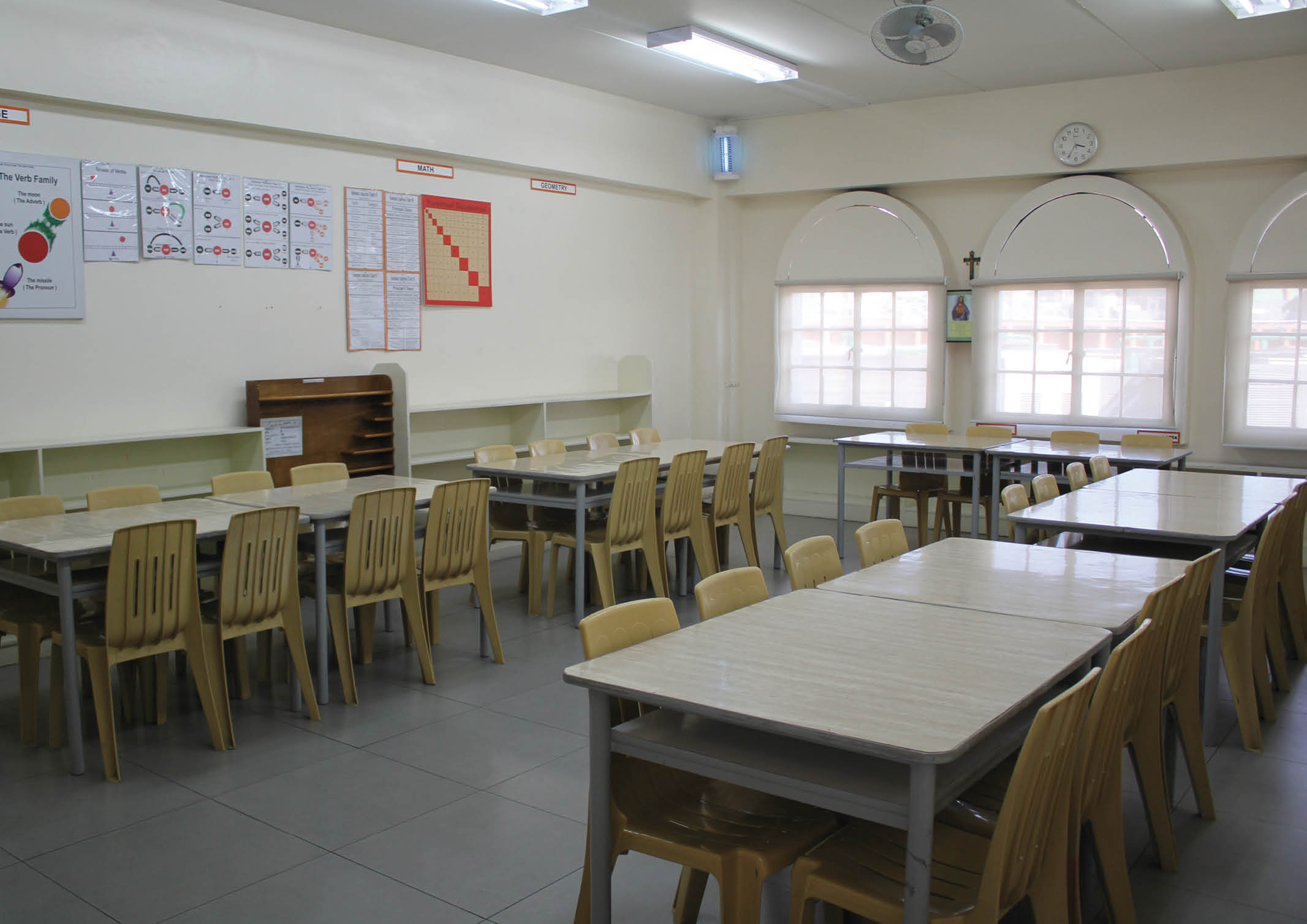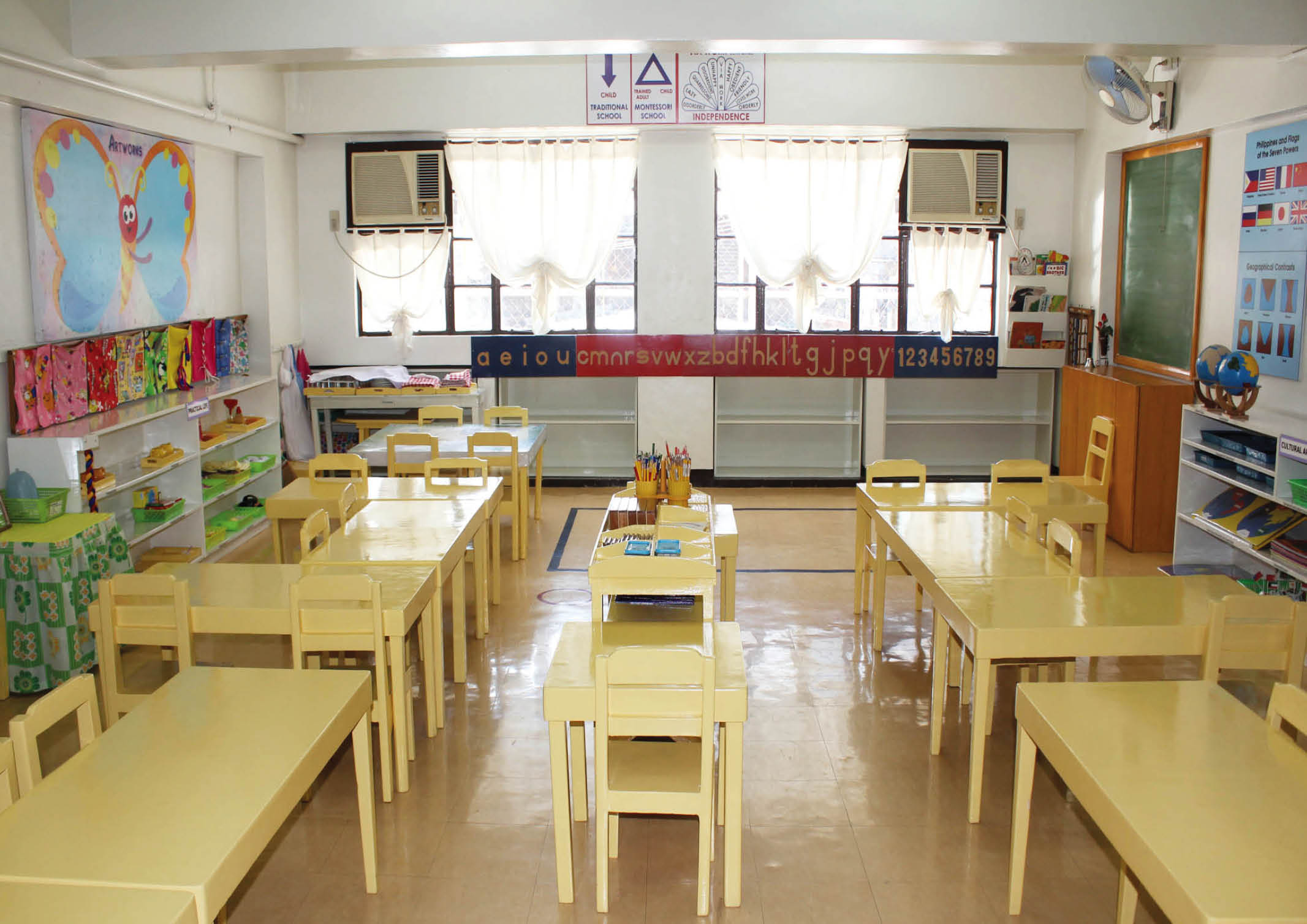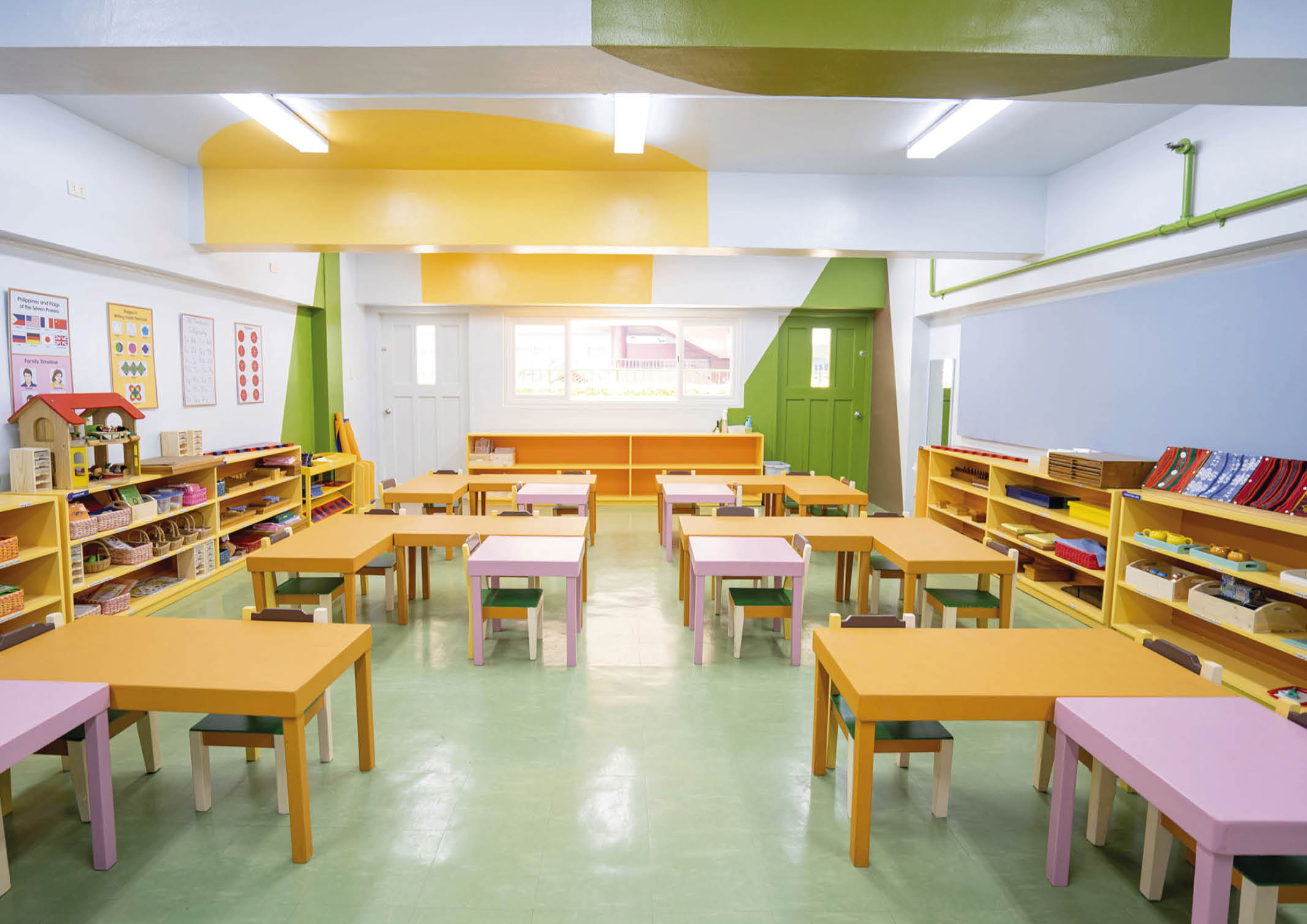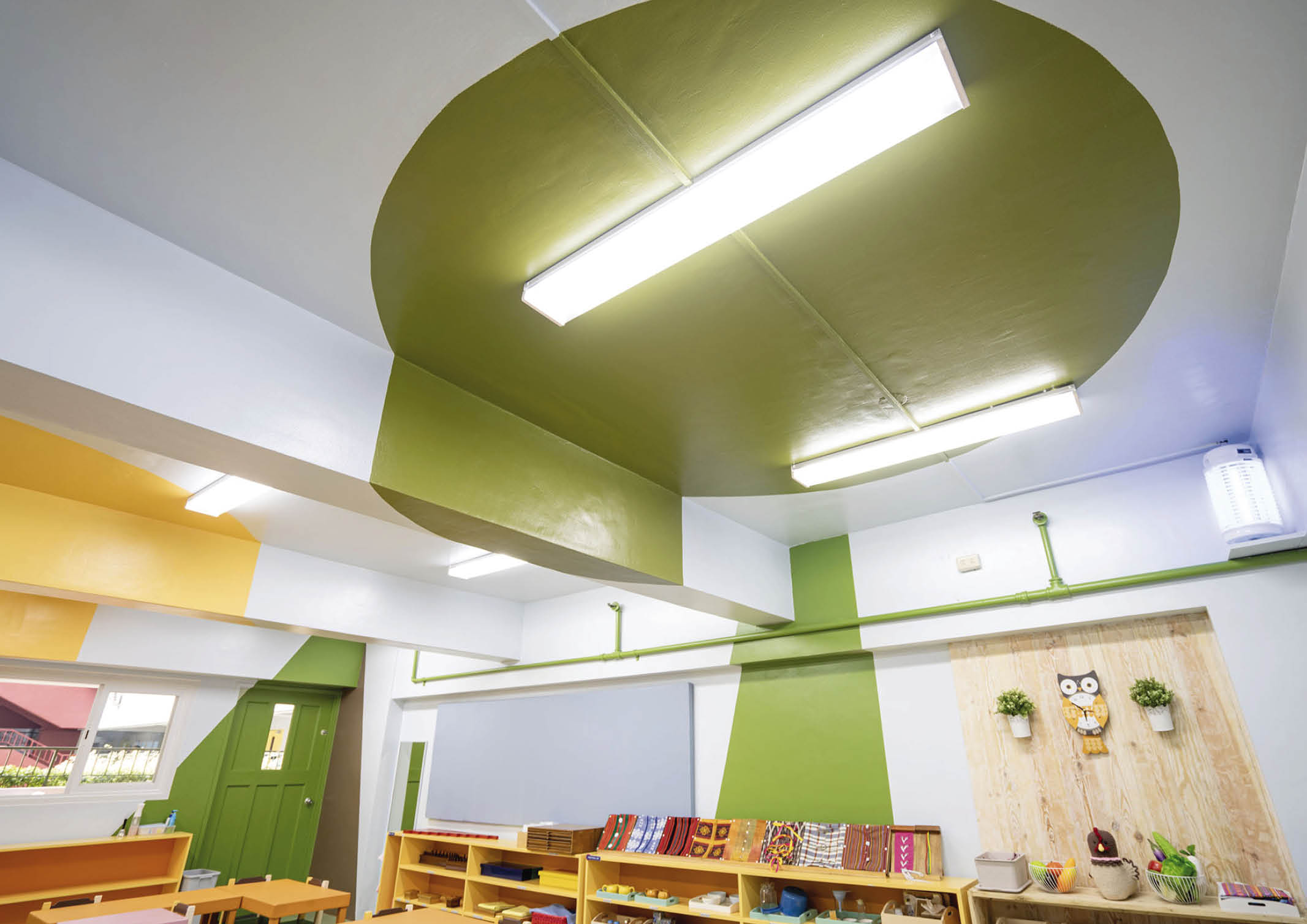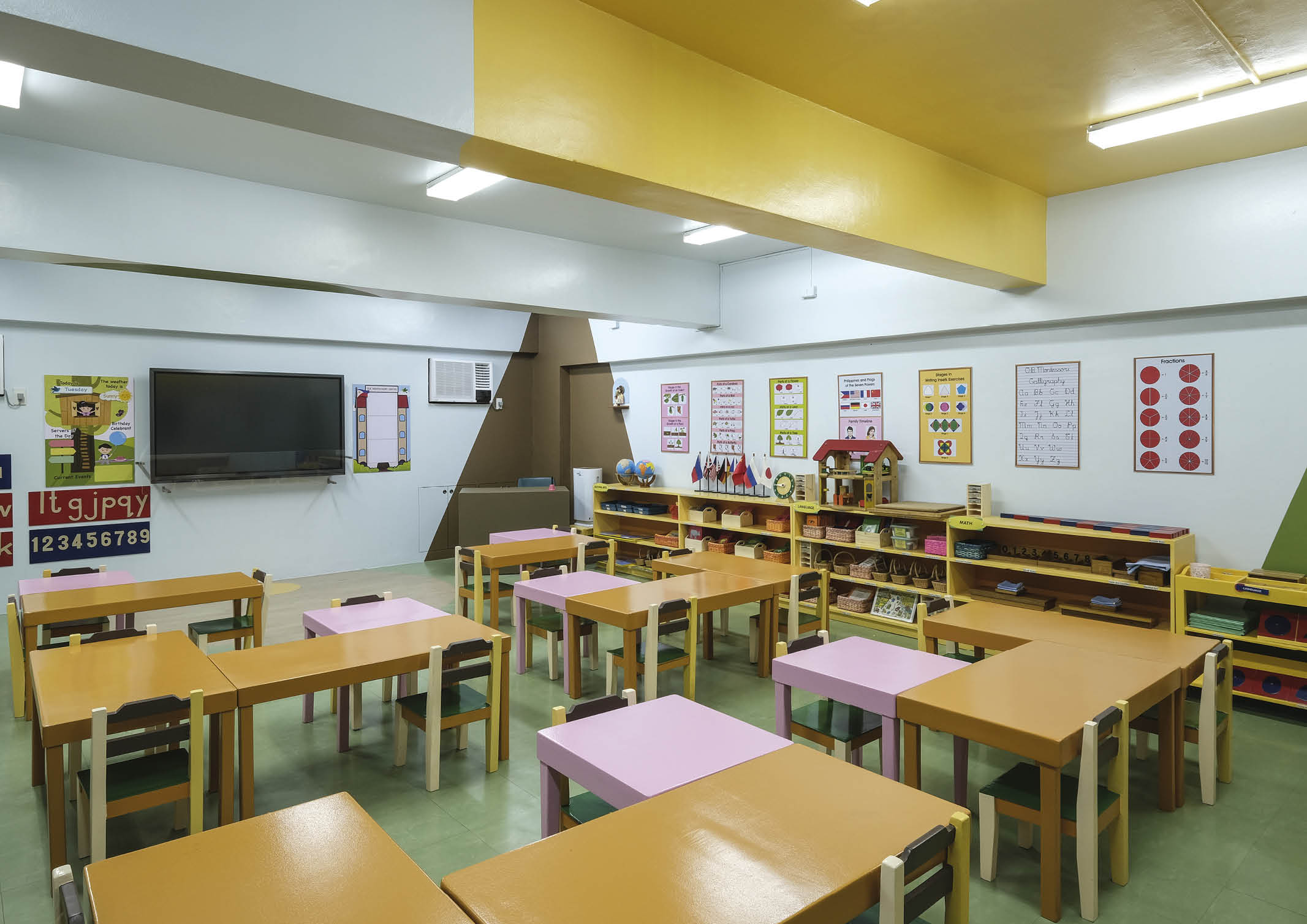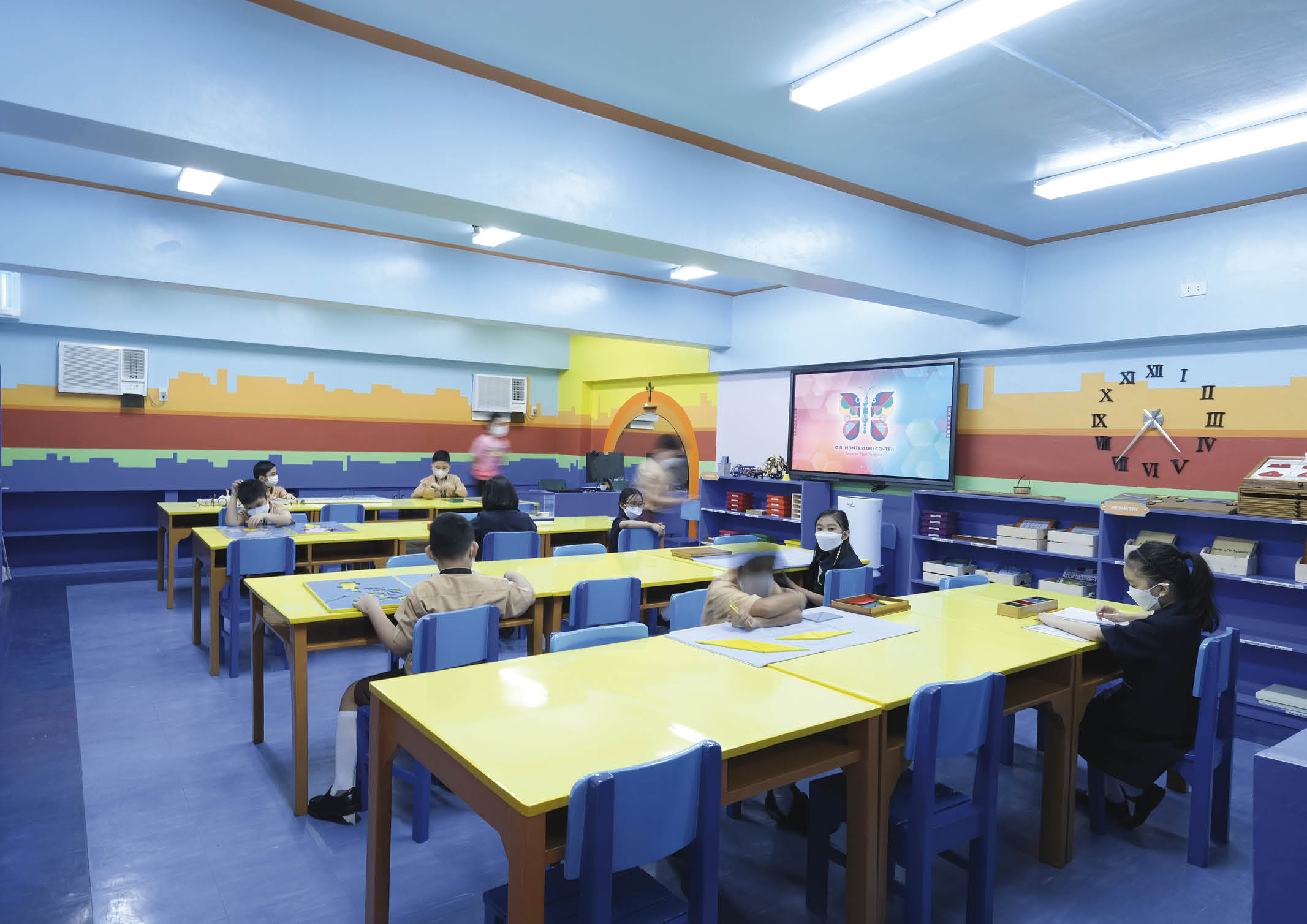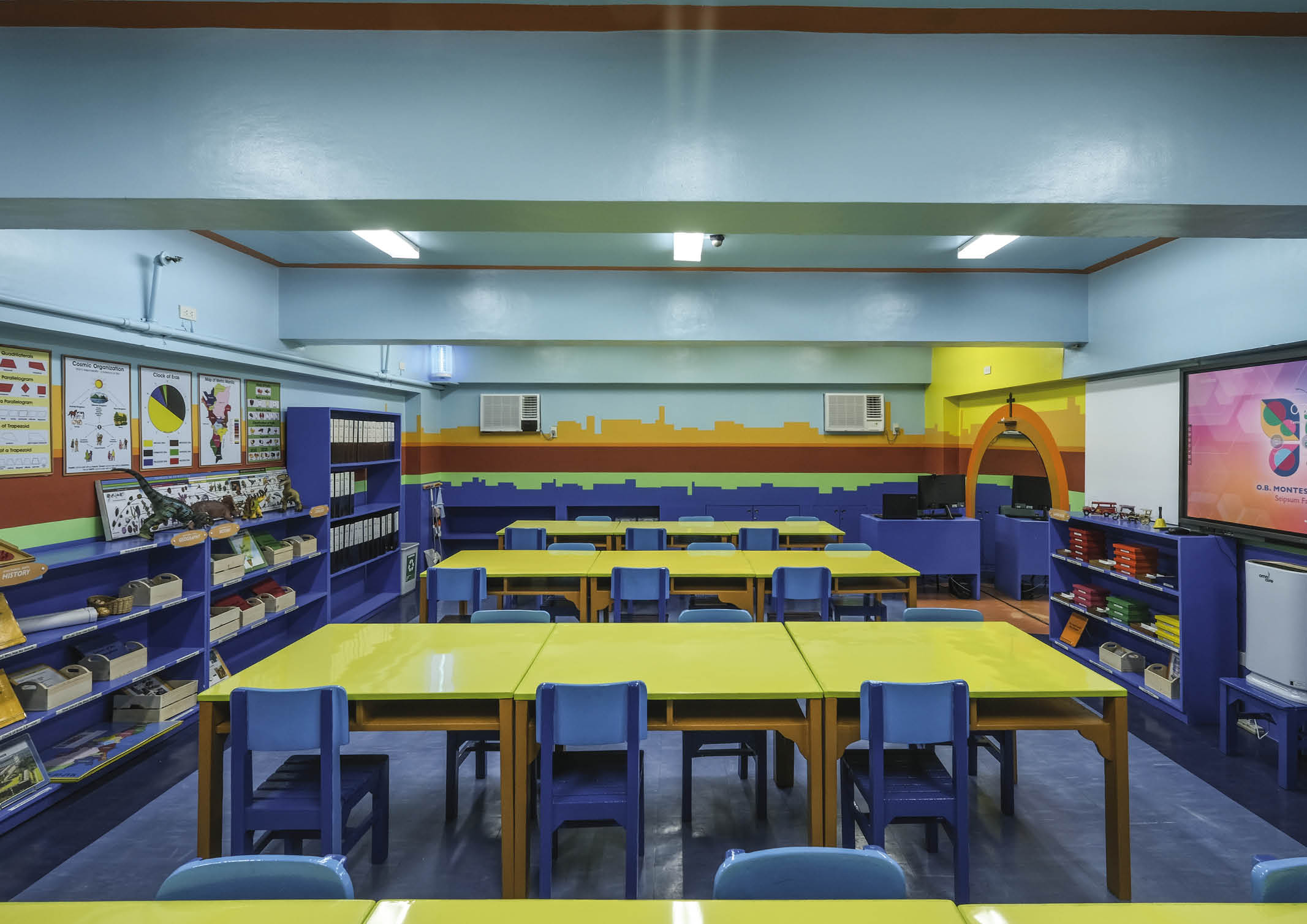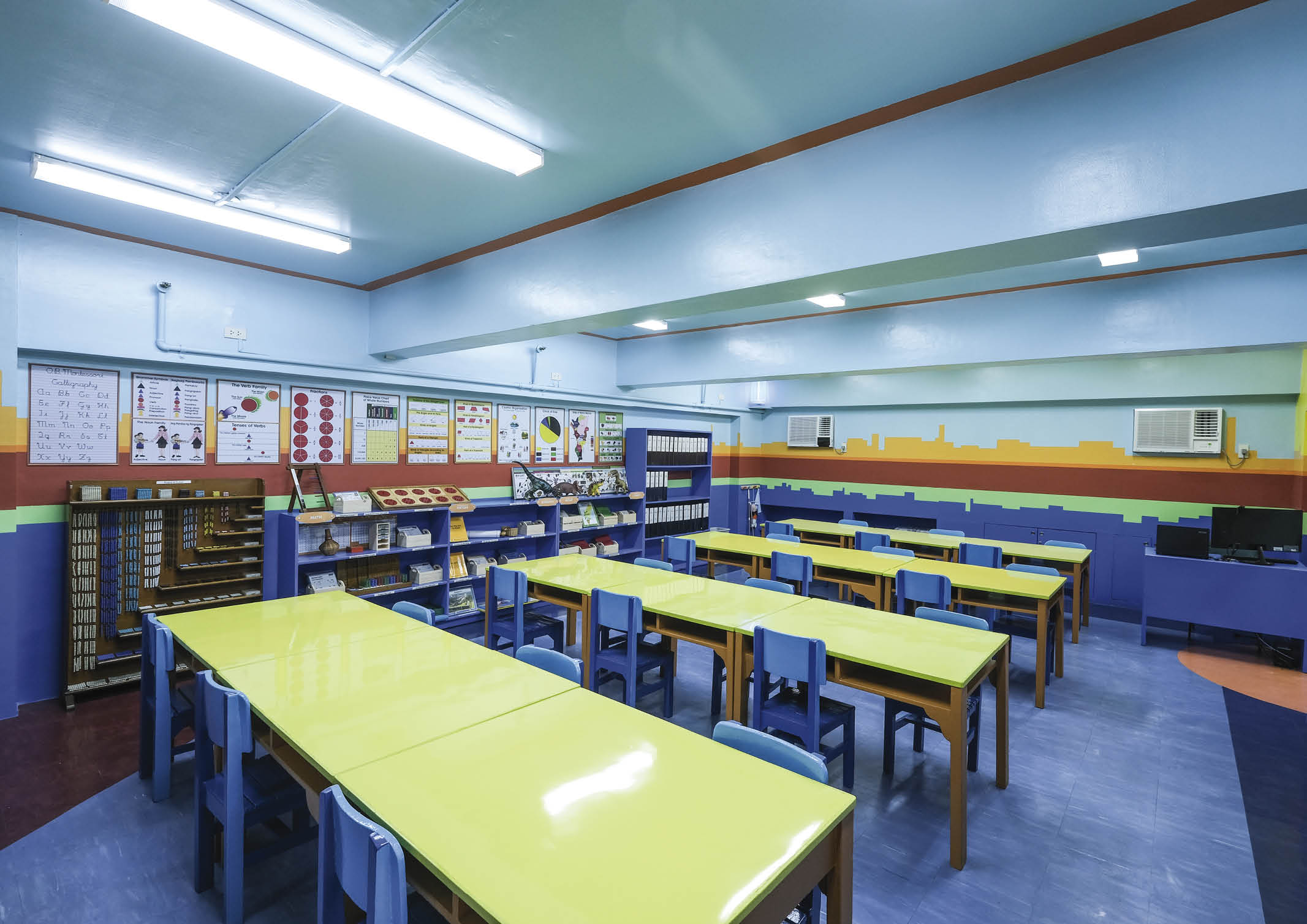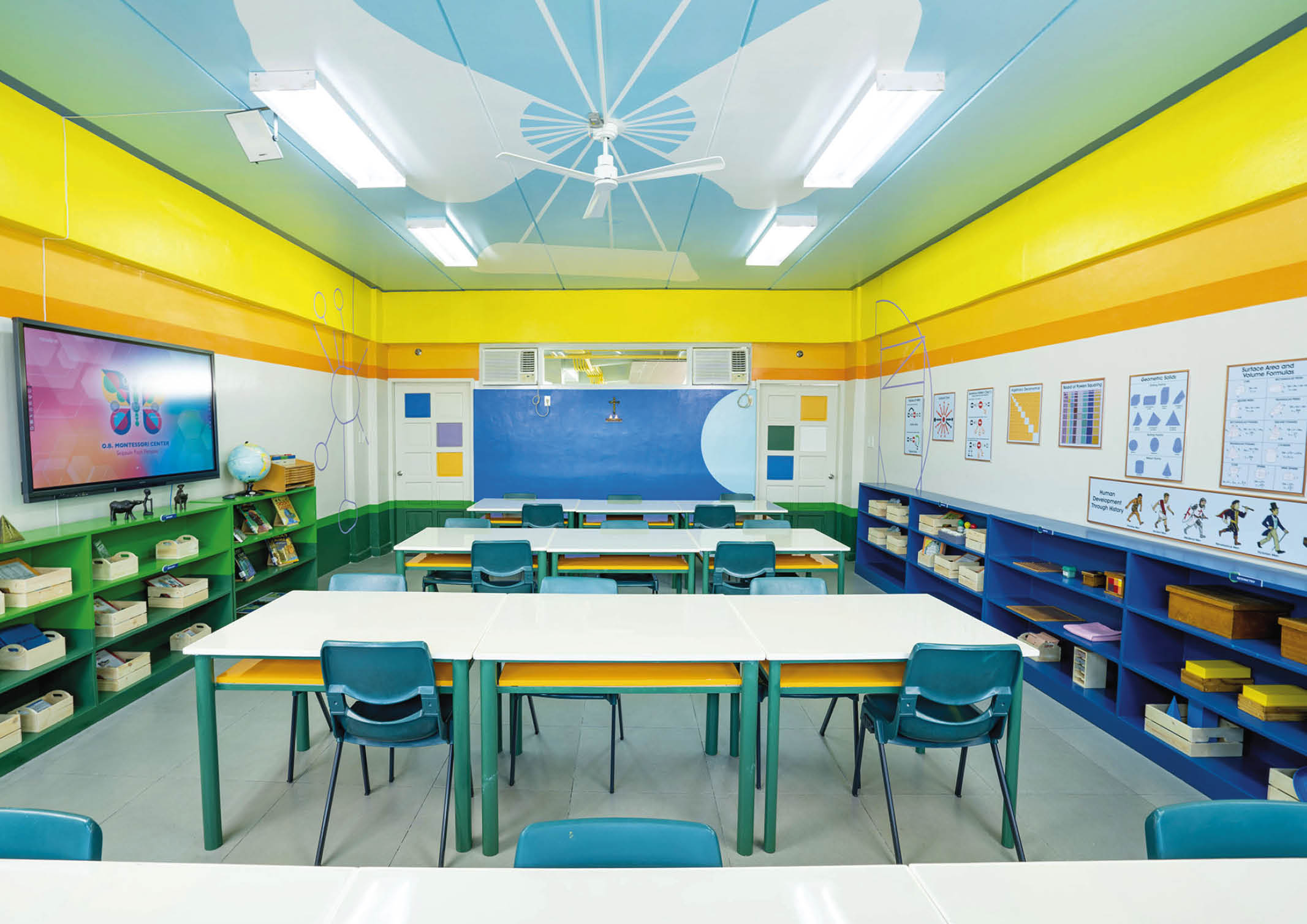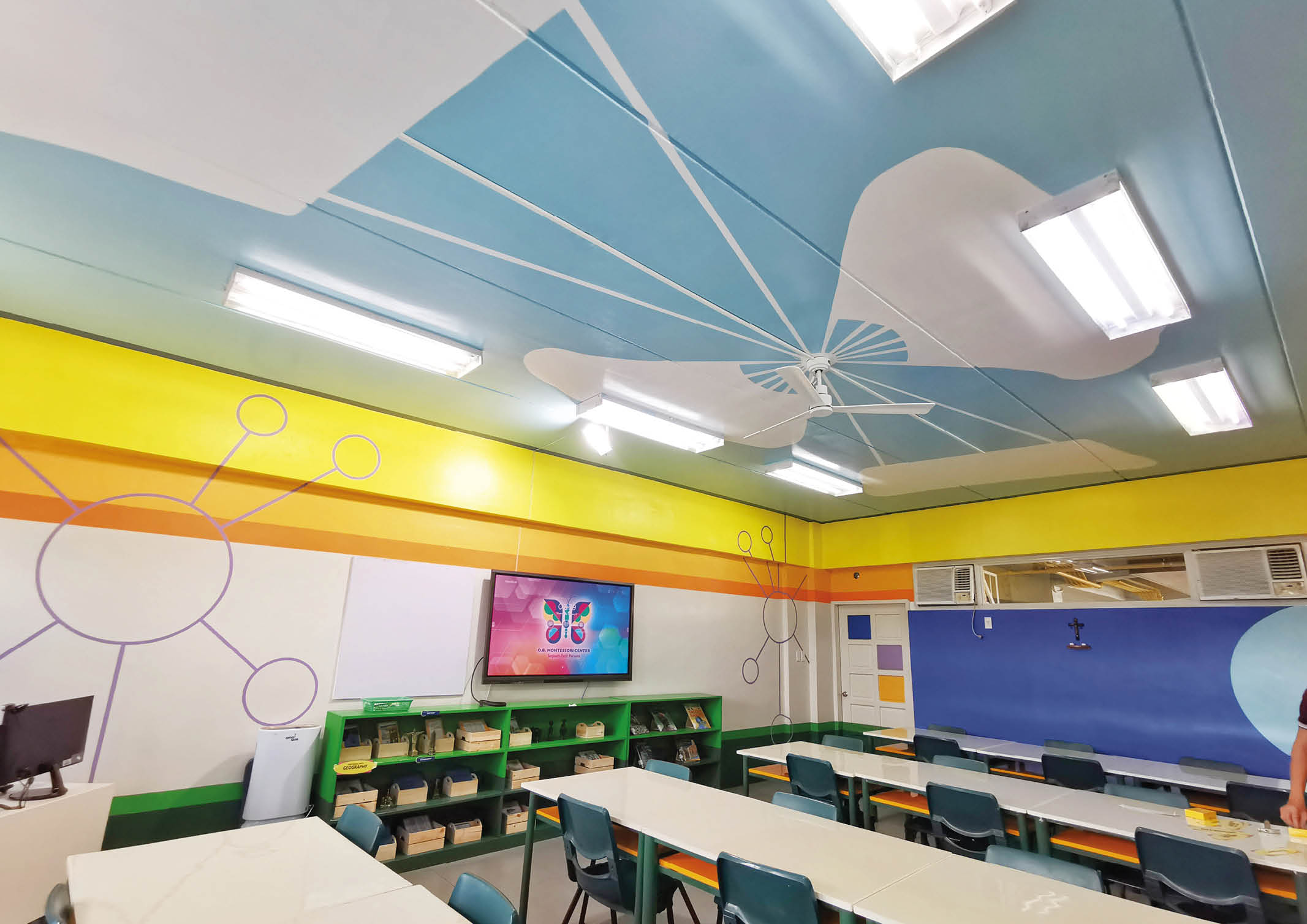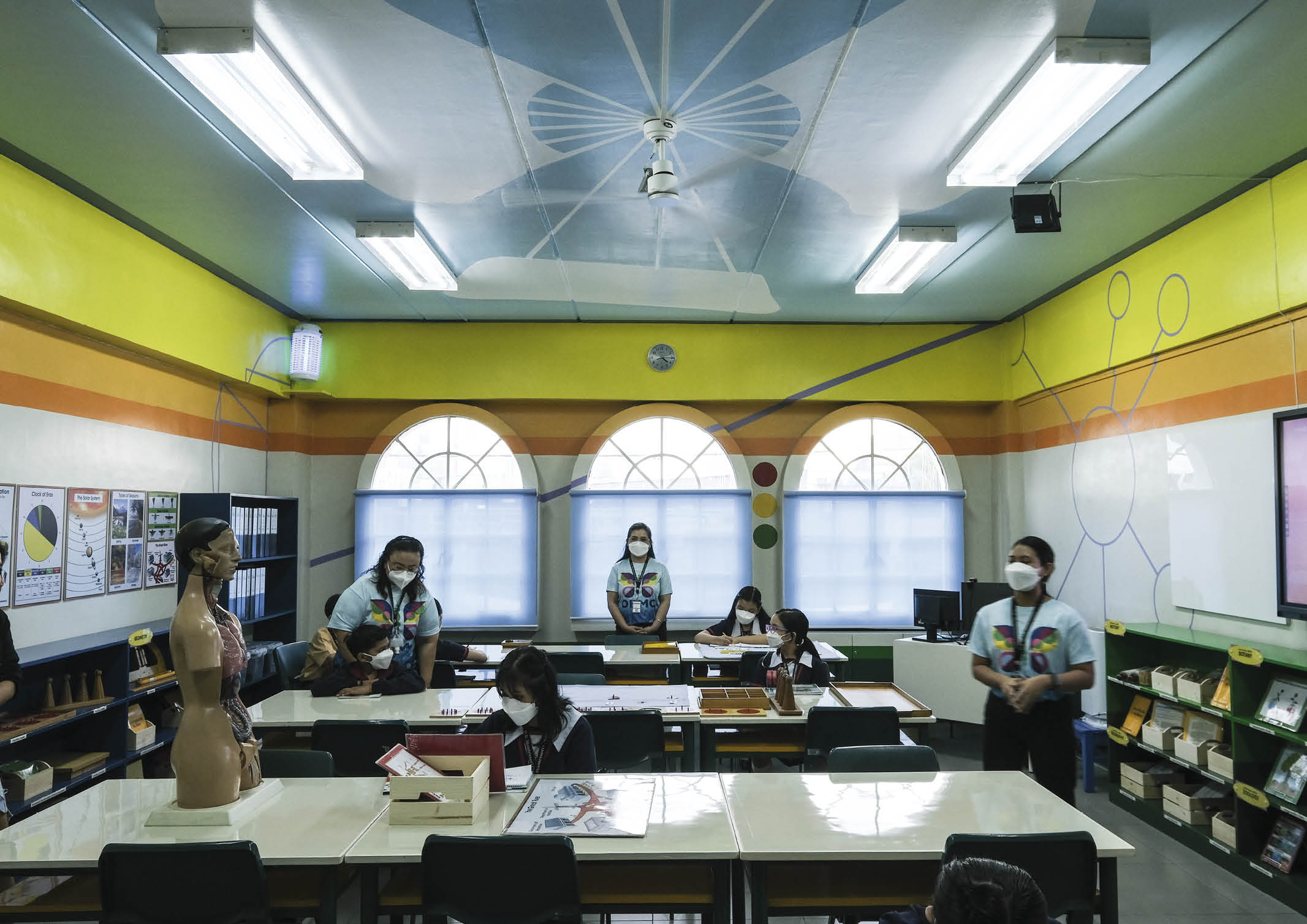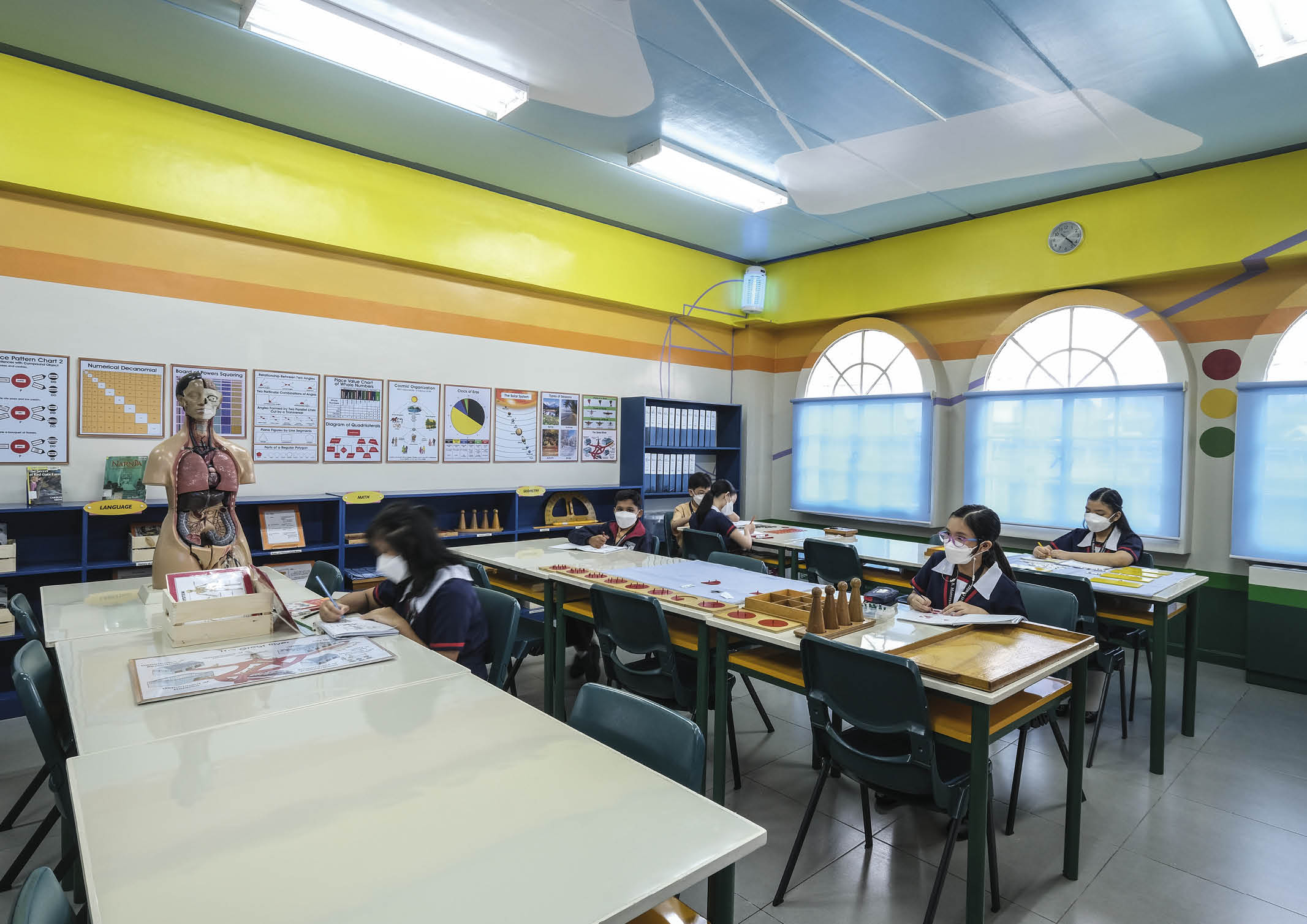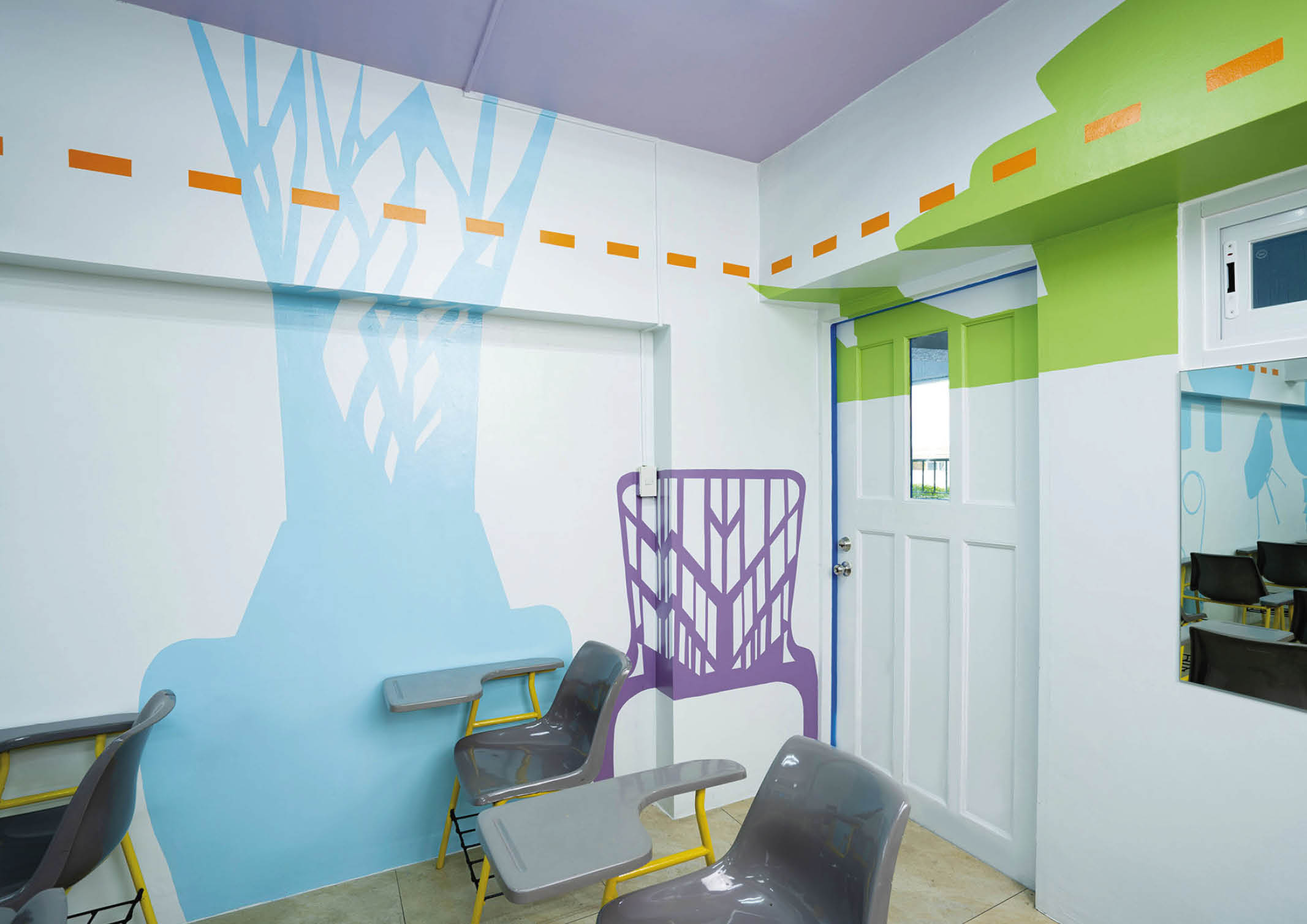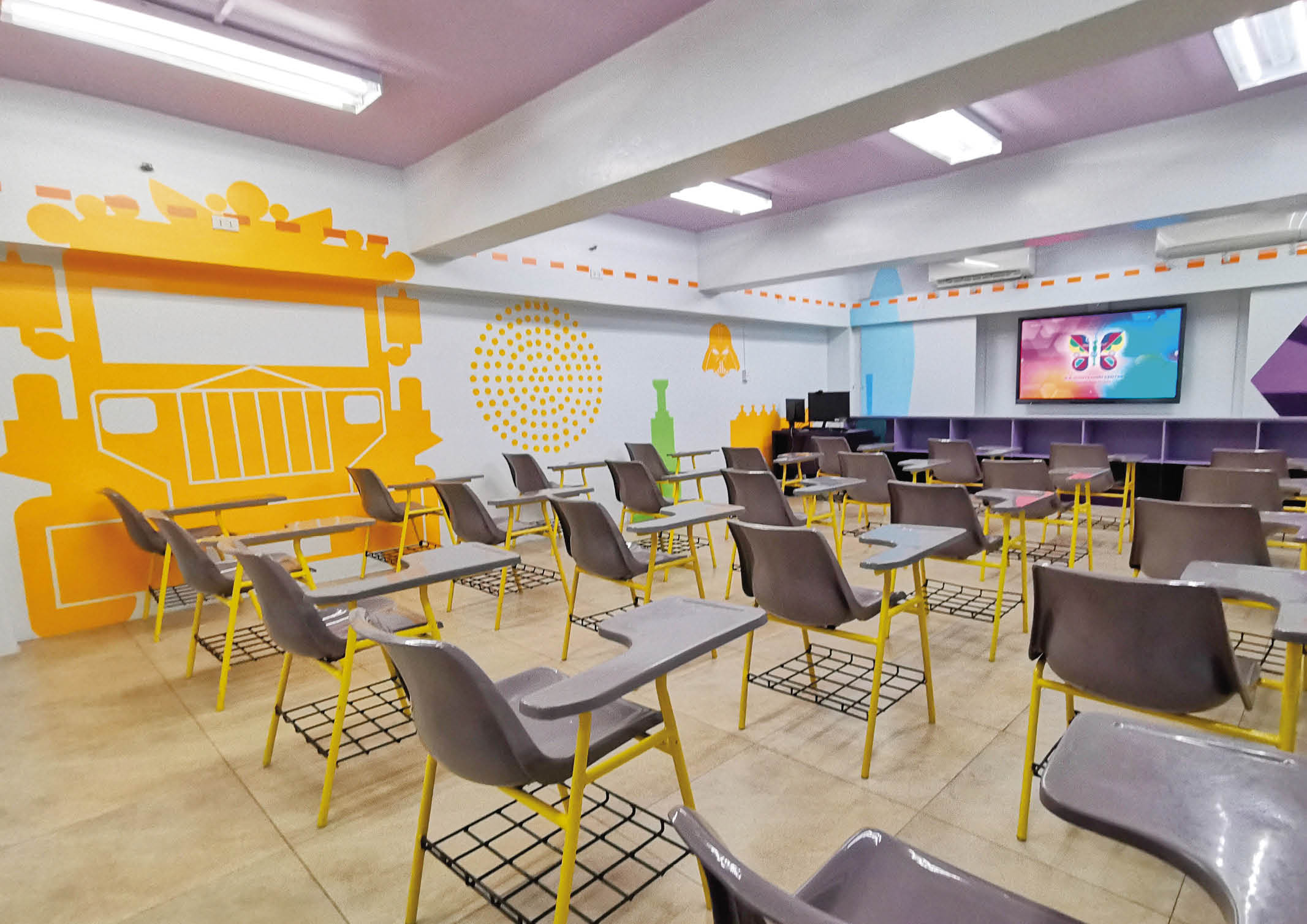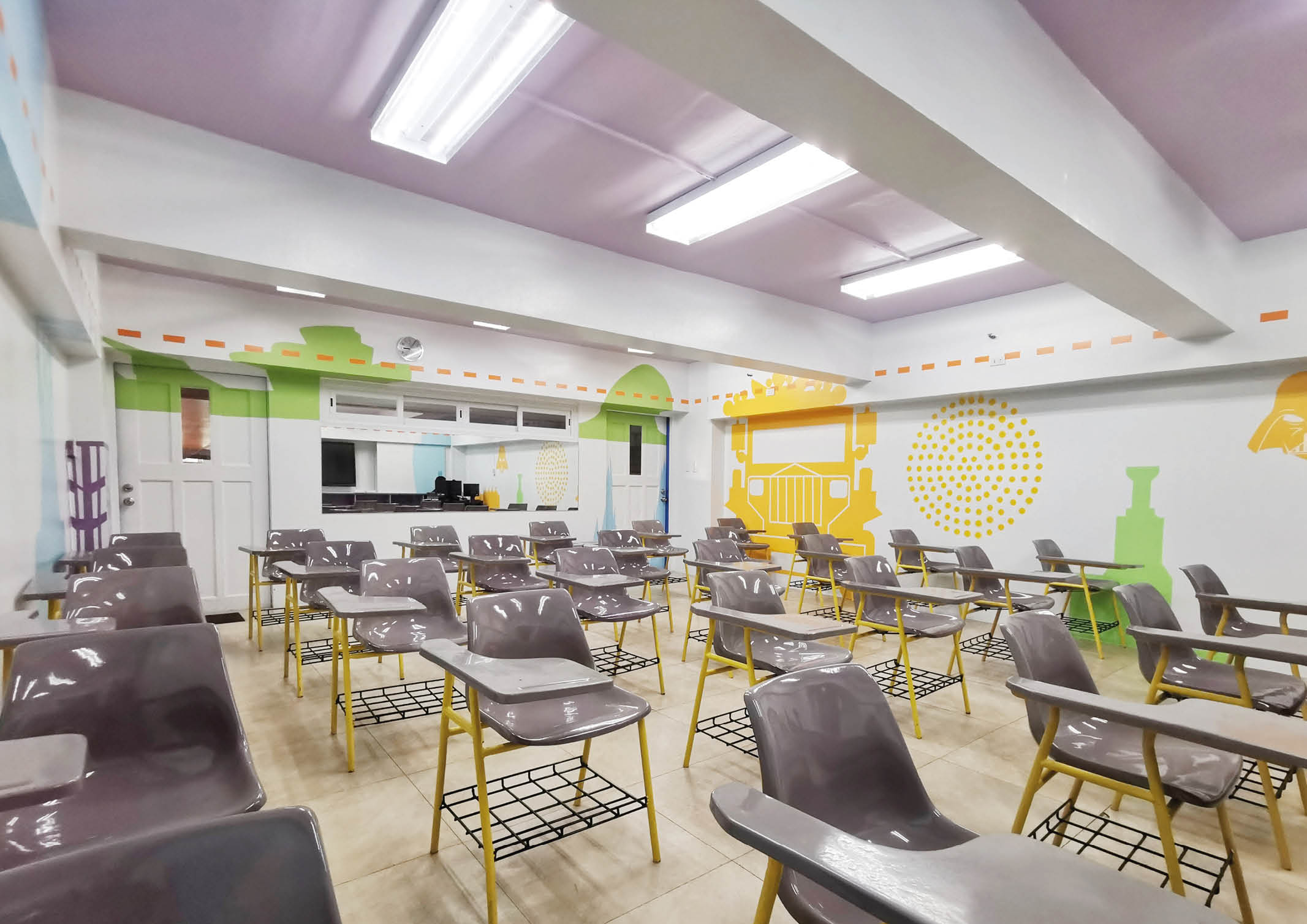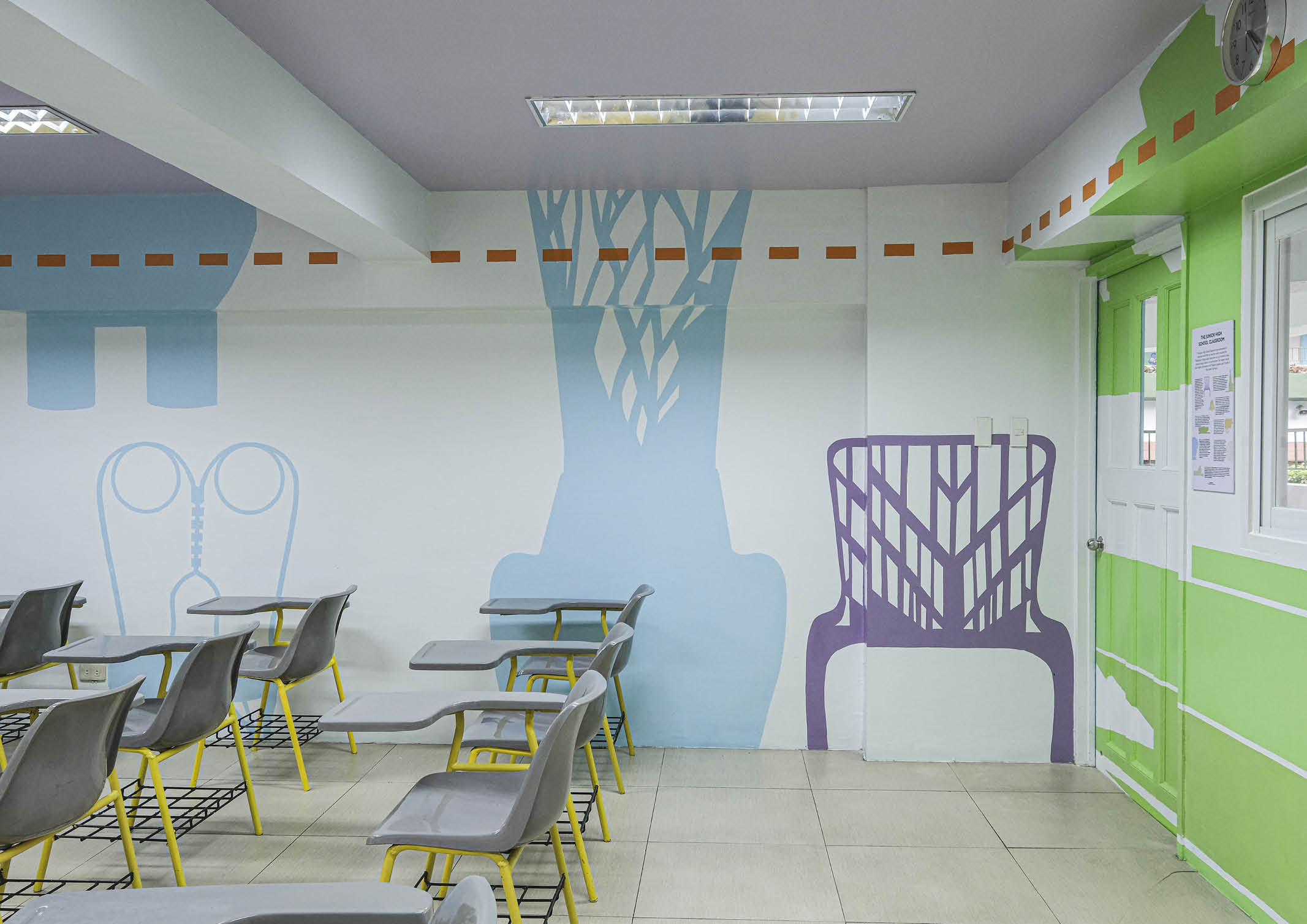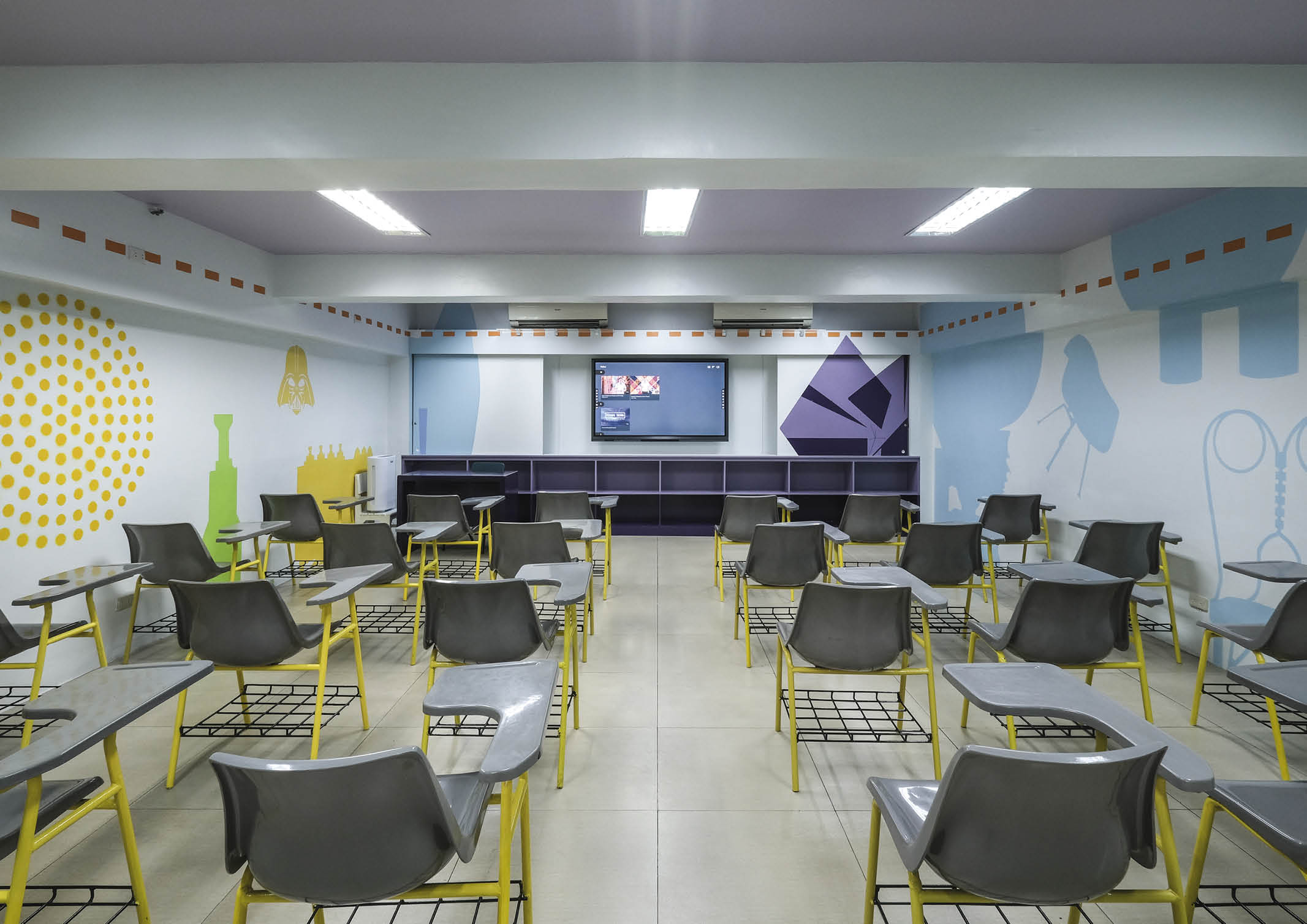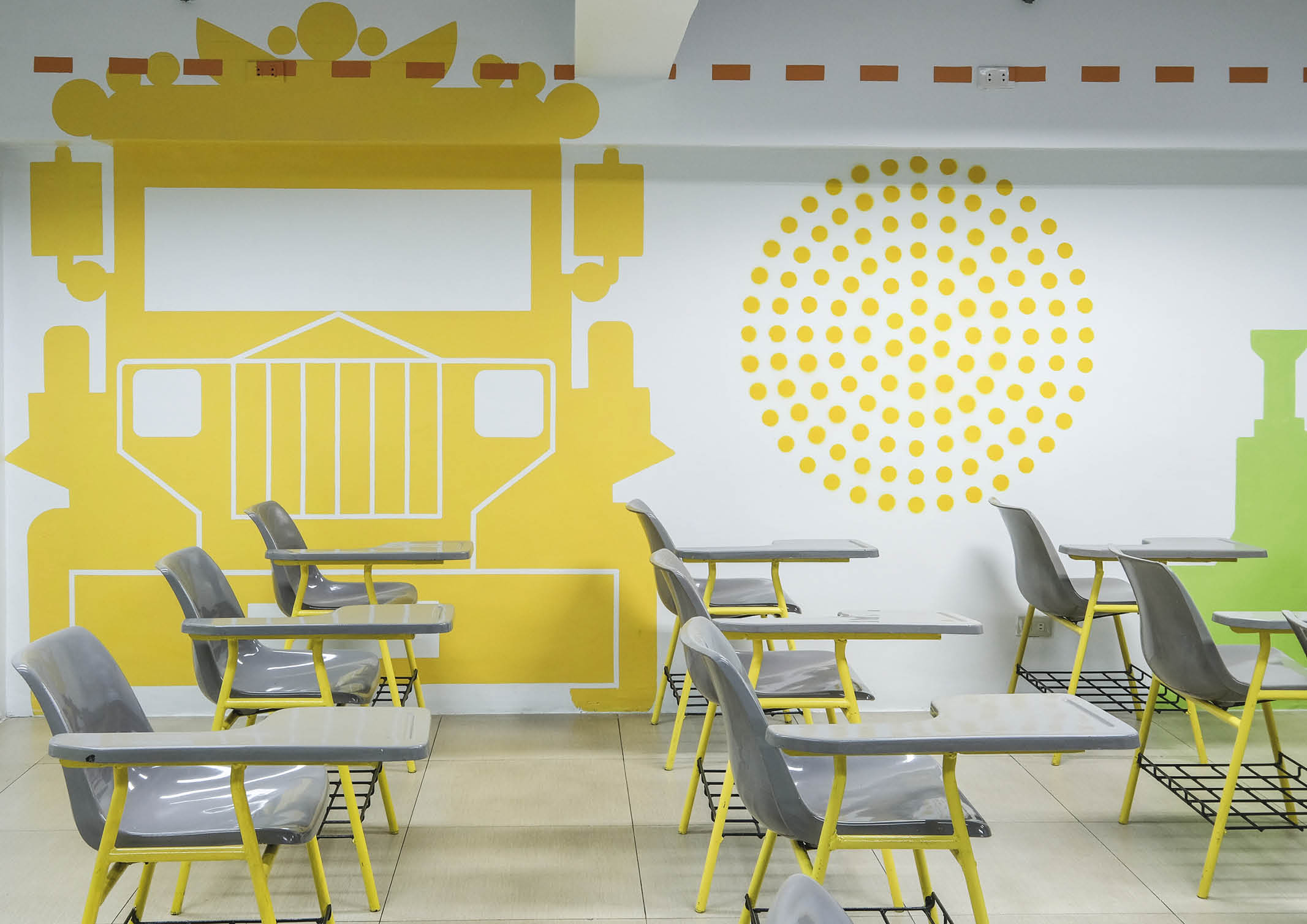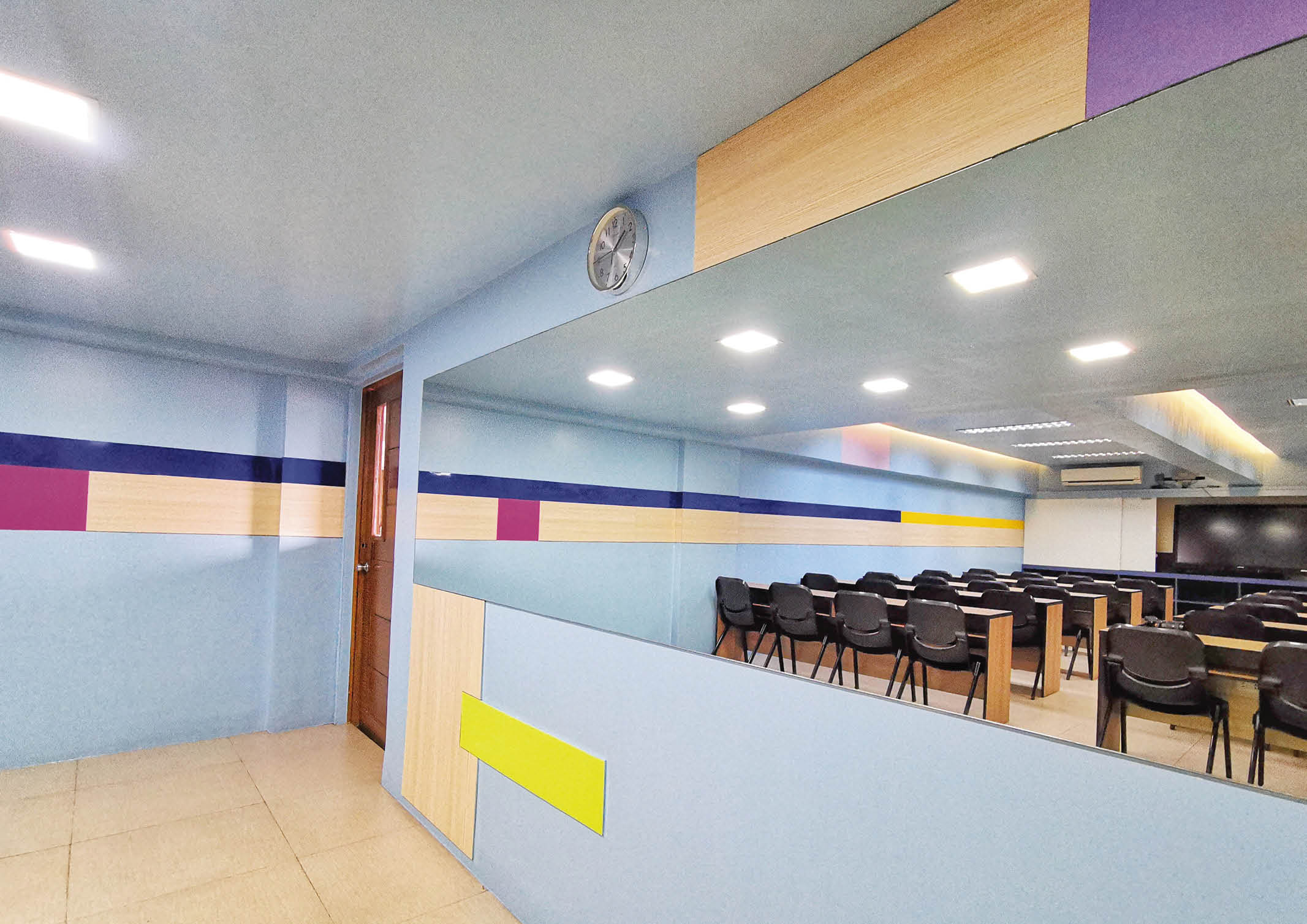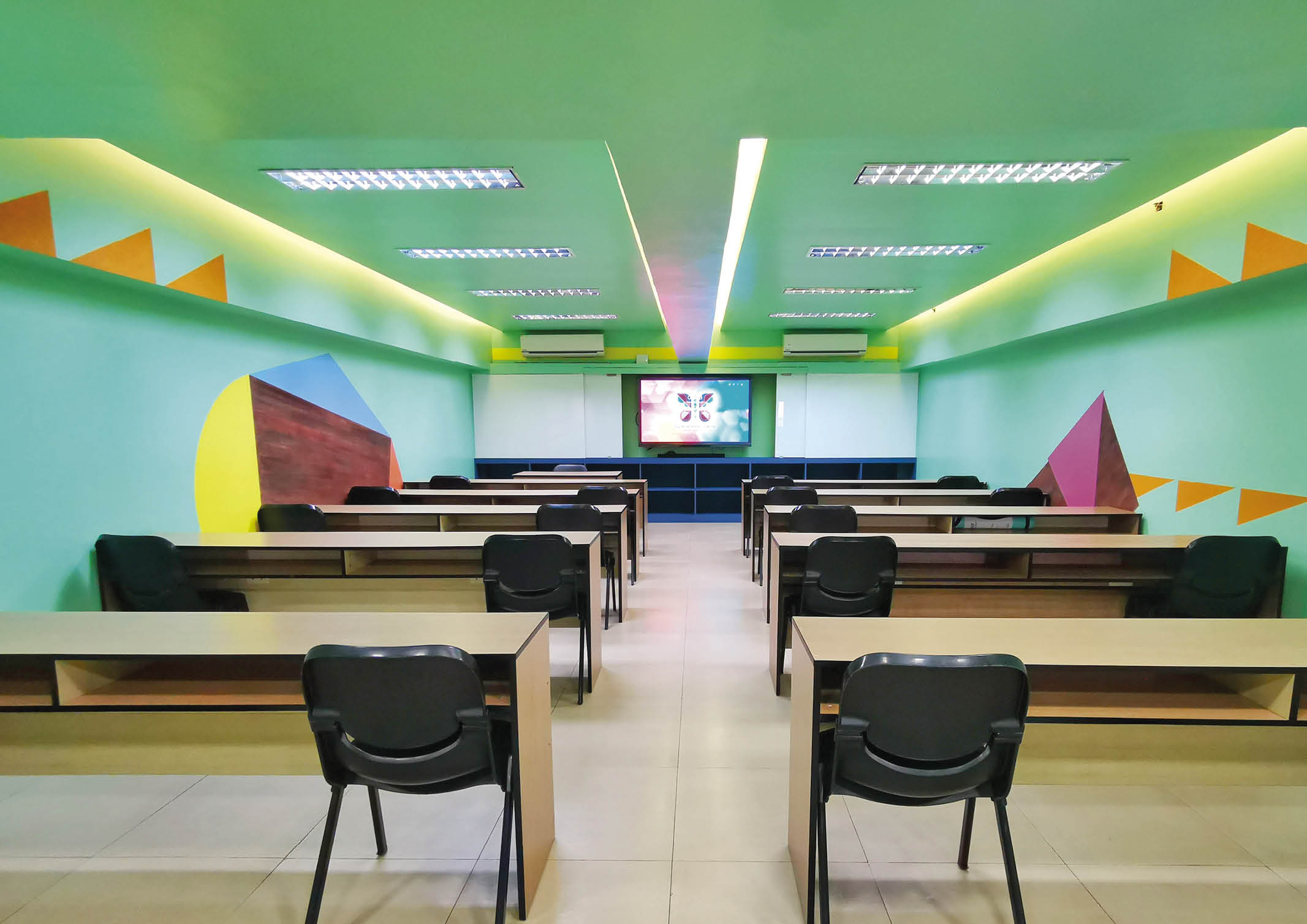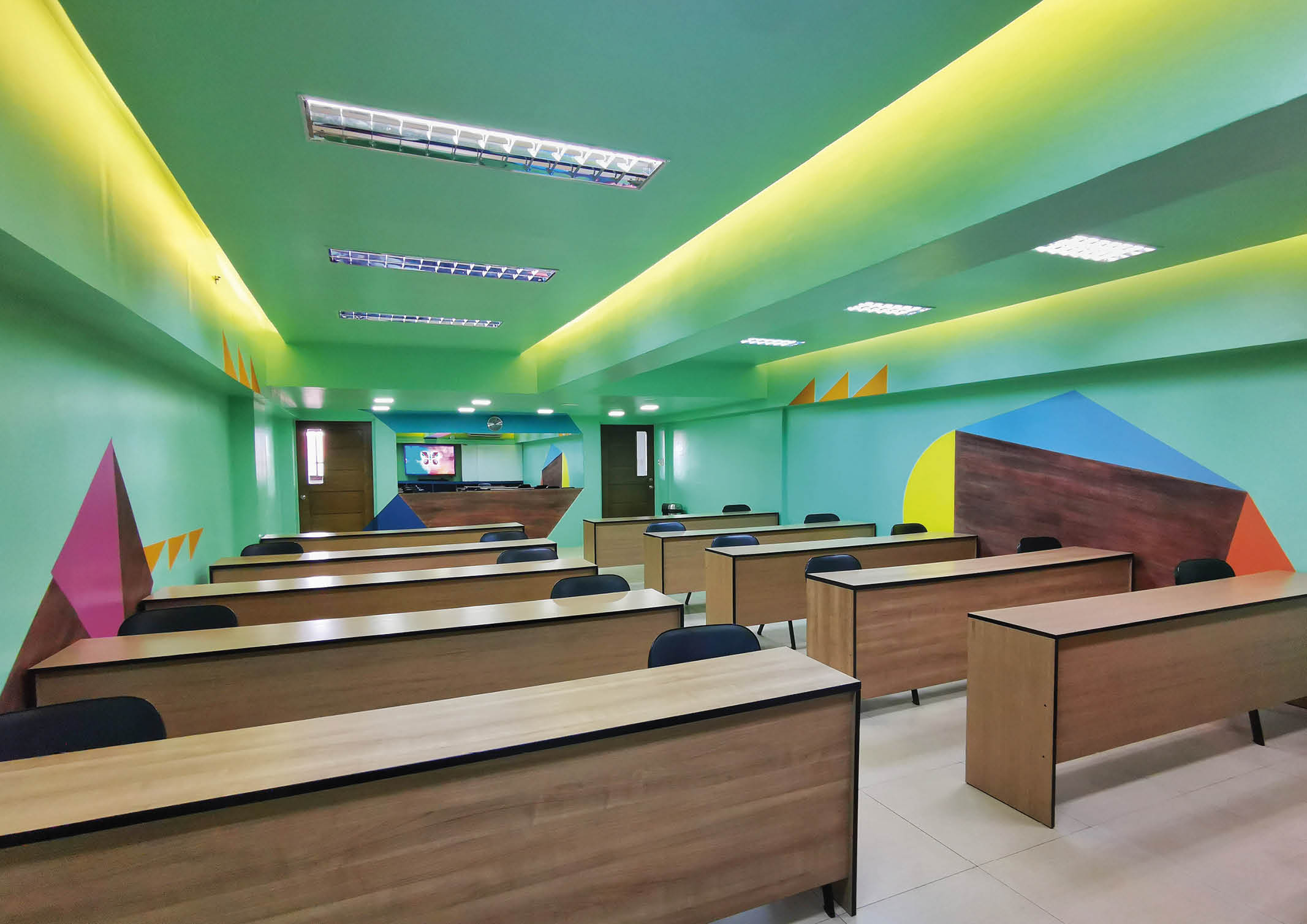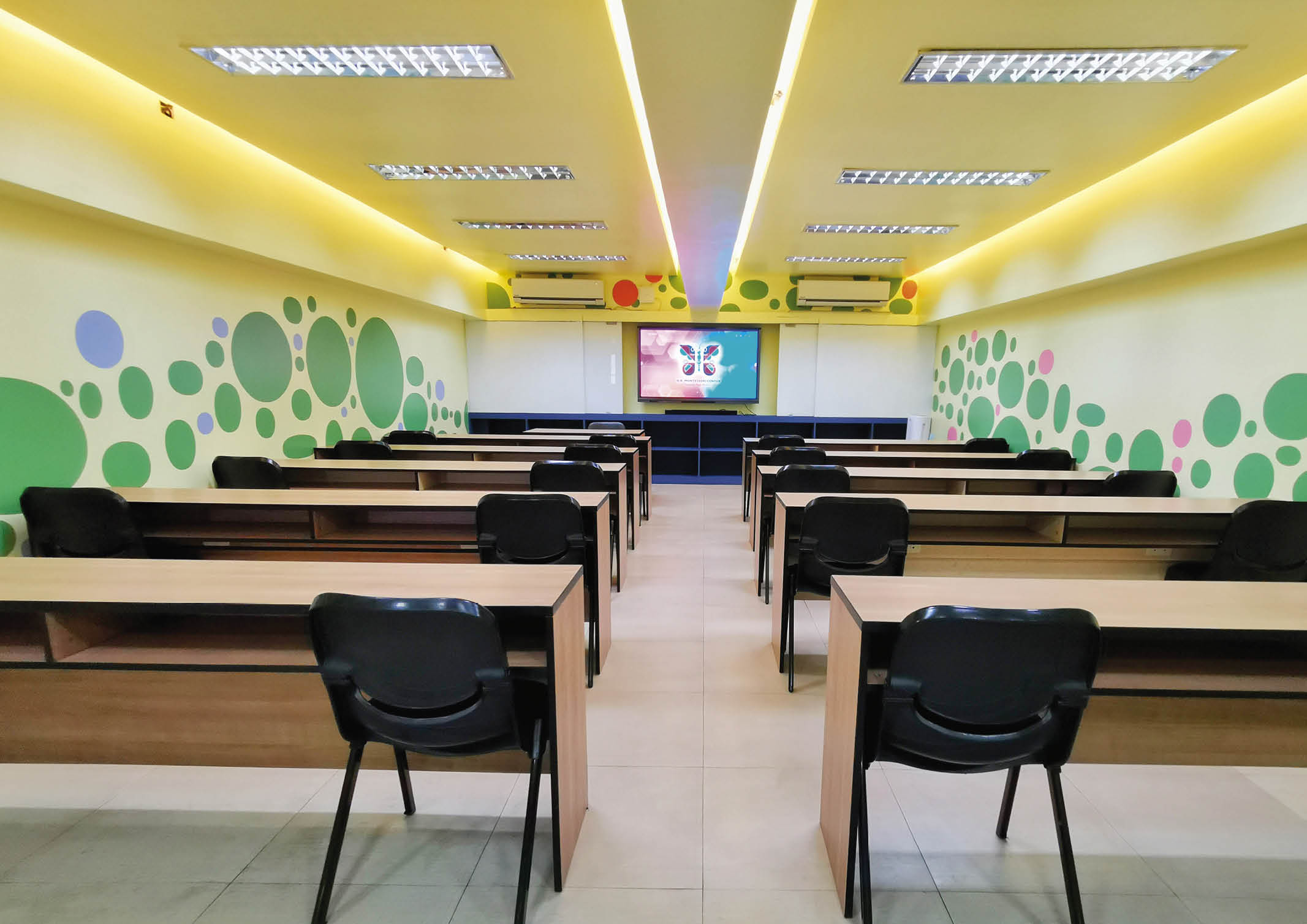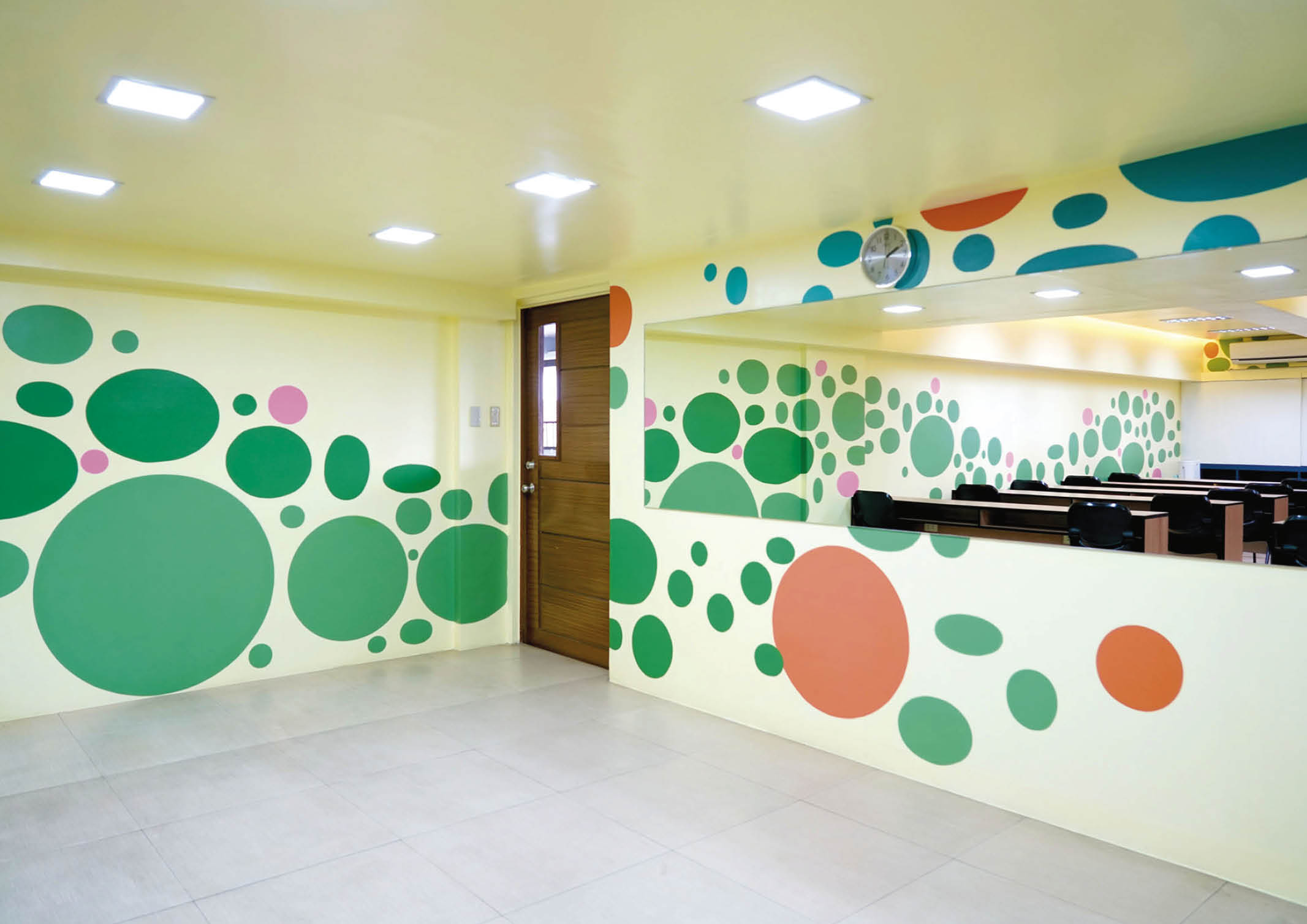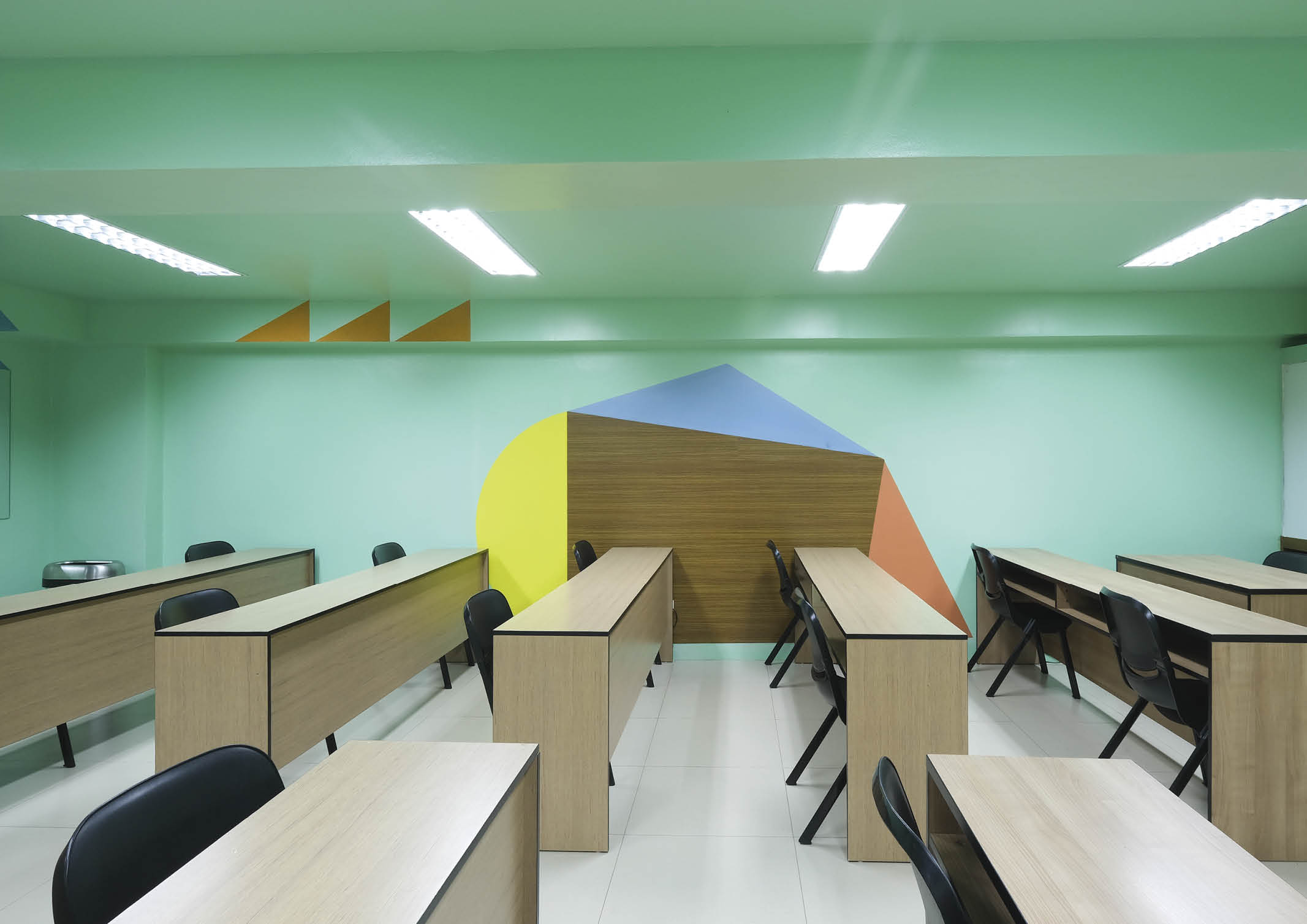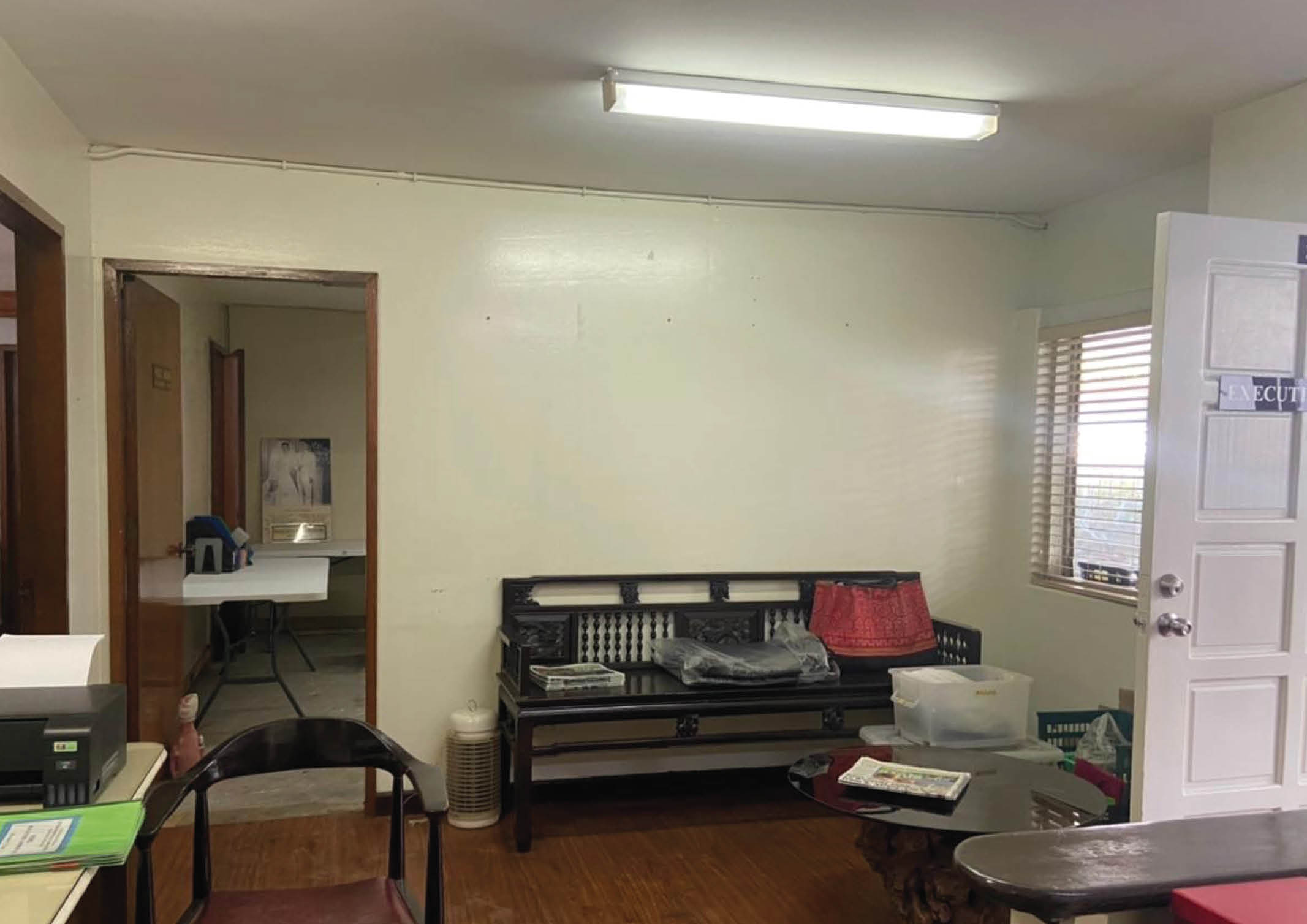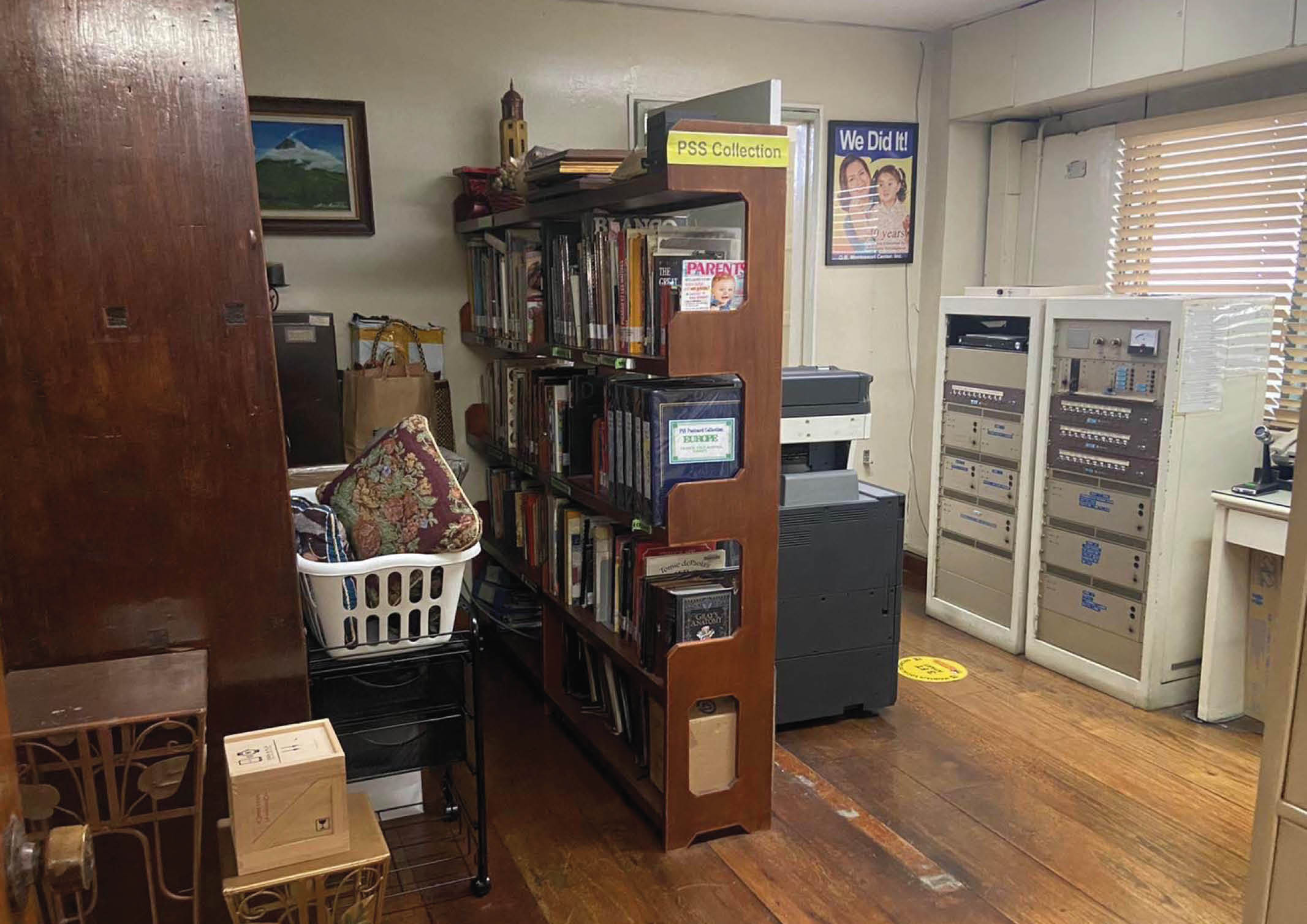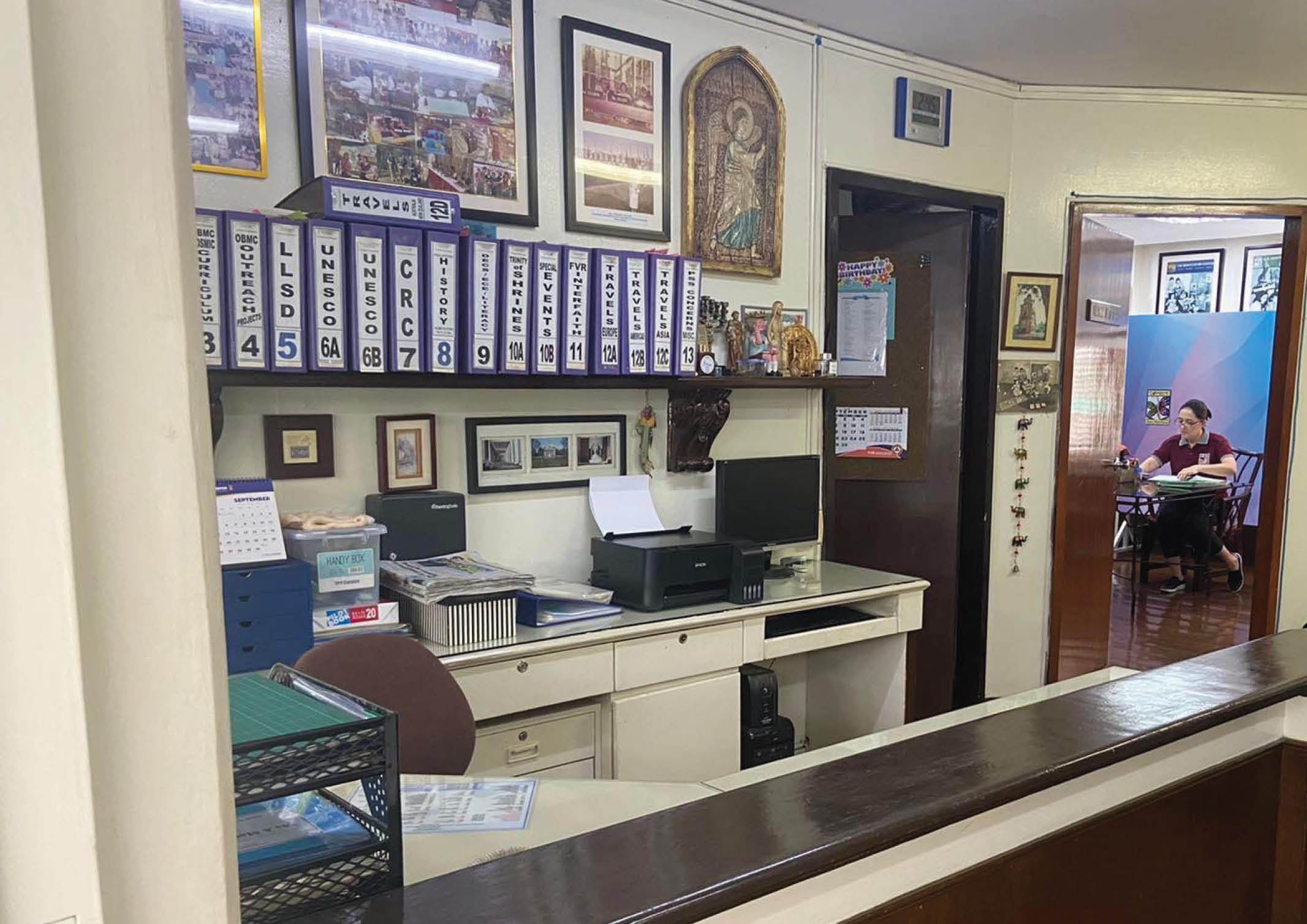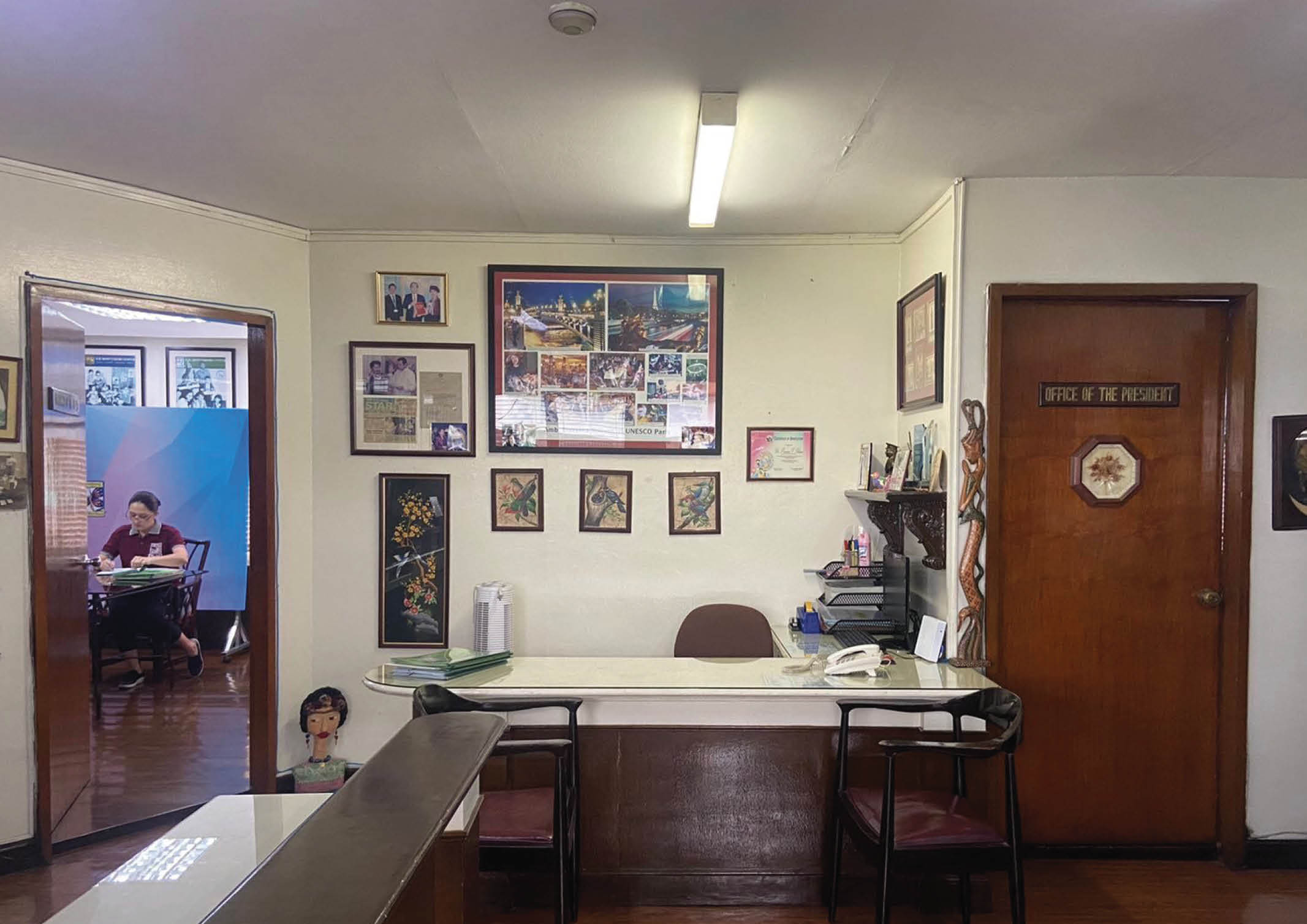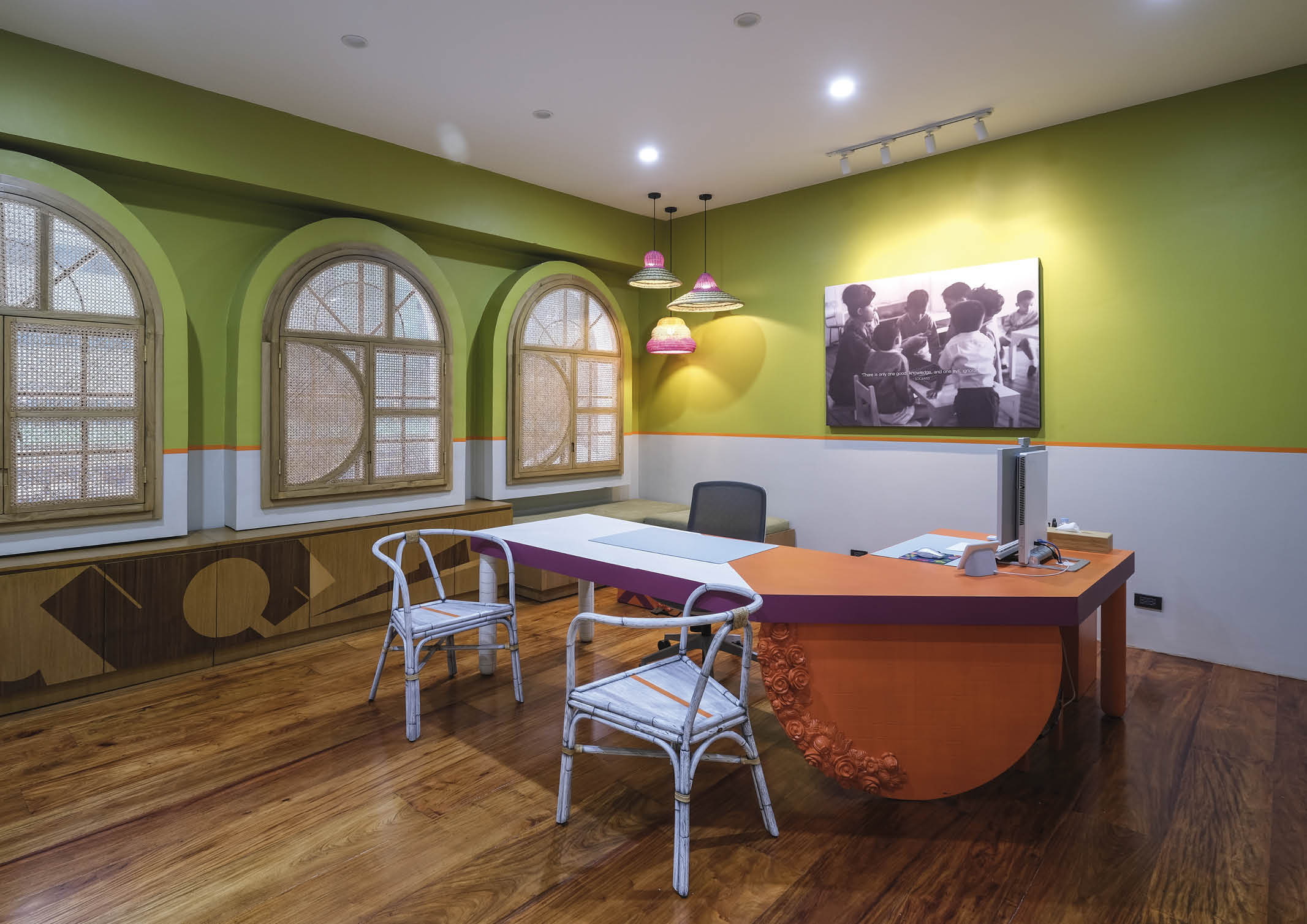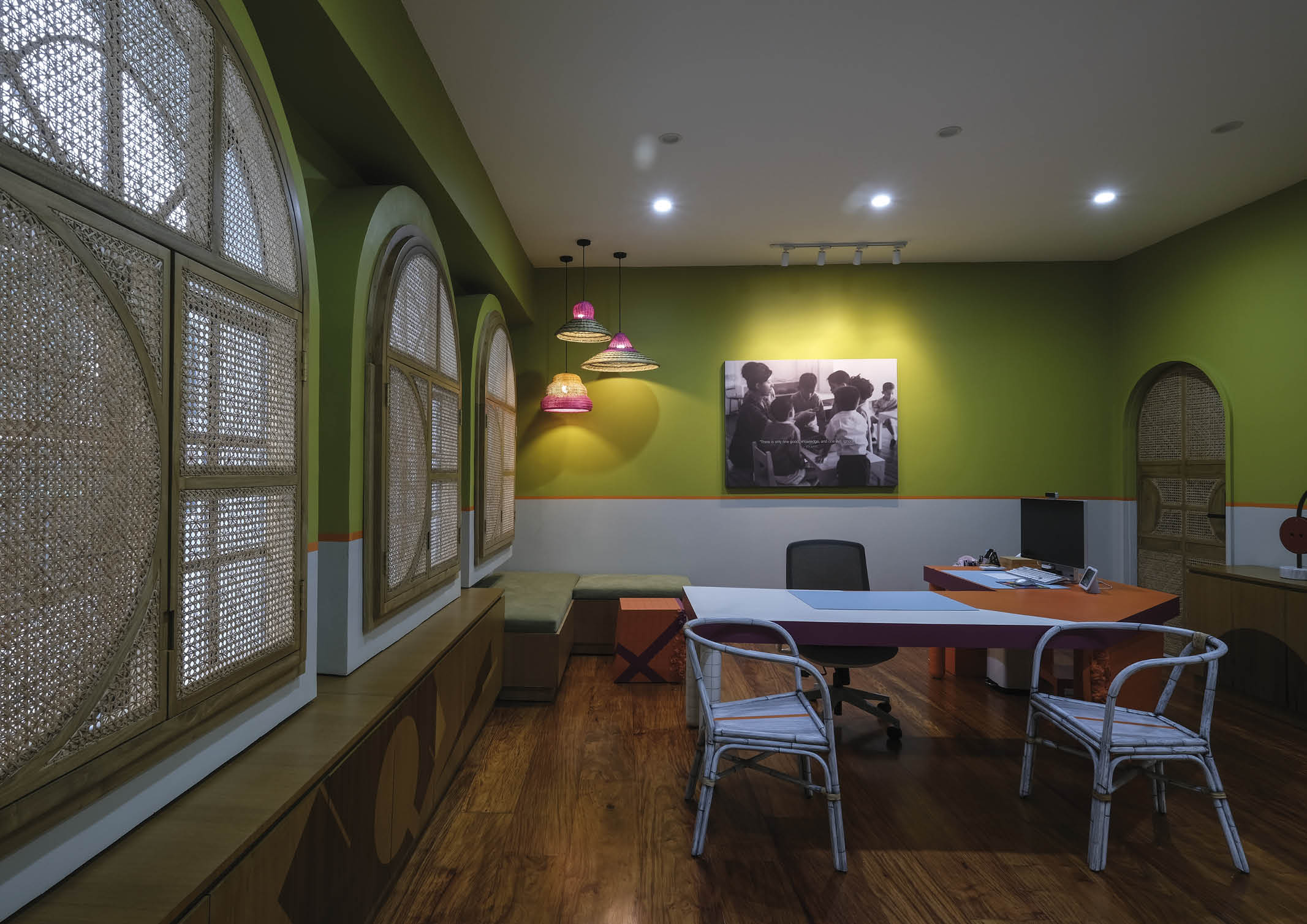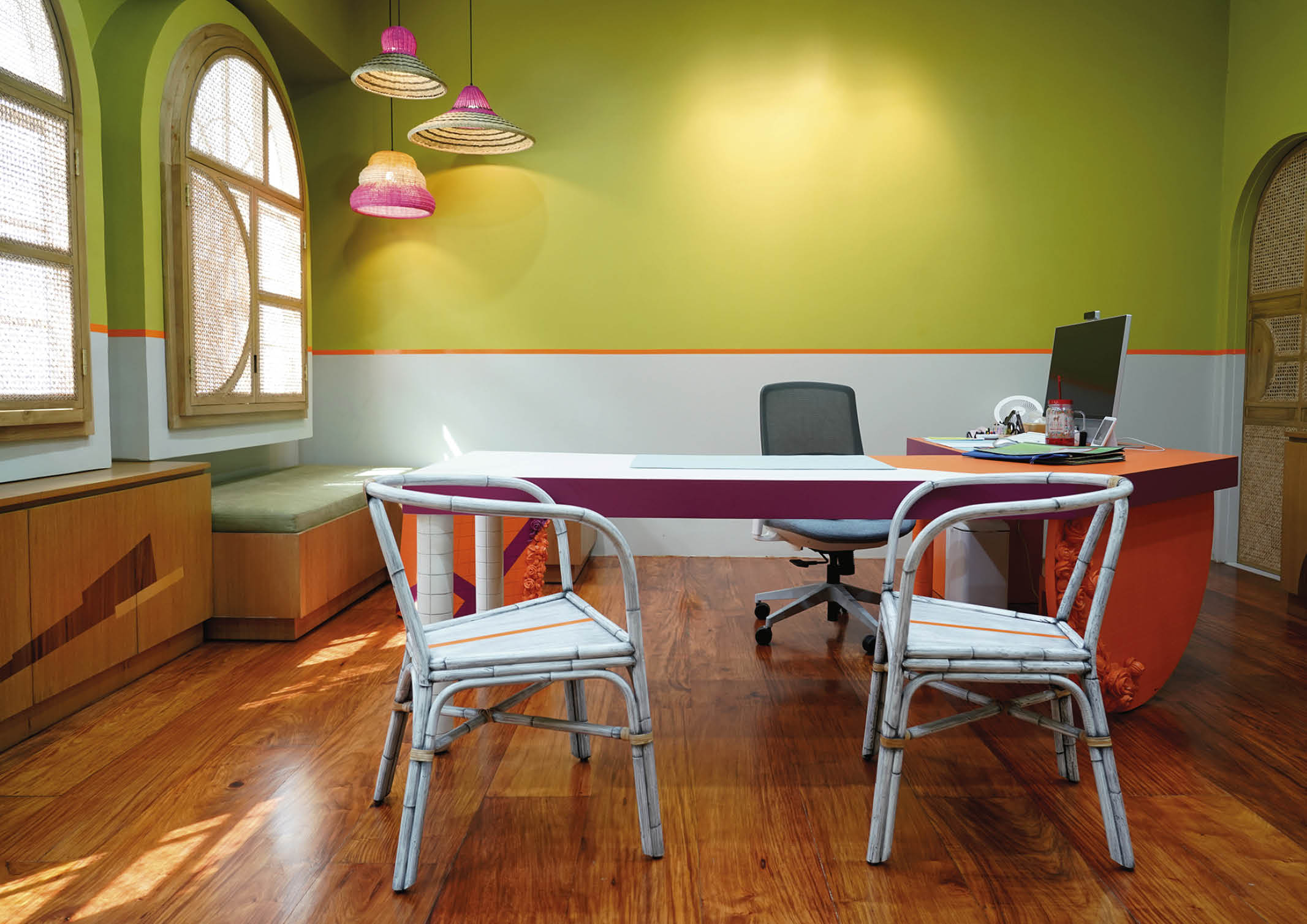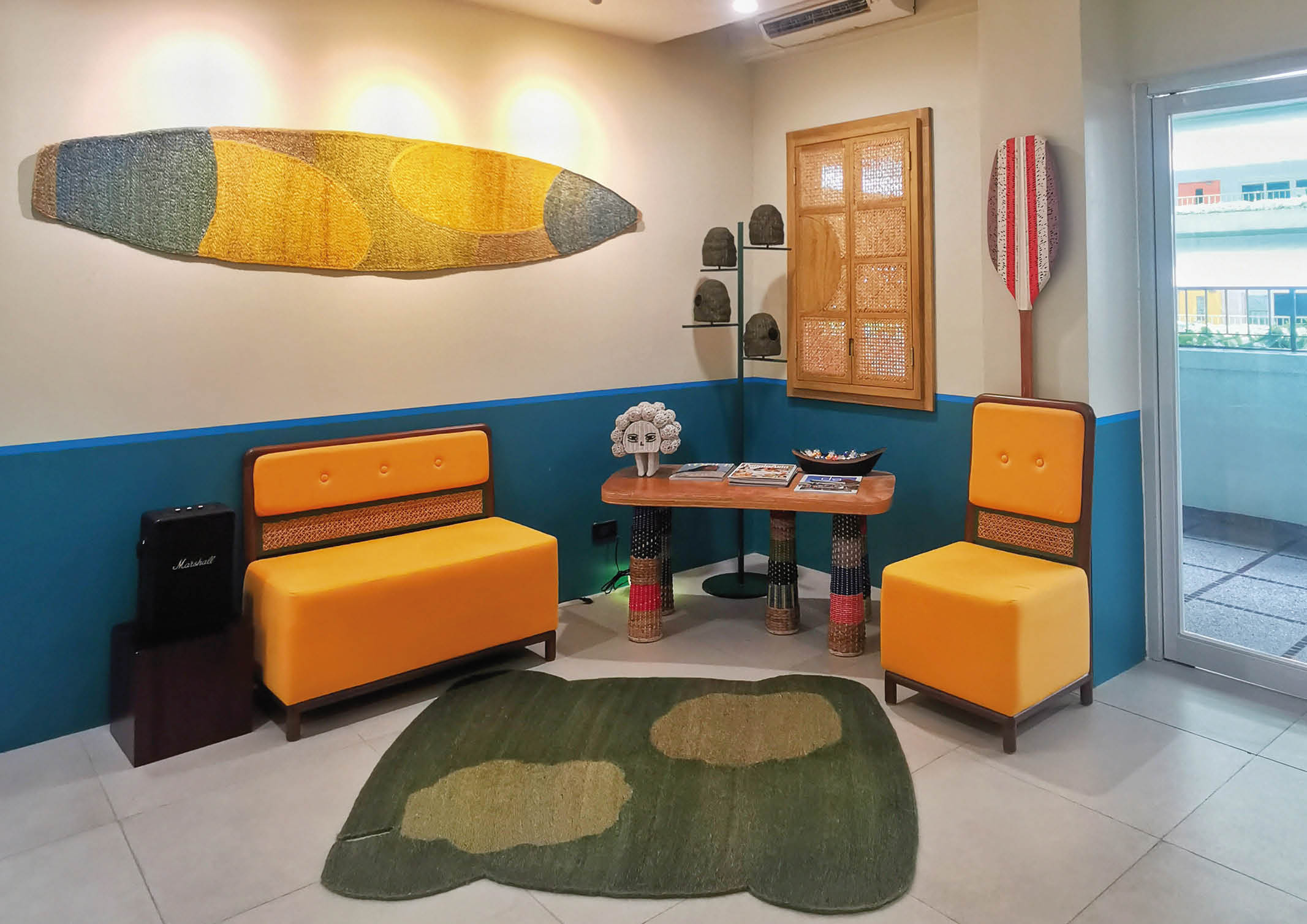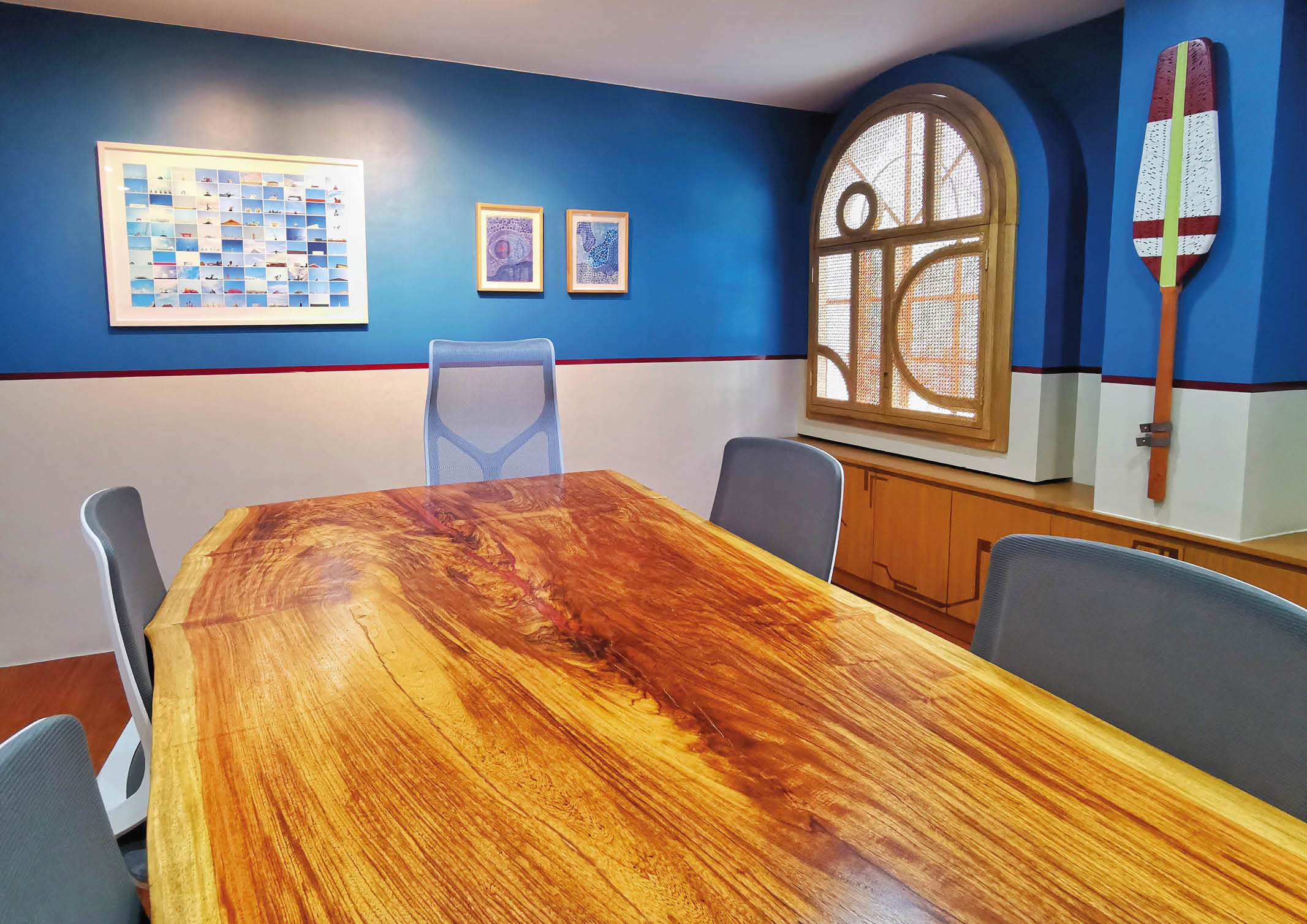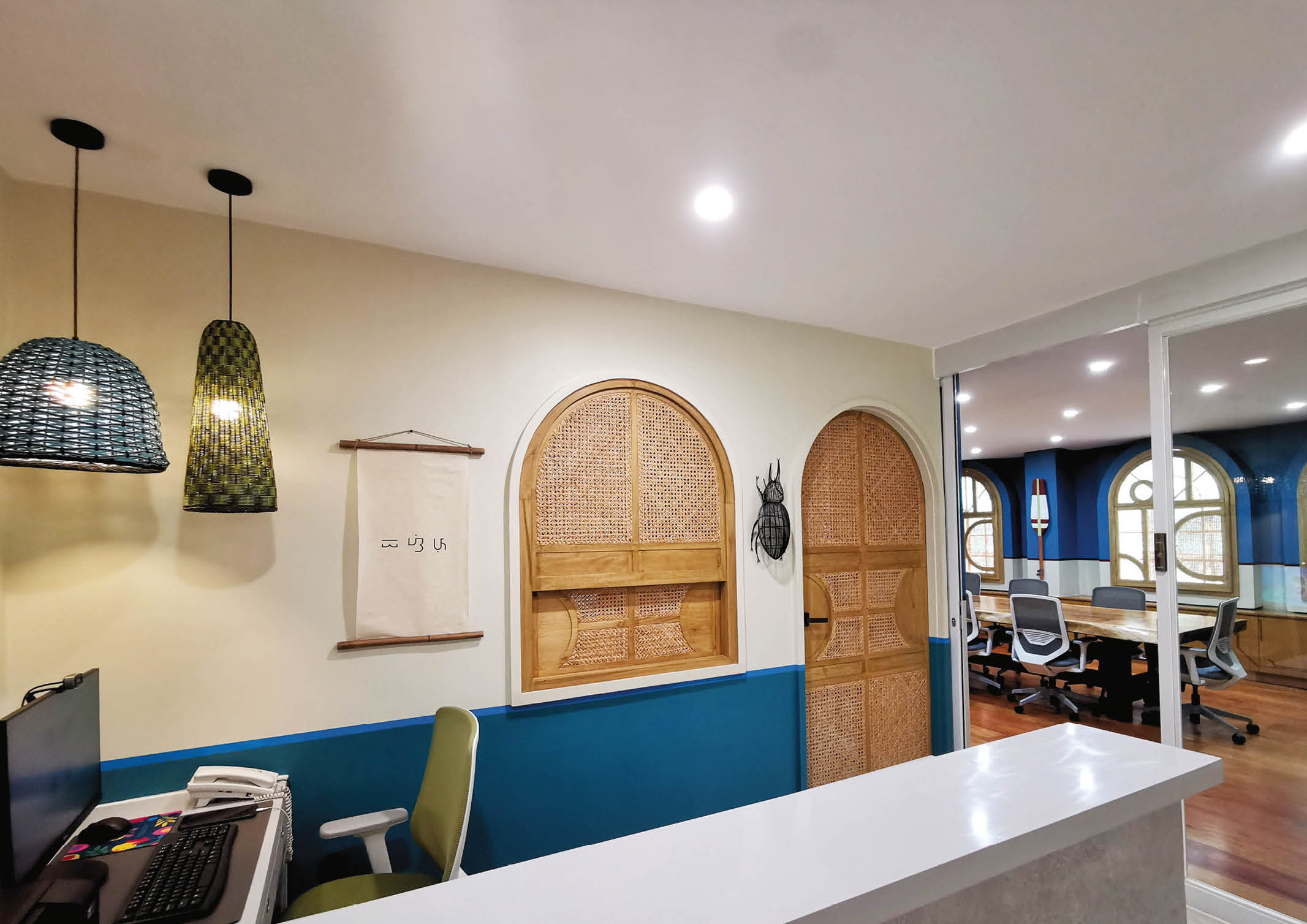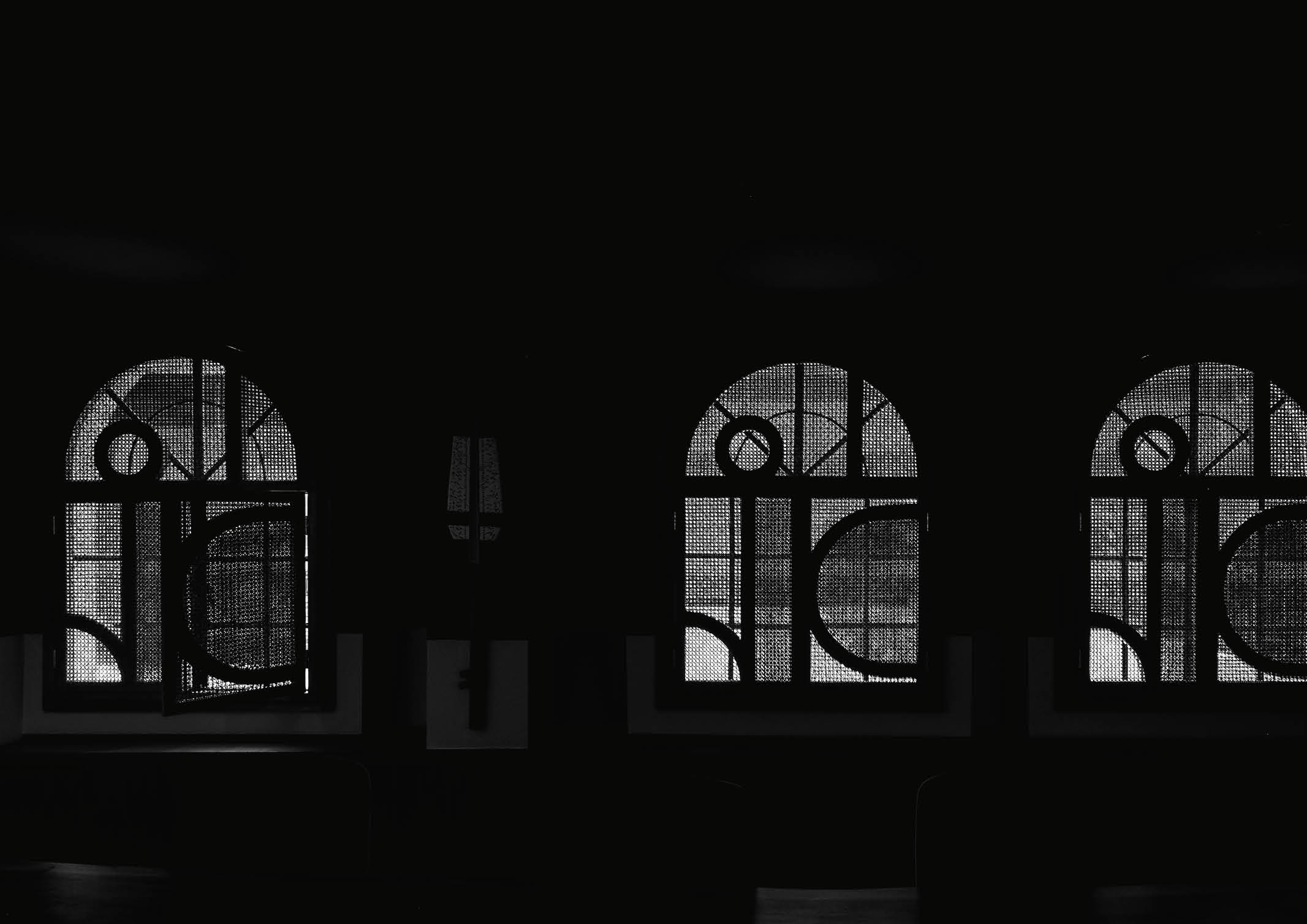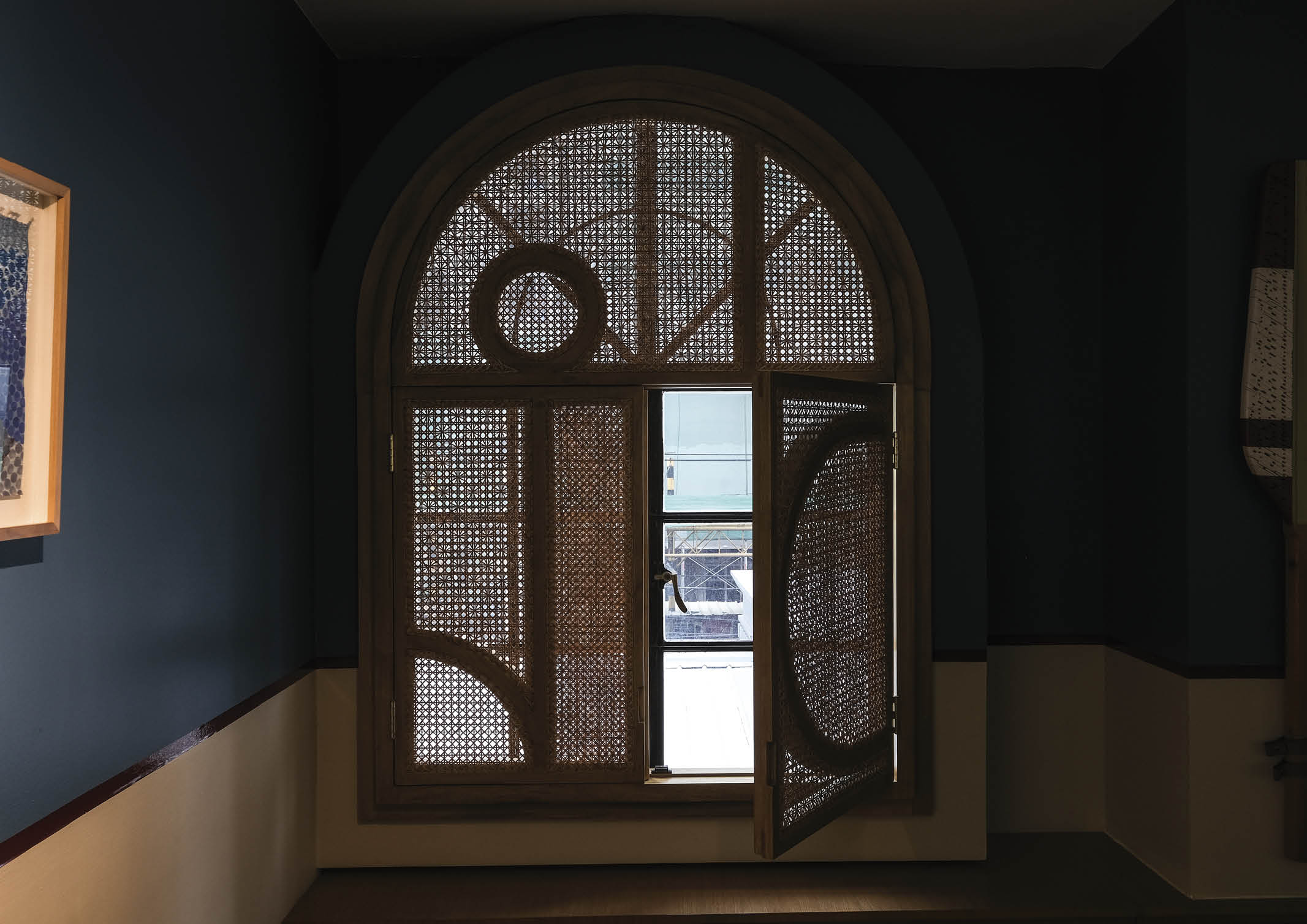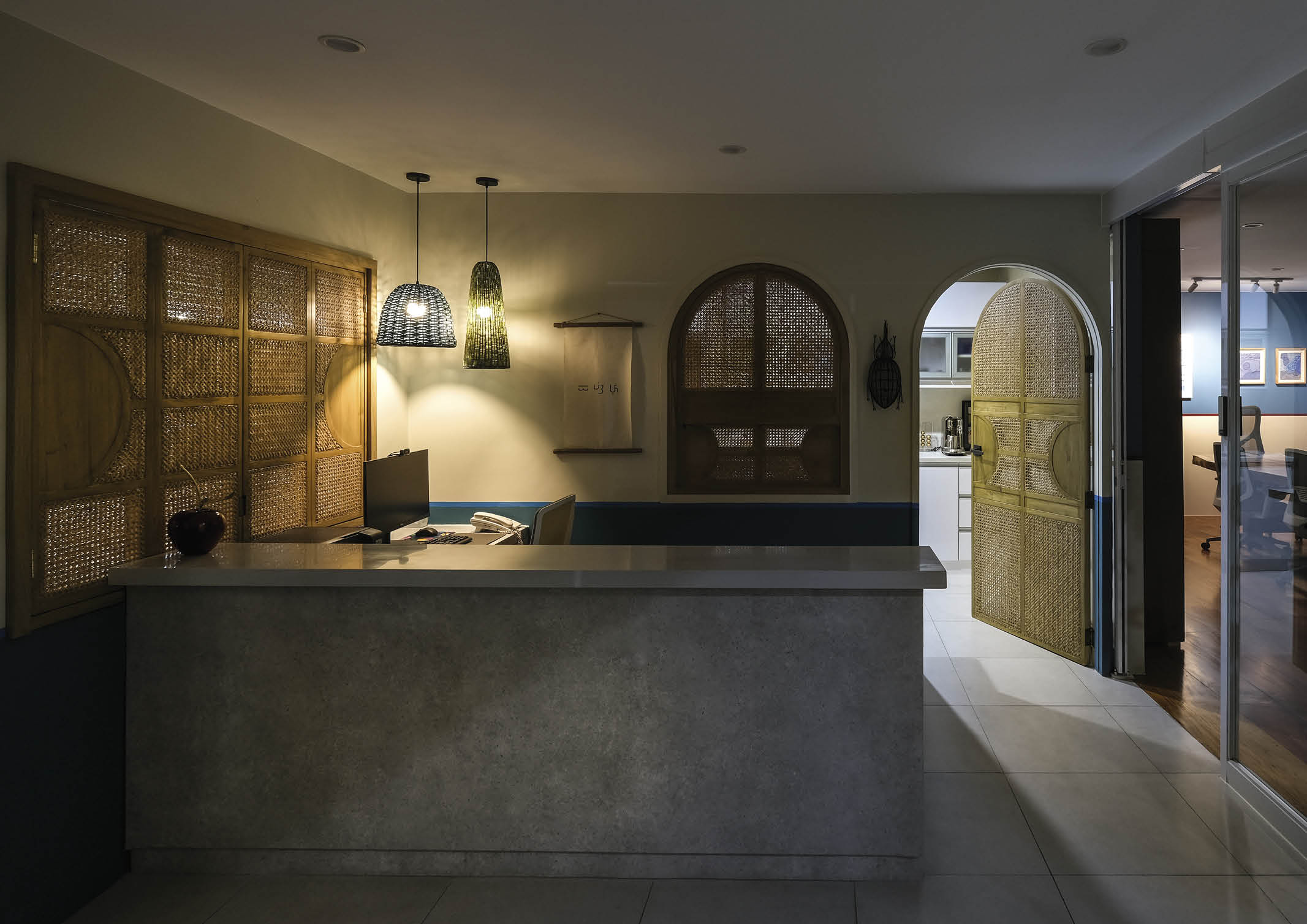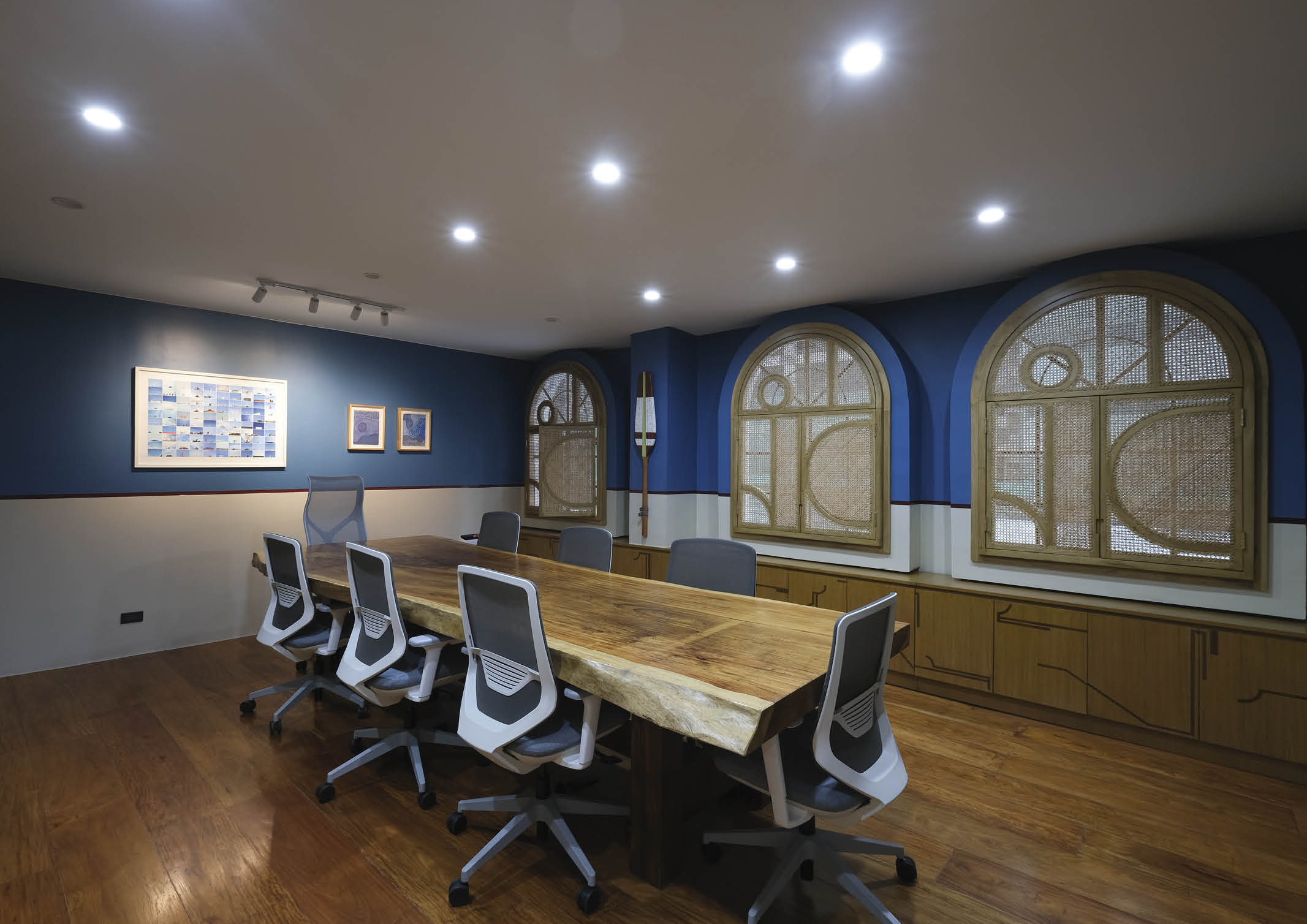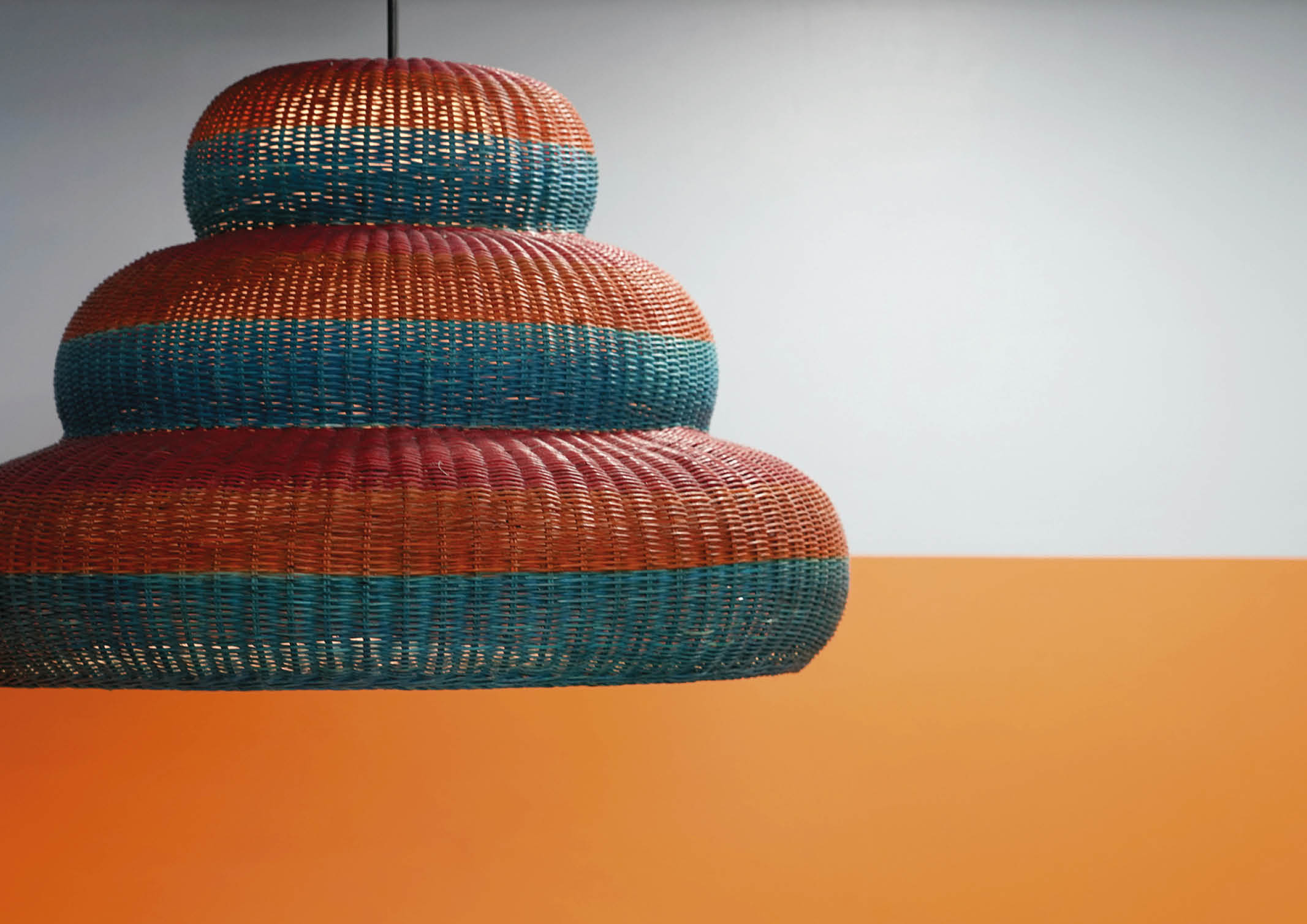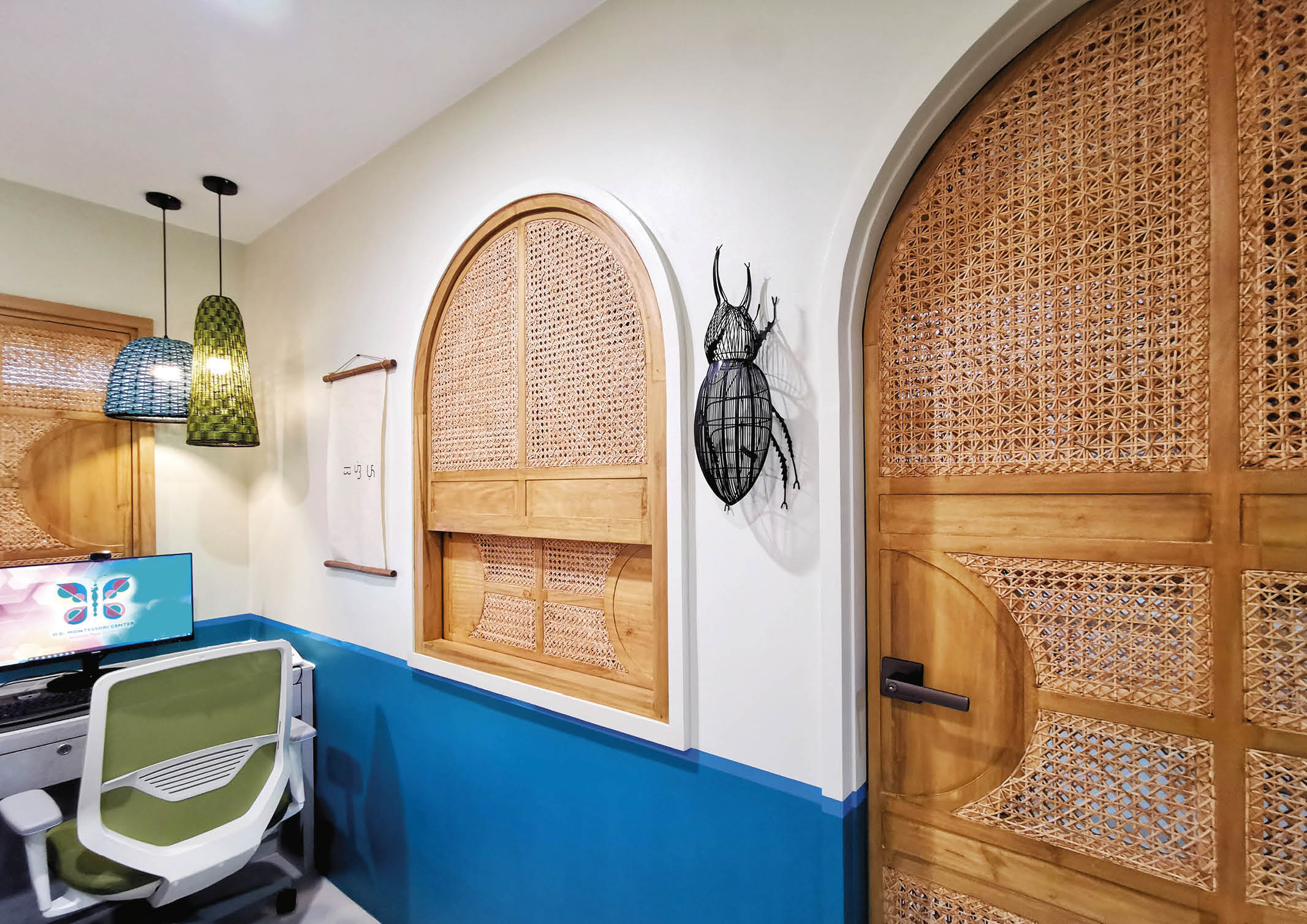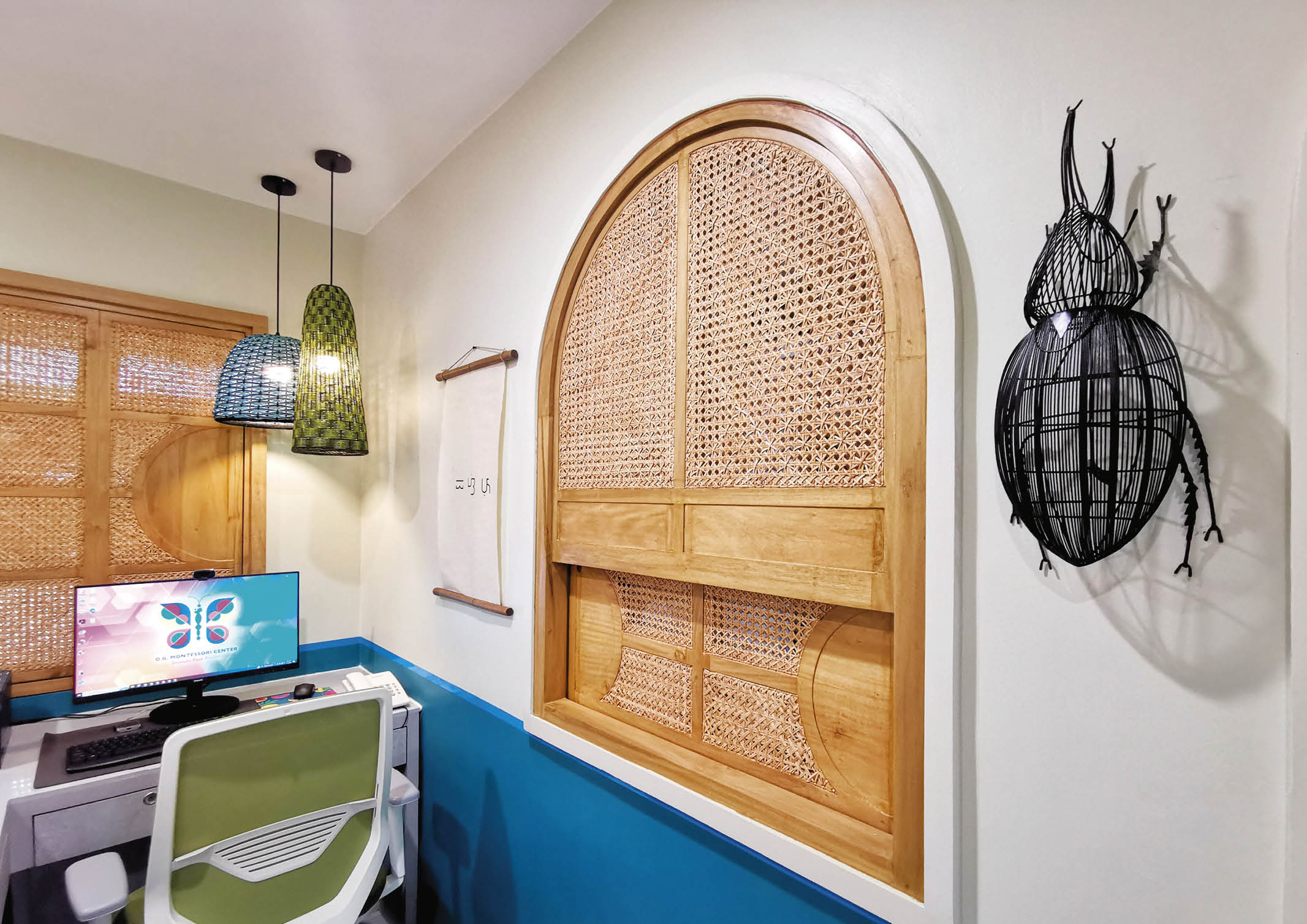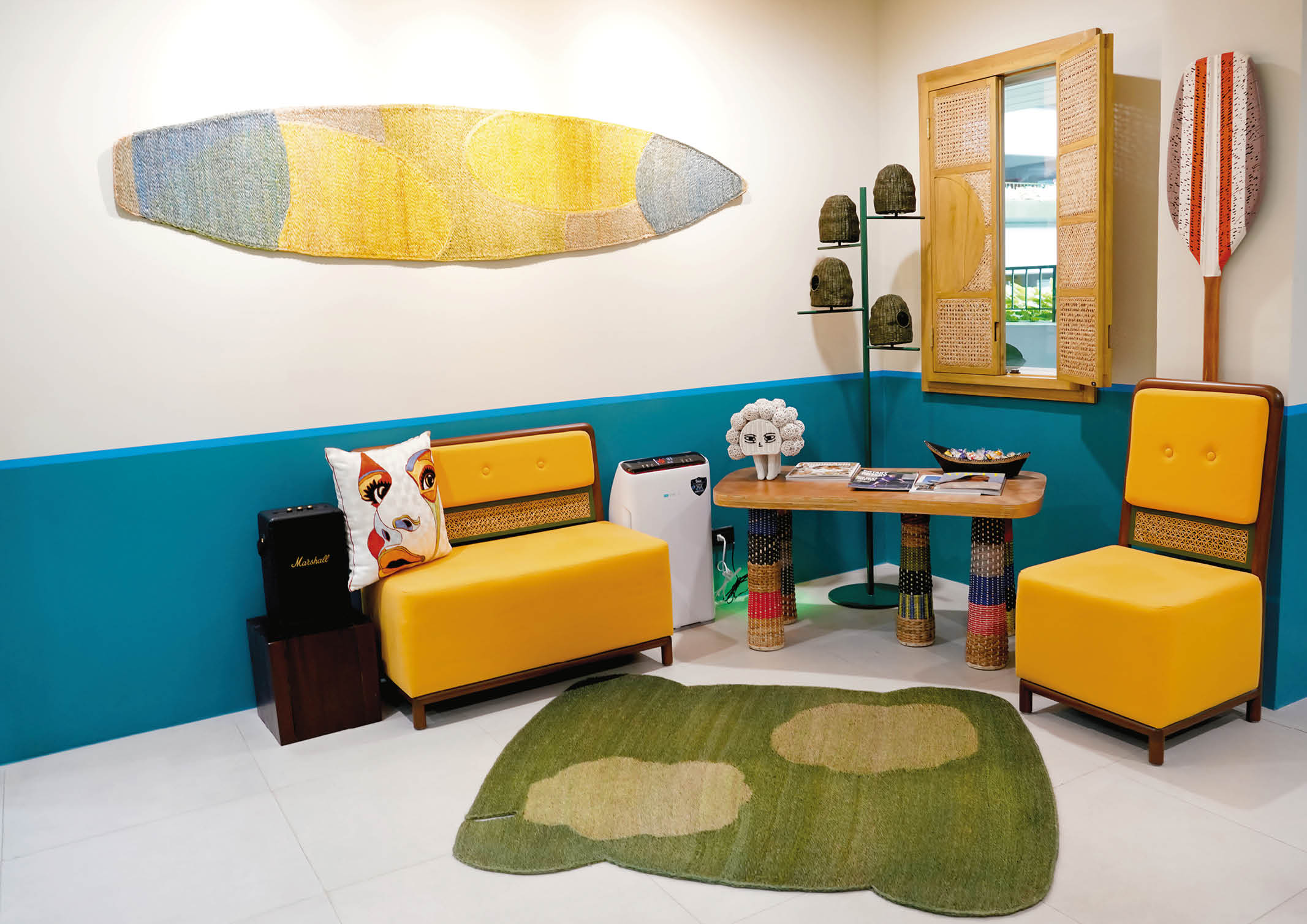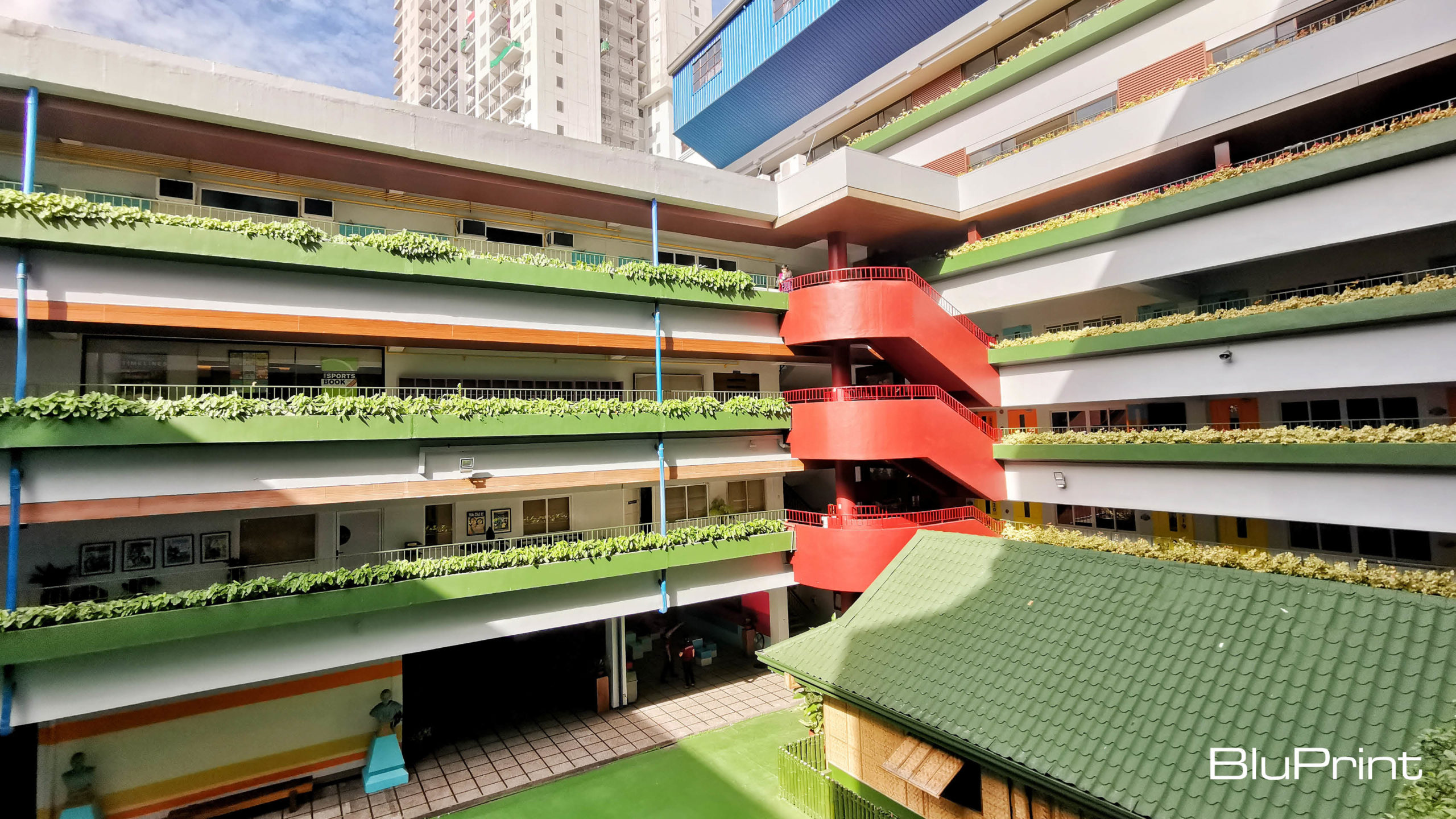
O.B. Montessori Center Welcomes Students with Revitalized Greenhills Campus
Learning in classrooms has a significant impact on student’s development. It encourages collaboration among students, boosts their social skills, and motivates them to reach their goals. In over two years, however, many students were deprived to experience the fun of studying in classrooms physically with their classmates due to the global pandemic.
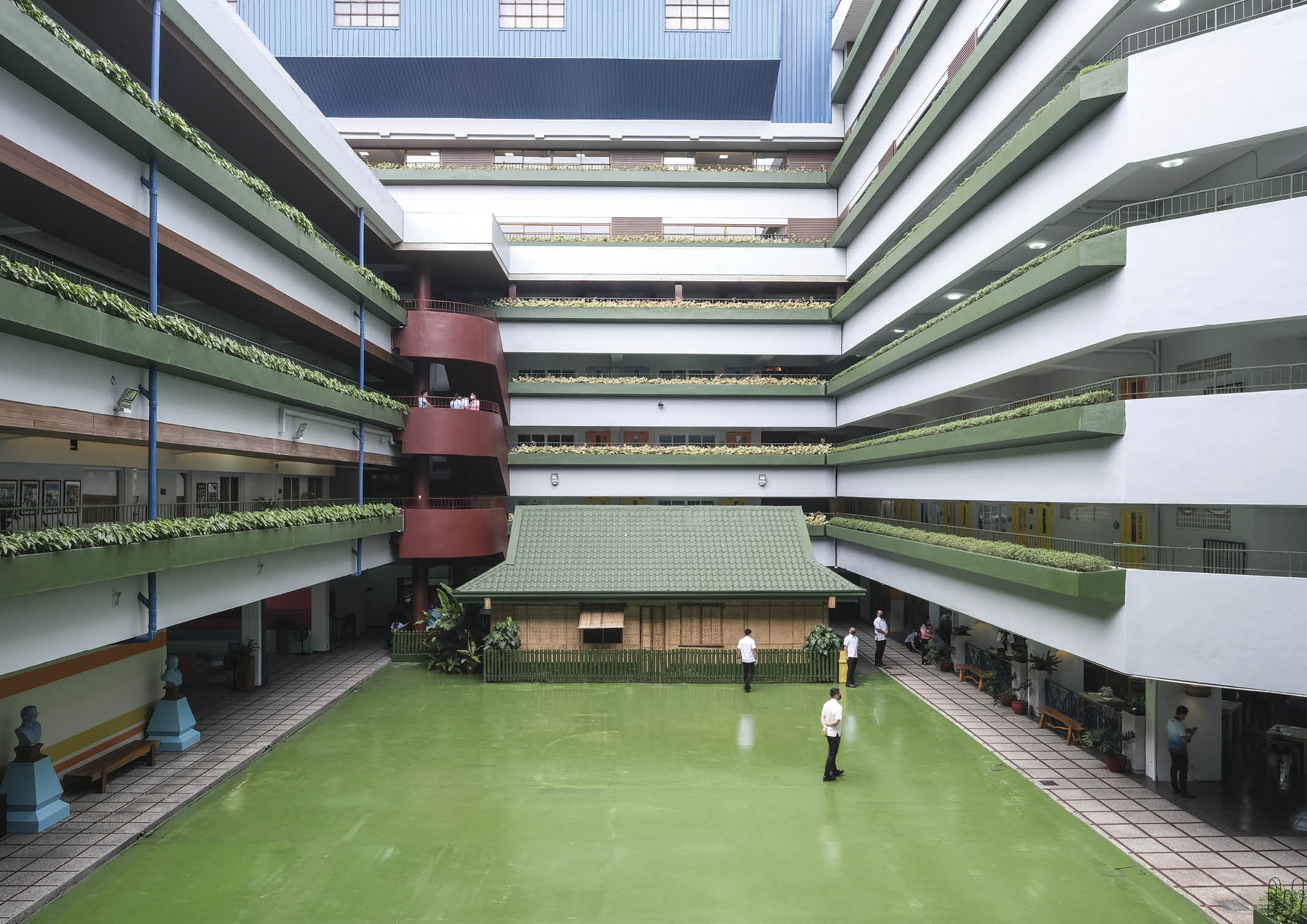
As the health protocols ease in the Philippines, many schools have started to implement face-to-face classes. But students have already adapted to the online class setting where they can study in the comfort of their homes. Schools, like O.B. Montessori Center (OBMC), had to make sure students would get excited to have face-to-face classes again.
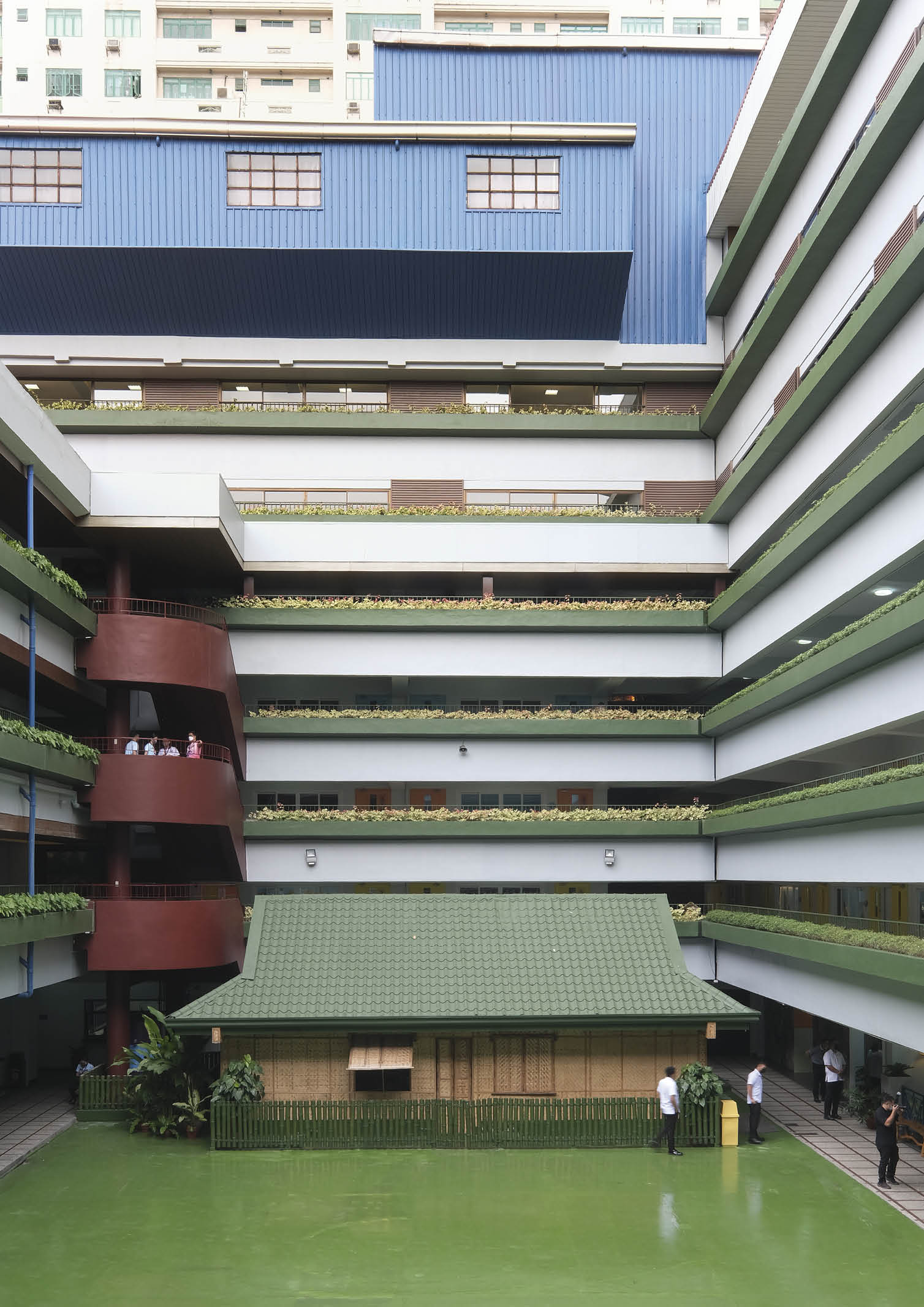
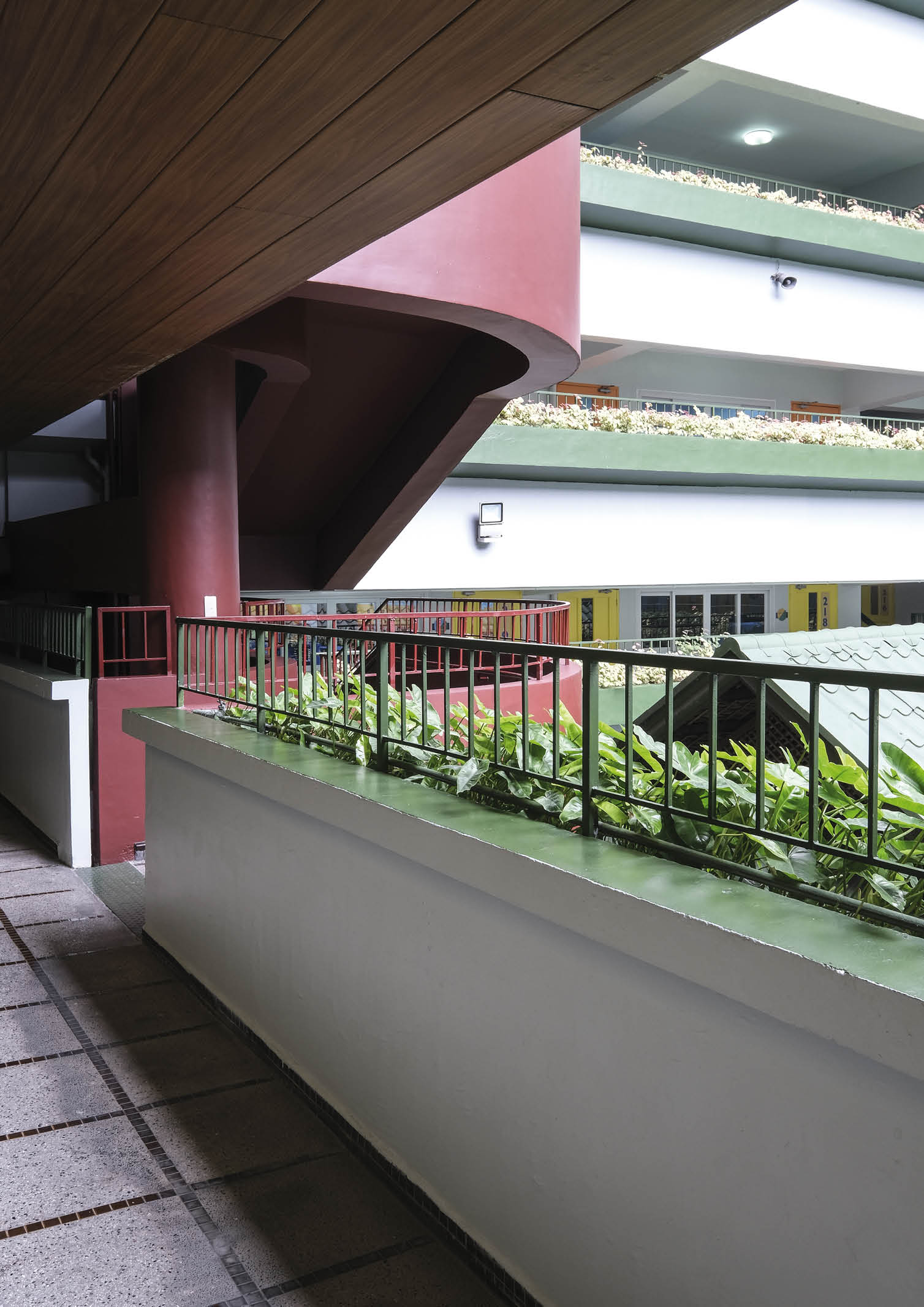
“When the government directed us to get ready for face-to-face classes, I couldn’t accept the fact that students will just come here and we will just prepare a COVID protocol. We needed to touch the spirit of the children. Through that, I thought we needed to have a change of vibe. We needed to have a change of environment to address the needs of the children,” says Sara Soliven-de Guzman, President and COO of OBMC.
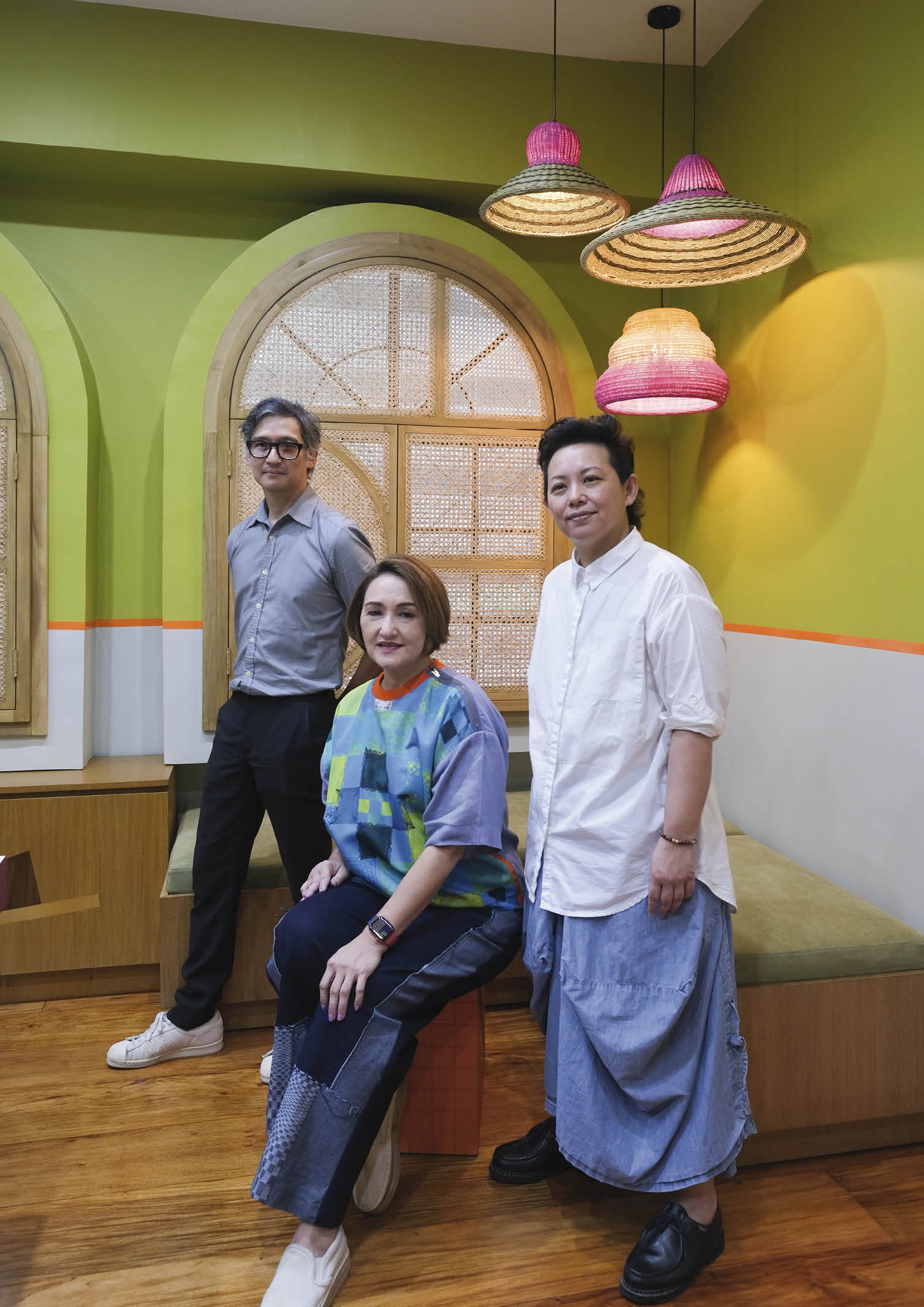
Soliven-de Guzman tapped Rita Nazareno and Gabby Lichauco of Nazareno/Lichauco to give the OBMC Greenhills campus a major facelift to welcome students with a refreshing learning environment.
Updated Classrooms for New Generation of Learners
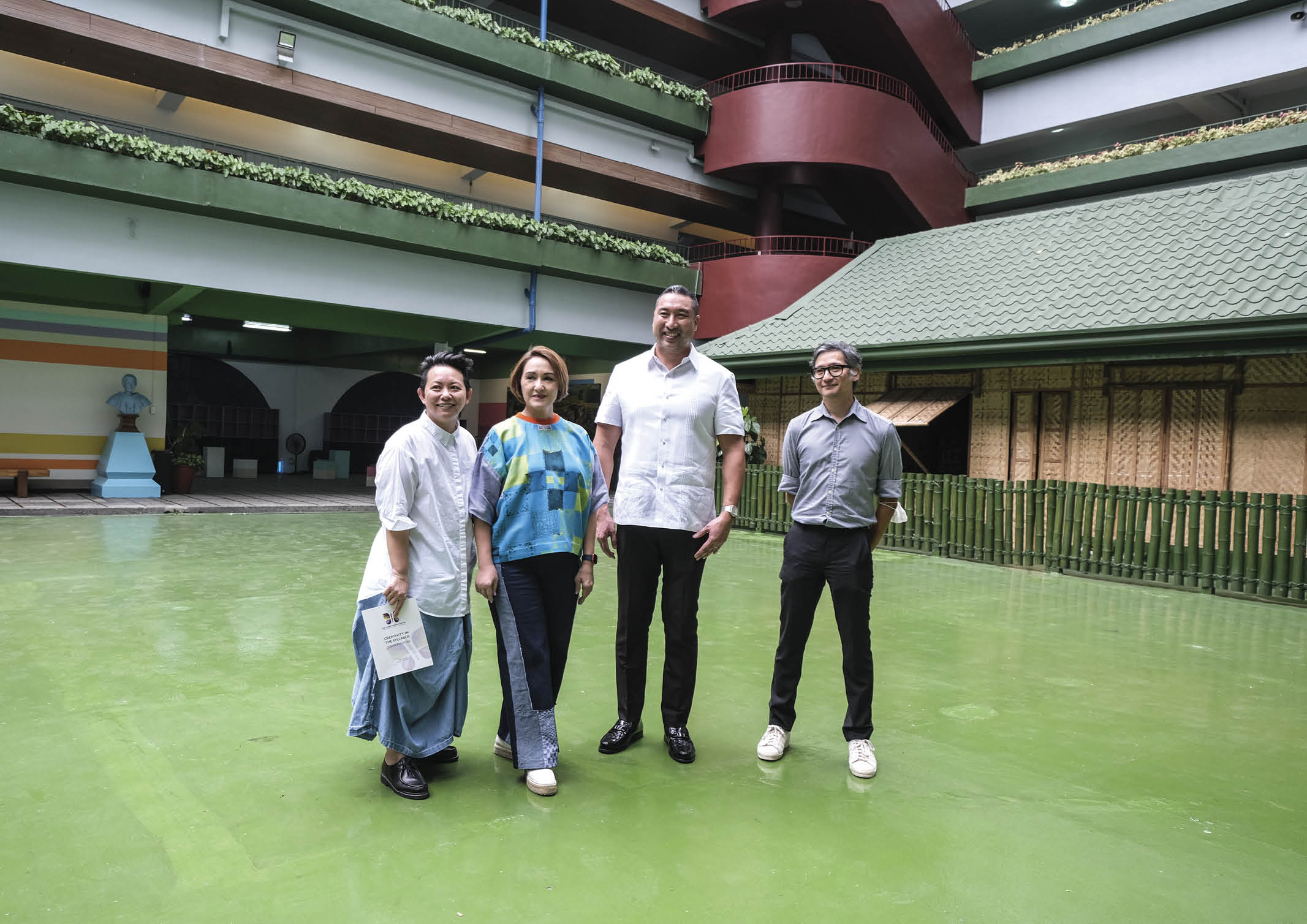
The revamping of the OBMC was unveiled just in time for students’ return to face-to-face classes. Classrooms, hallways, the cafeteria, and other activity areas of the campus were reimagined and redesigned to usher in the use of color, motifs, and symbols as a means for enhancing learning environments.
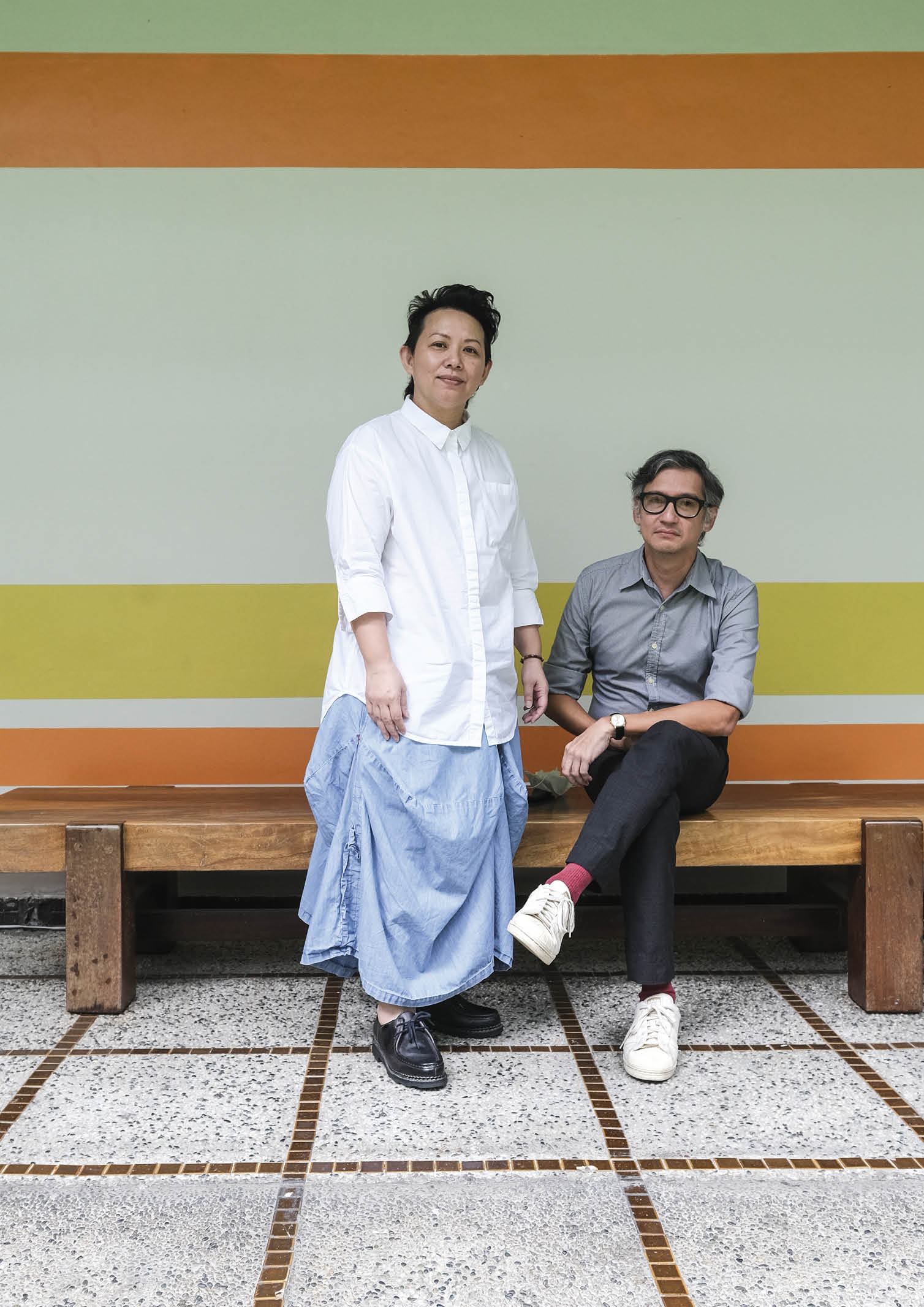
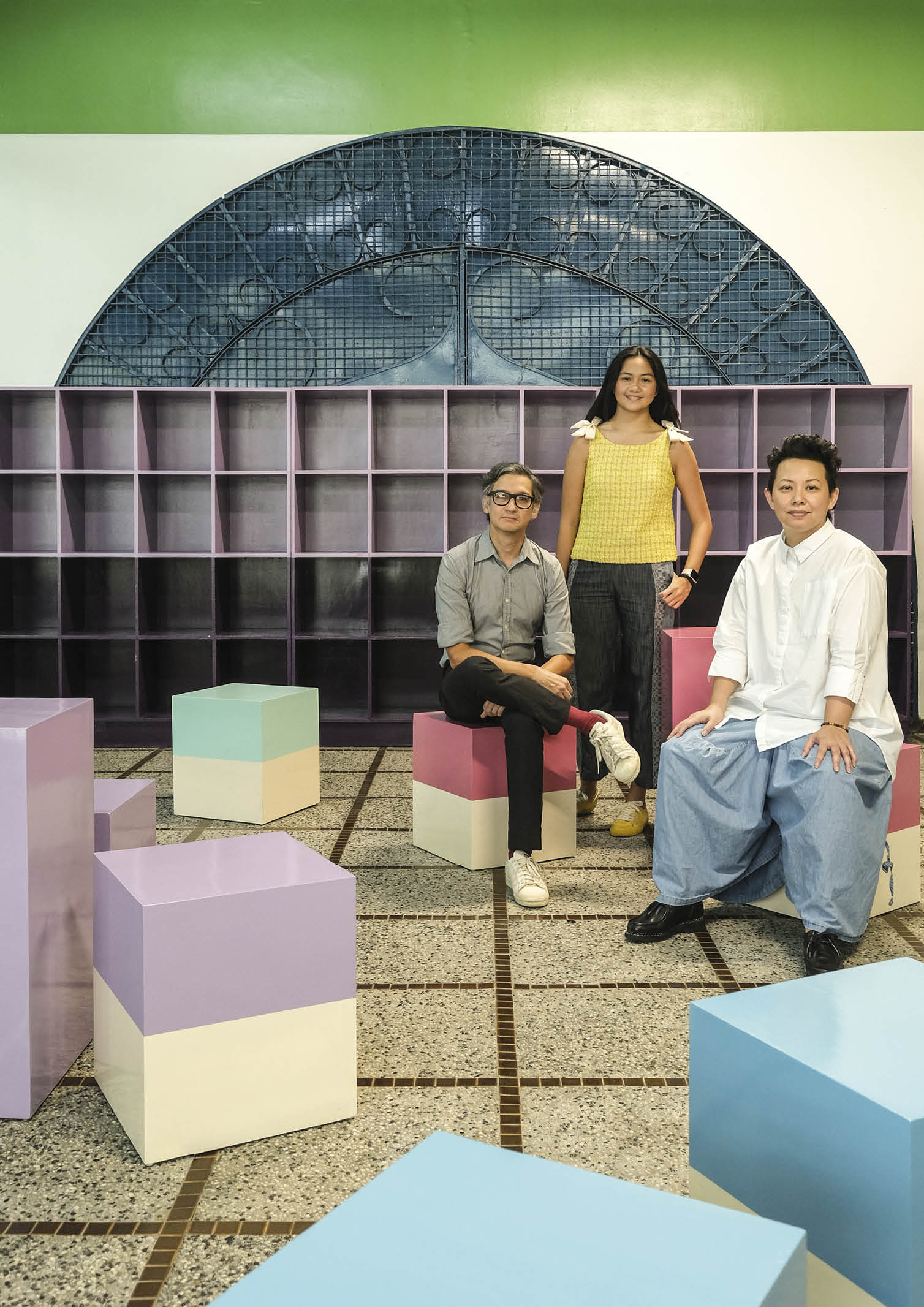
OBMC collaborated with Nazareno/Lichauco to conceptualize and develop the design of some parts of the campus. “We felt that we needed to improve the ‘vibe’ so that when the students return, they are welcomed with happy, exciting, and energizing spaces. Our immediate goal was to create an environment that would welcome students to a new chapter in their lives,” Soliven-de Guzman shares.
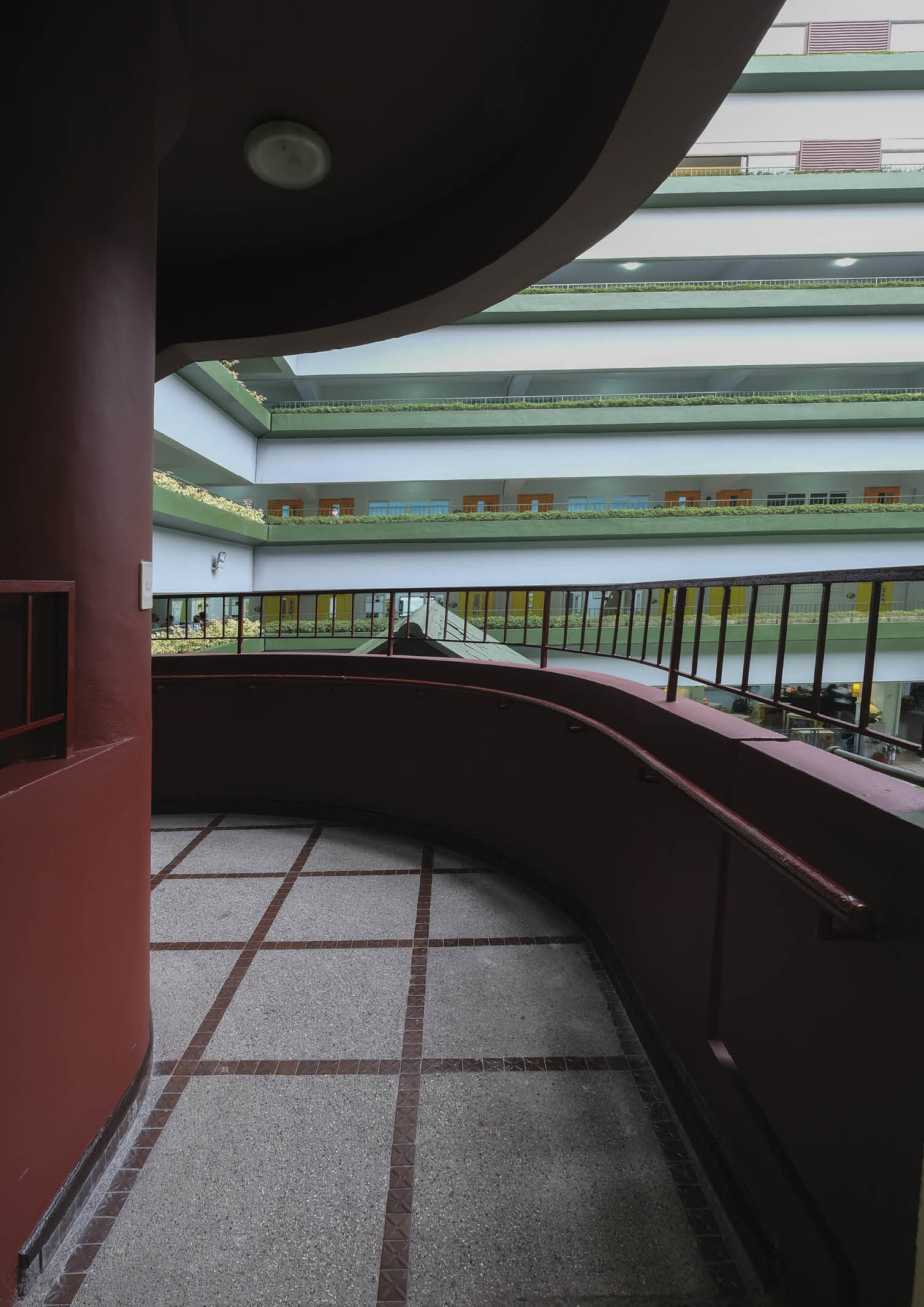
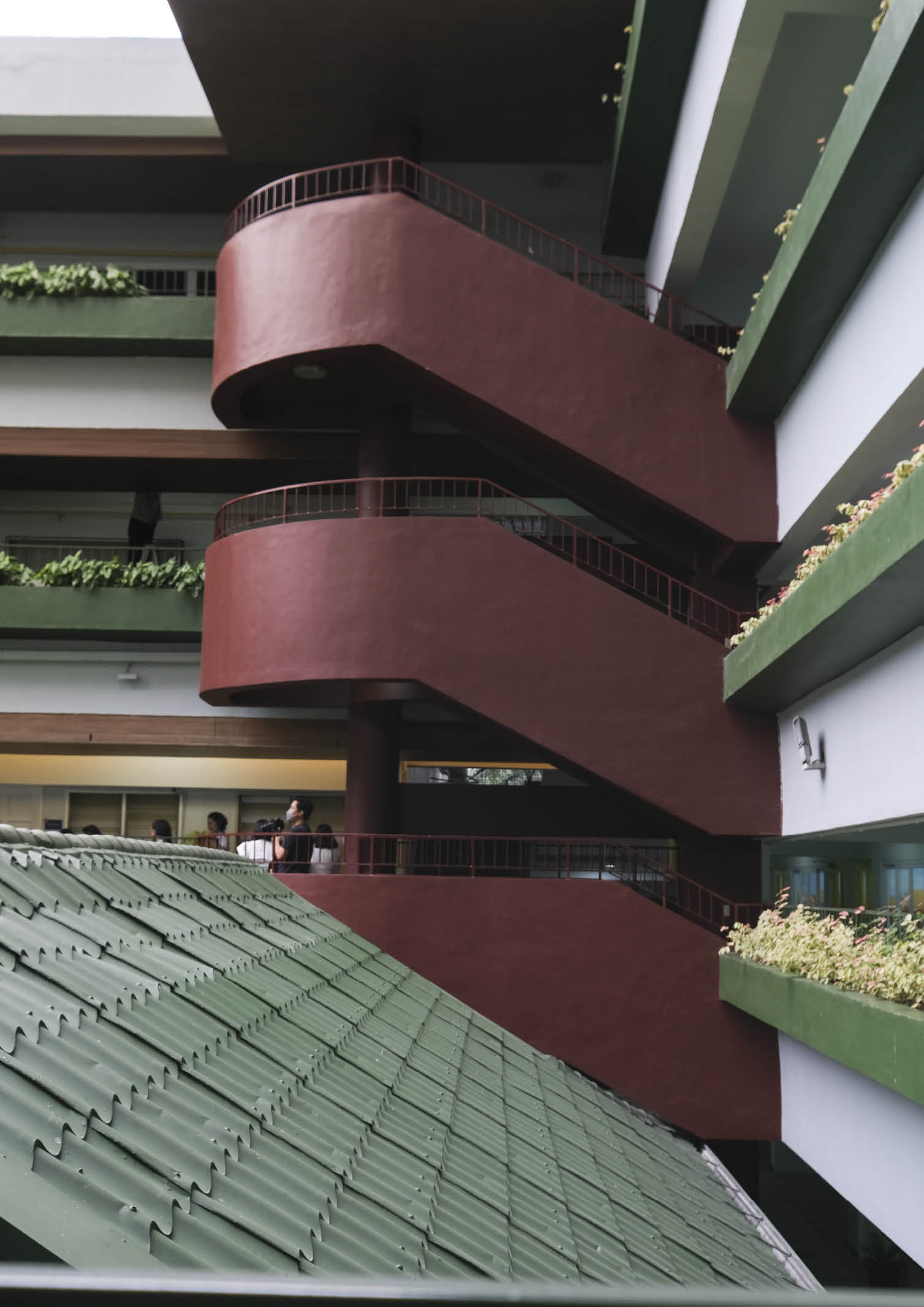
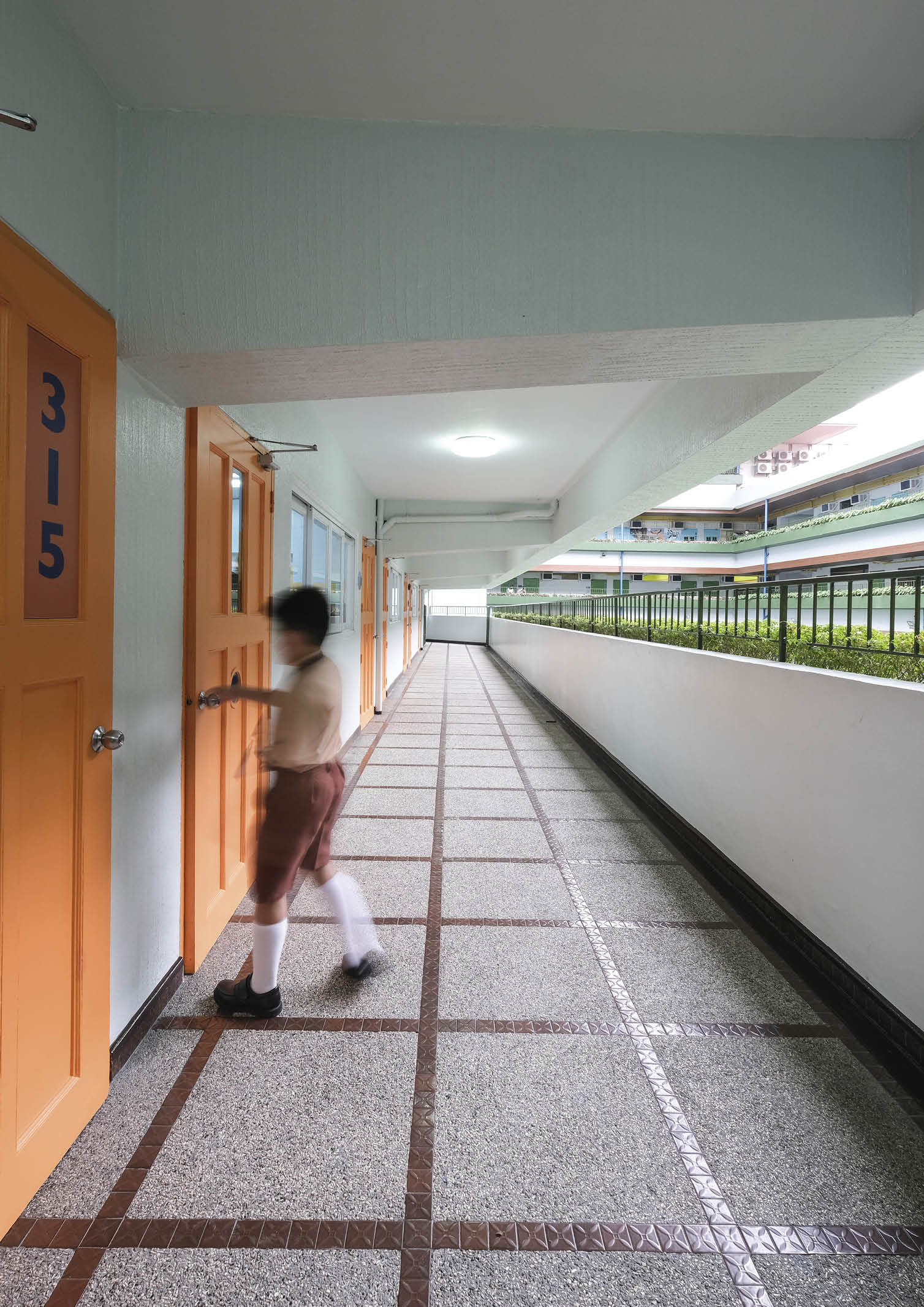
She describes the overall design as joyful adding, “Joy is such an important component of learning and experiencing. I want our community to return to the campuses–and to the whole concept of the New Normal–with joyful anticipation of what is ahead.”
Before Photos of the Classrooms
Apart from giving students something familiar yet fresh to return to, the project also marked the start of a new day when creativity would become an integral part of the syllabus. “The progressive approach runs parallel to Montessori’s learning philosophy. Patterns spark the imagination of students and encourage them to think outside of the box. Design in every academic level also compliments the ages of the students–from the colors to shapes and forms.”
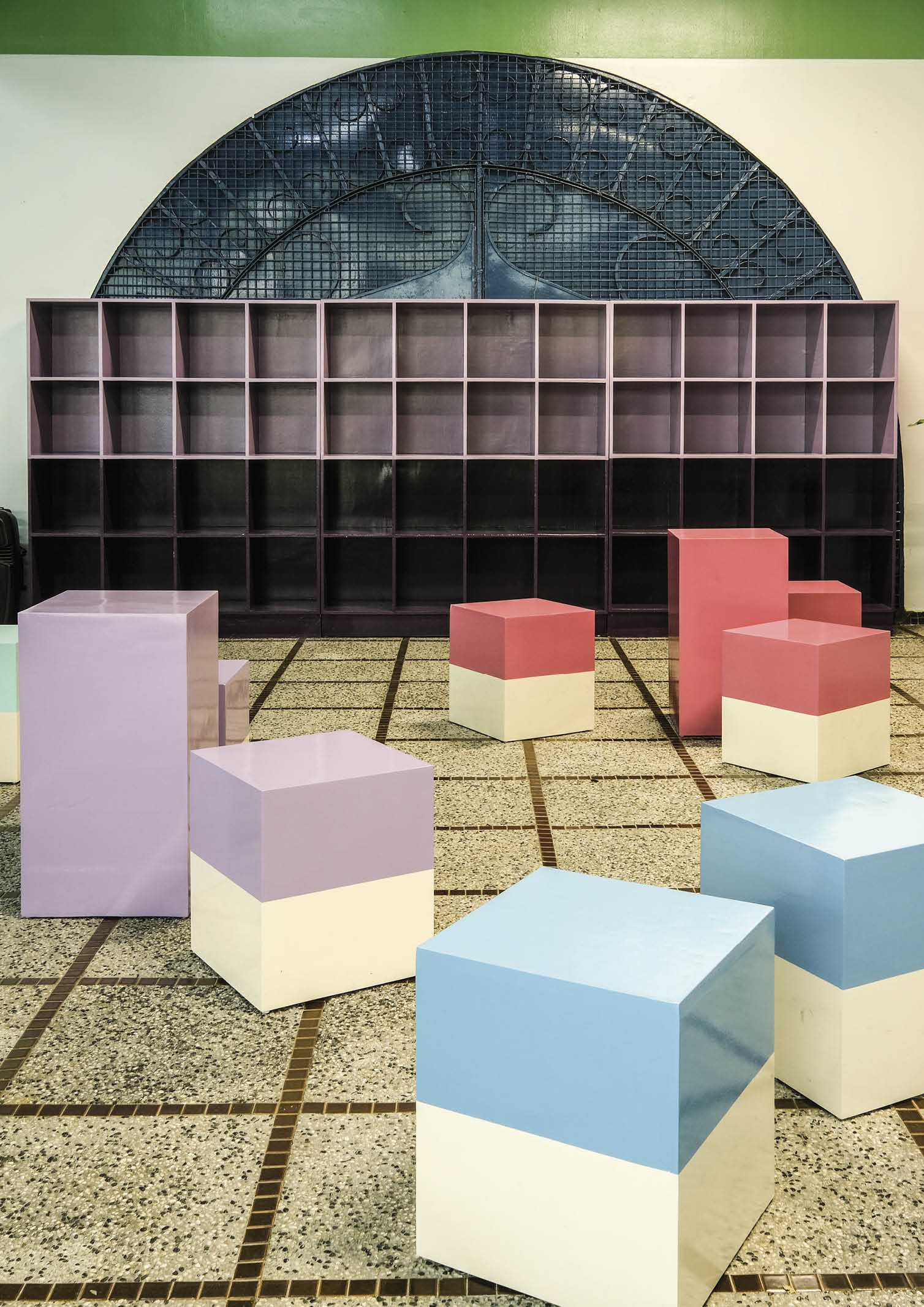
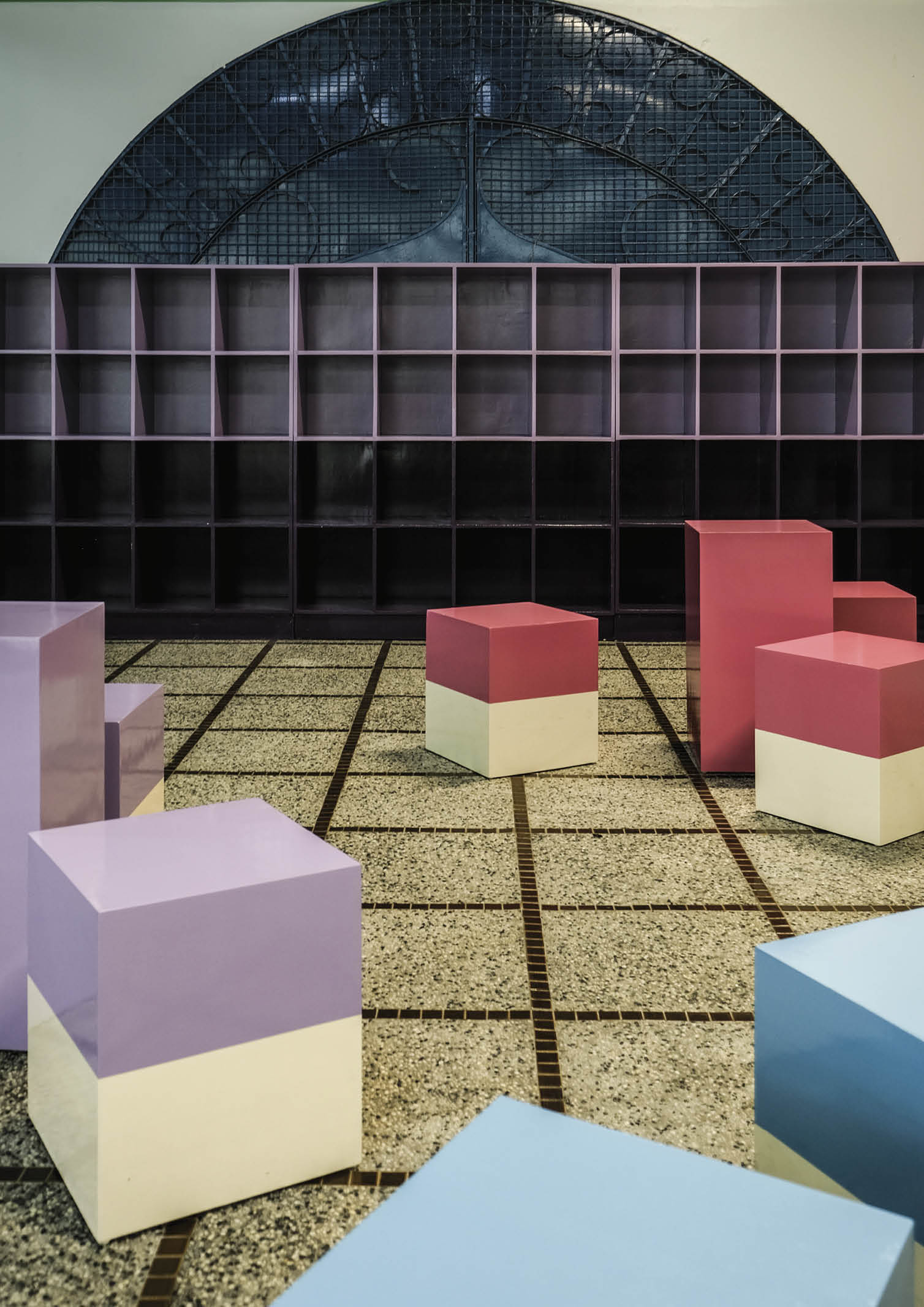
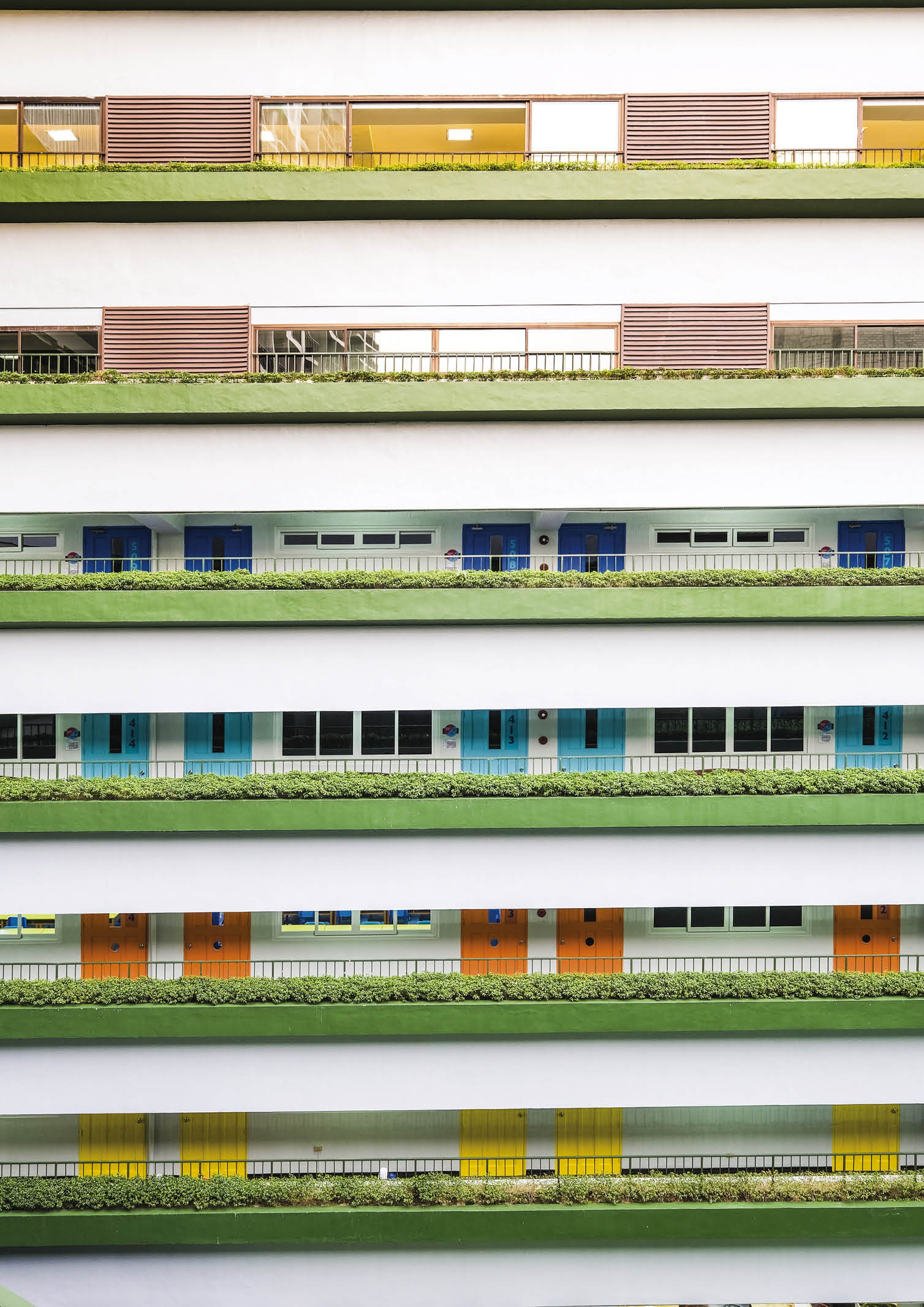
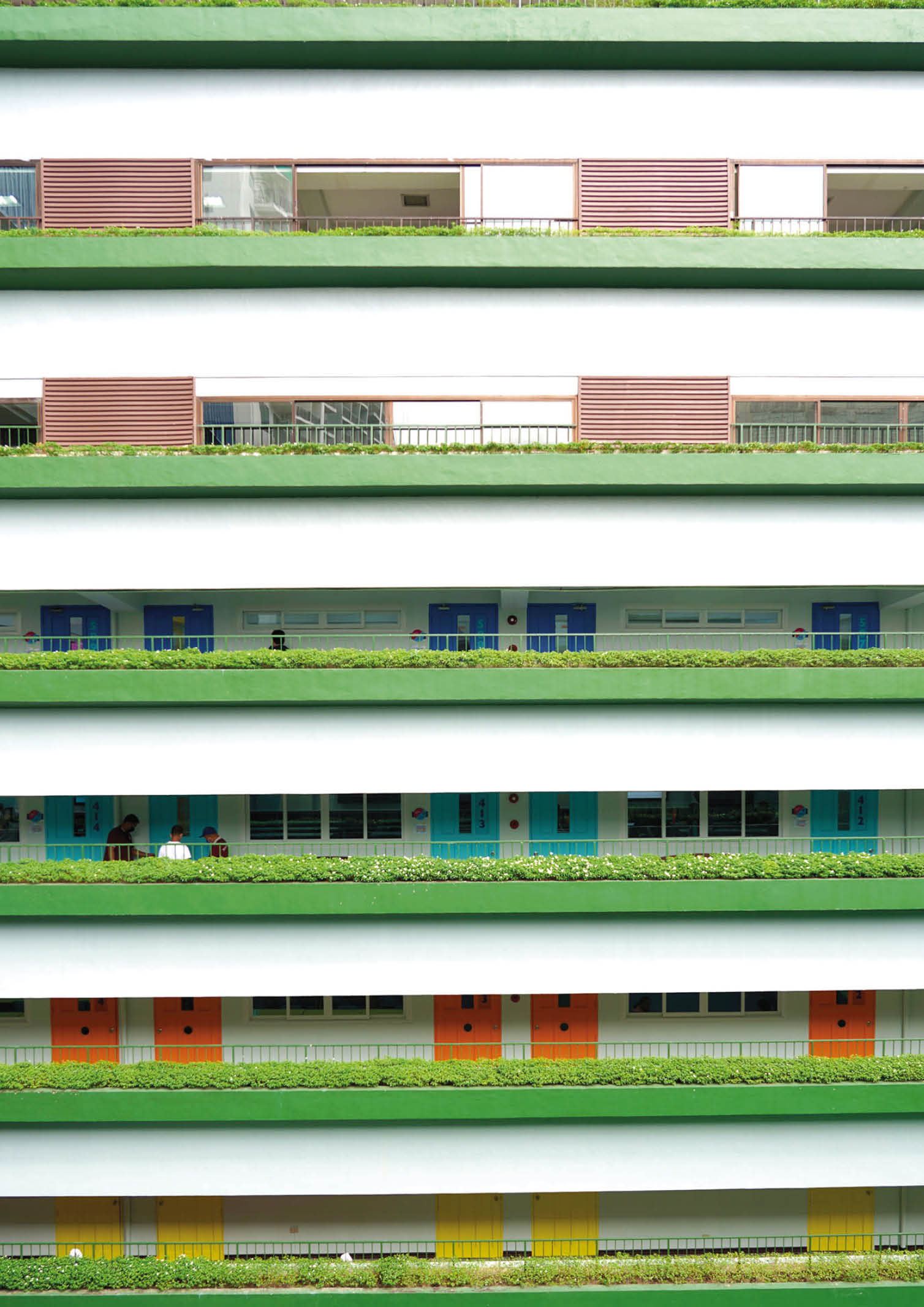
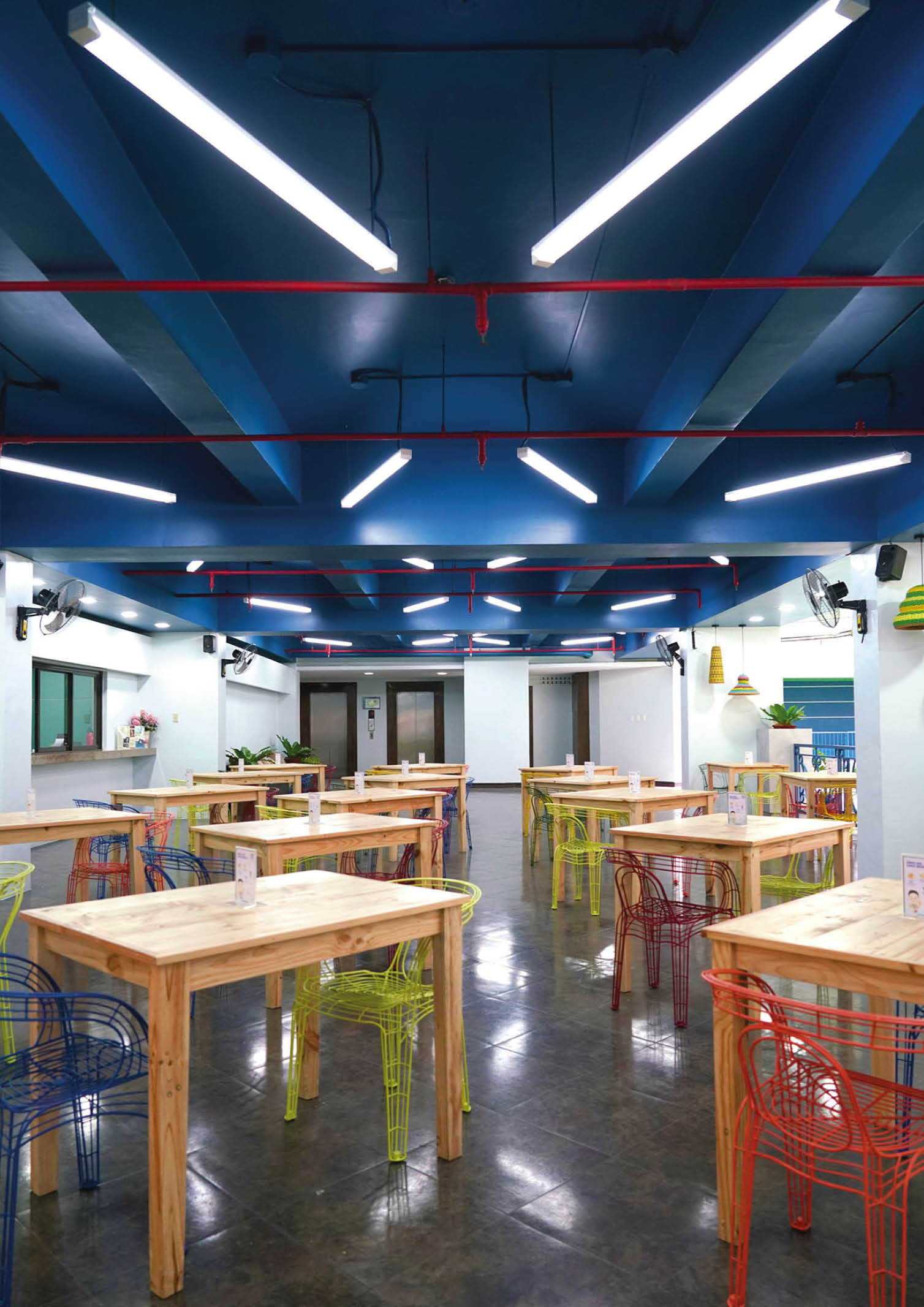
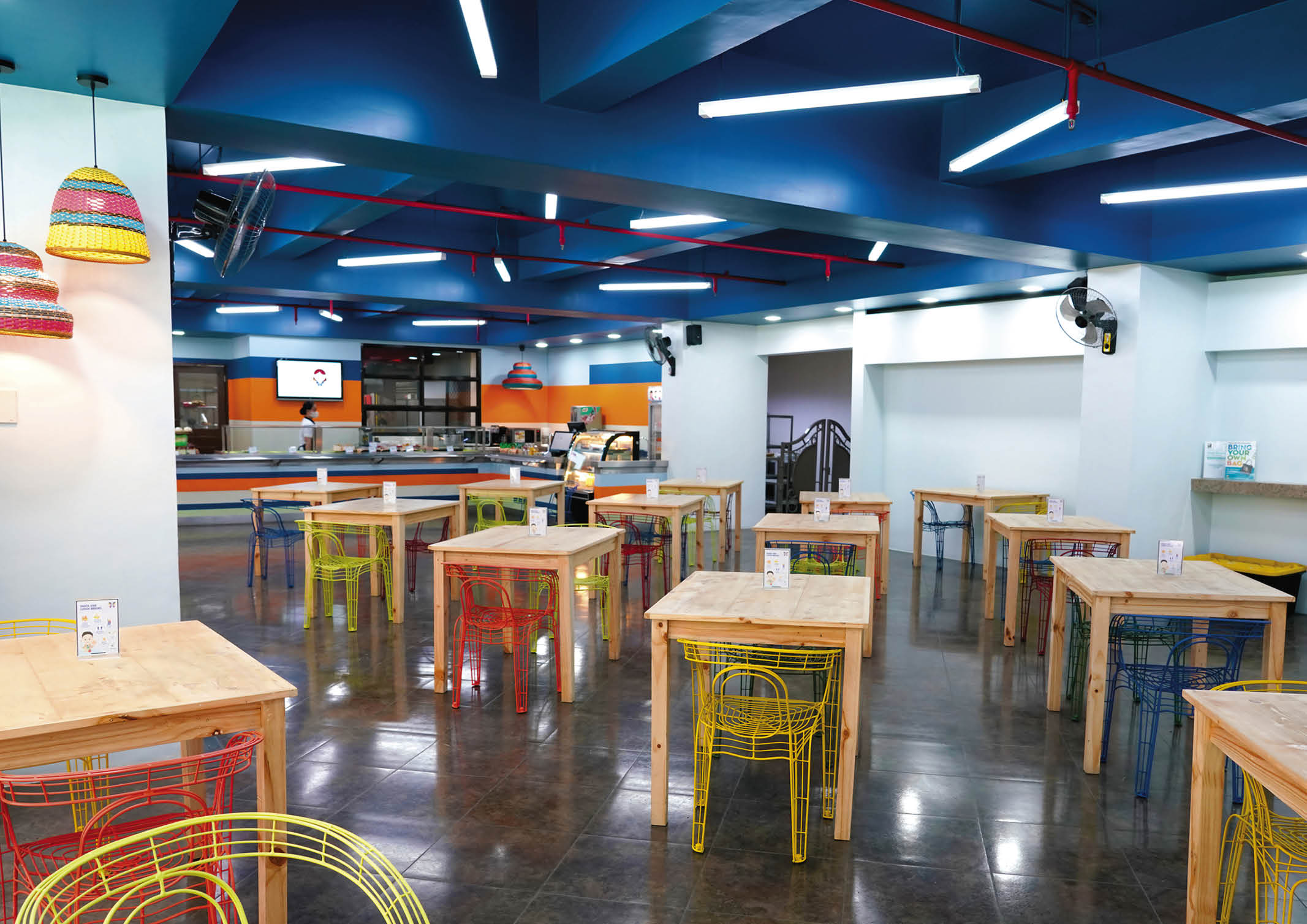
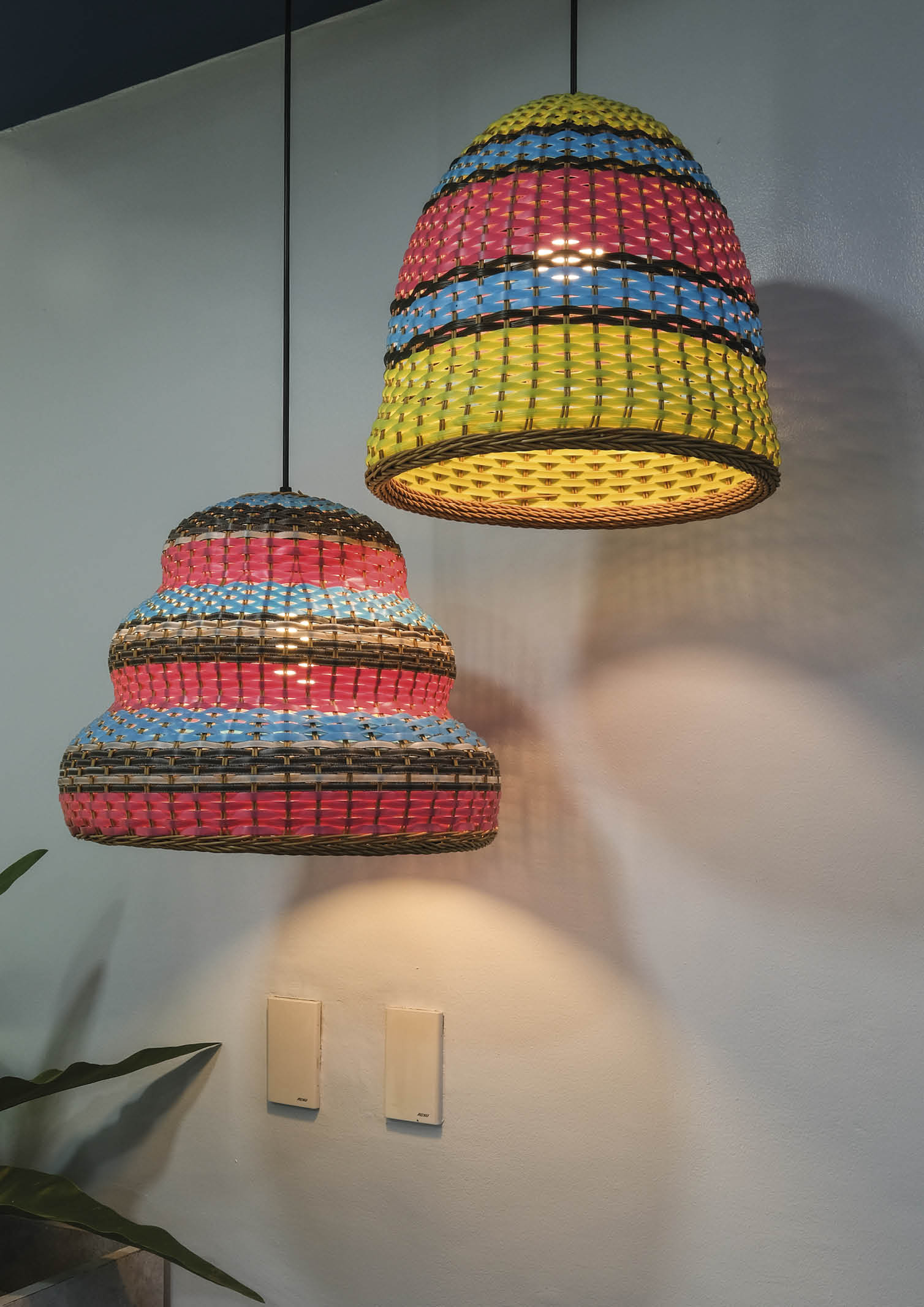
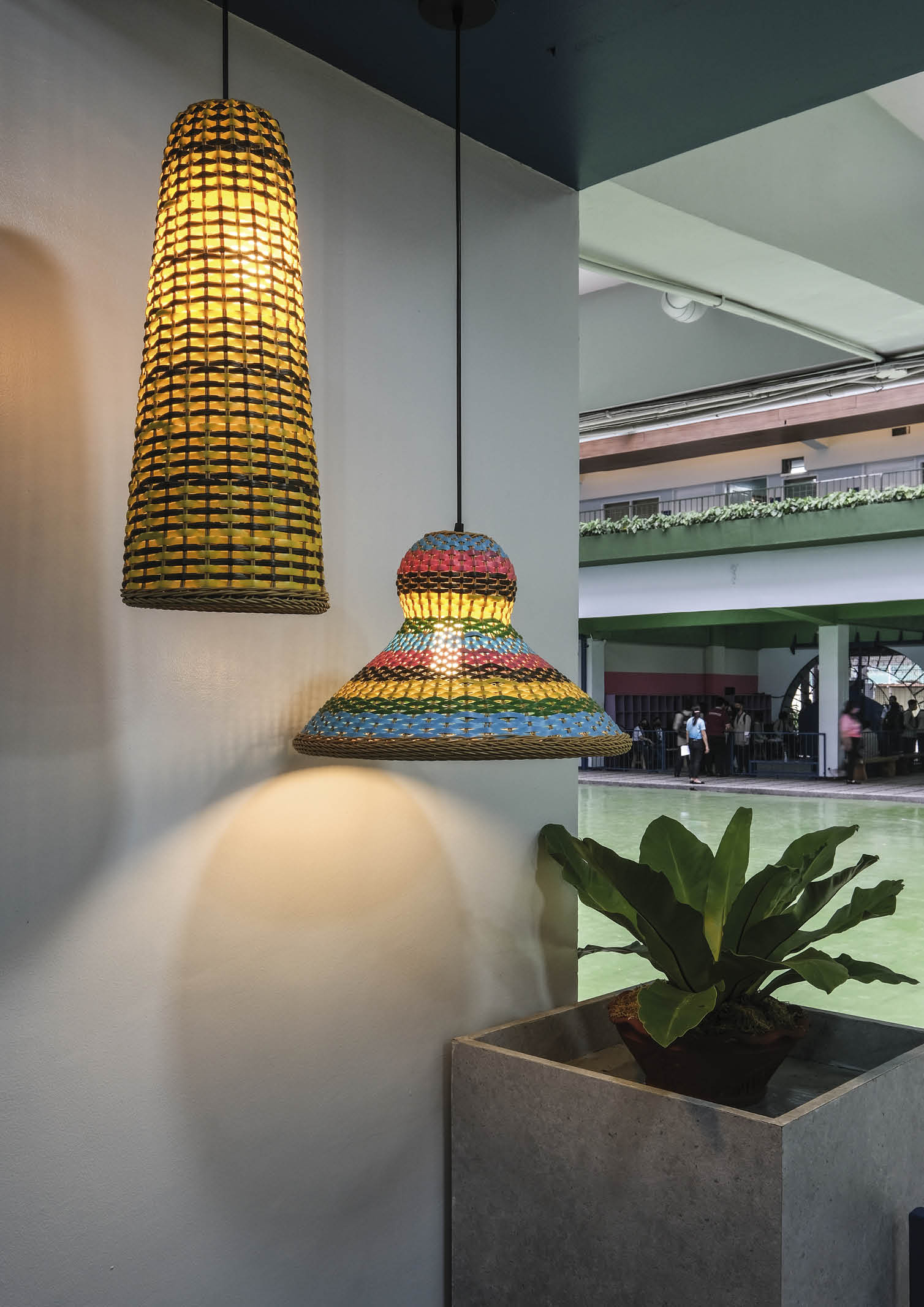
The Bistro is adorned with lamps from Zacarias 1925
Nazareno/Lichauco designed the classrooms for every academic level according to the learning phase, thinking process, and day-to-day educational activities of its students. “Nazareno/Lichauco’s expertise and new age design were just what was needed to perk up the environment. They were thorough in studying and understanding the needs of teachers and students, the function of every classroom, and the curriculum of every department. Their designs follow the Montessori approach in education.”
Casa Classrooms
In the Casa (preschool to kindergarten) classrooms, Nazareno/Lichauco utilized basic forms and colors to create the feeling of being cocooned in a park. “We utilized these elements to give the essence of being in nature–trees, ground, and the sun,” the duo explains.
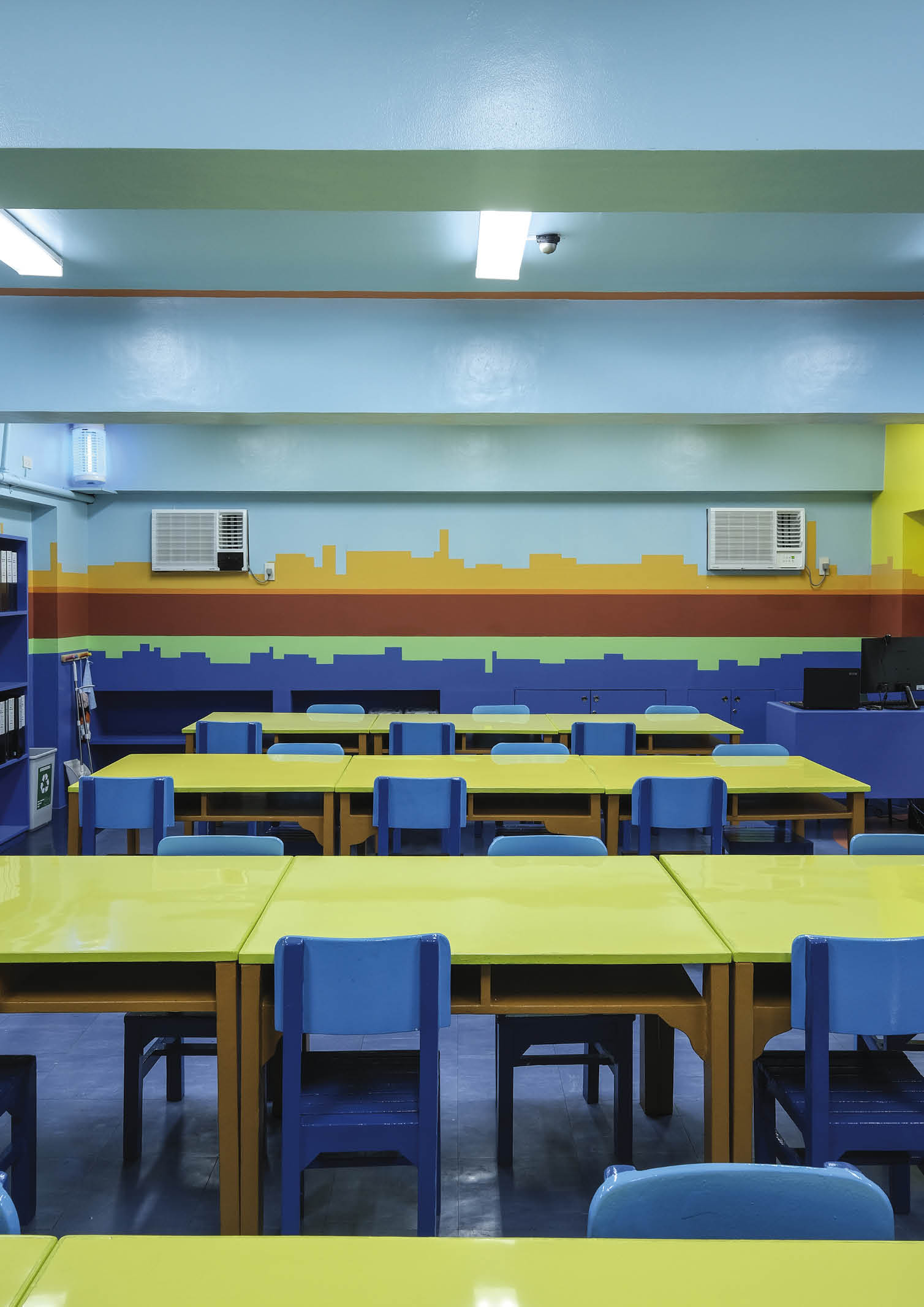
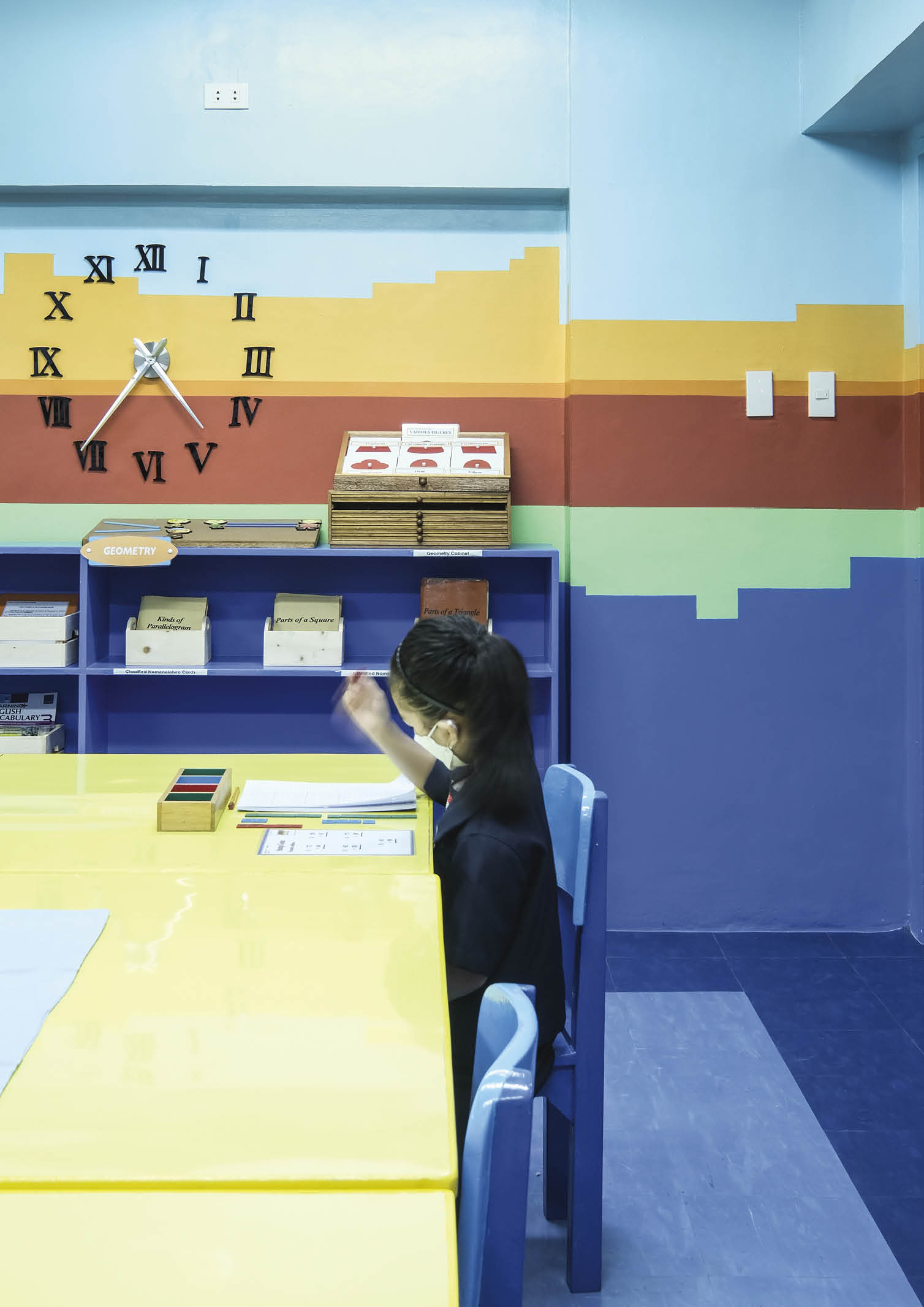
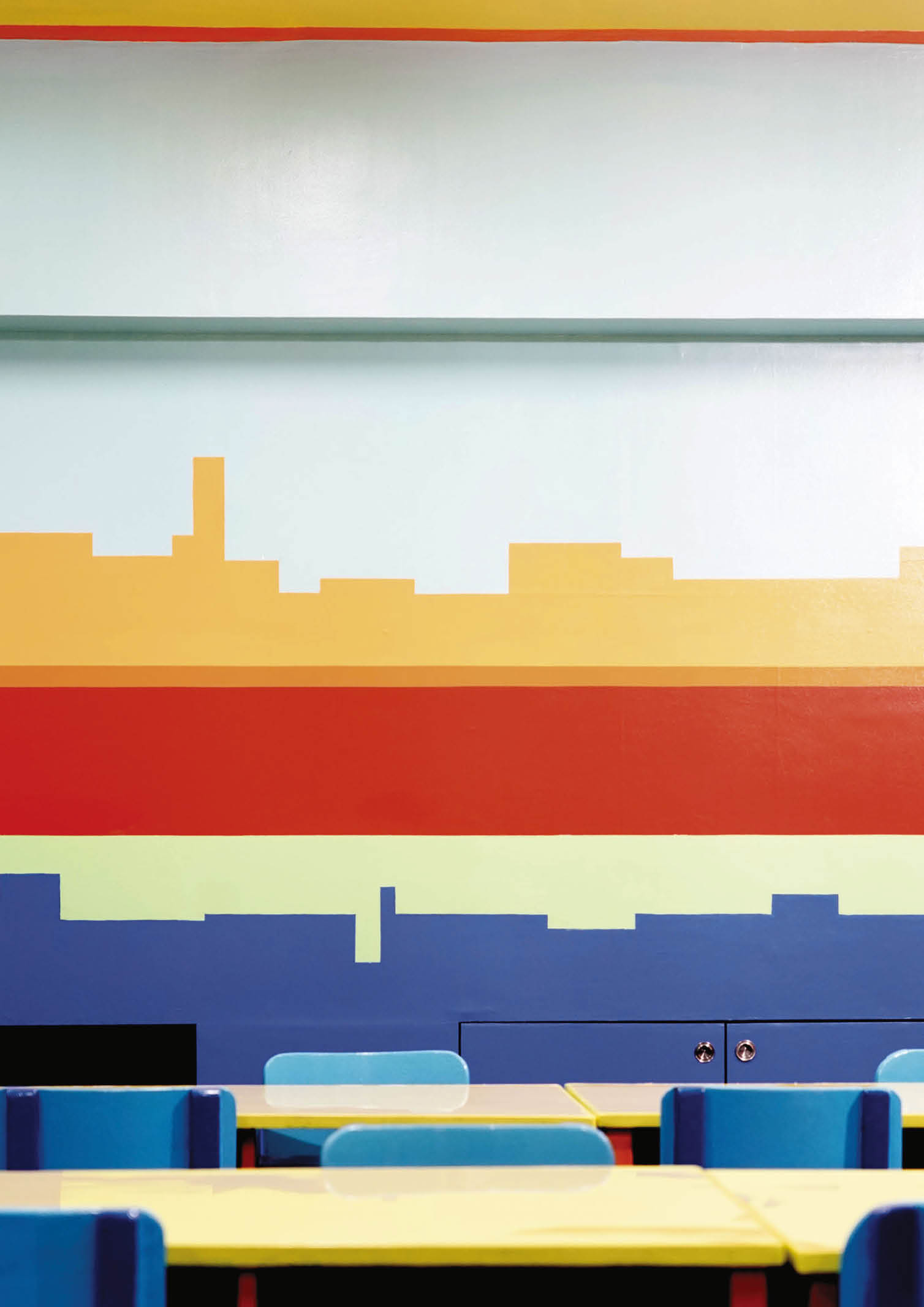
Primary students learning in their colorful classroom.
Primary classrooms, meanwhile, feature a design that is intended to showcase more complex forms. The conceptual biosphere composed of water, earth, and air anchored the designed narrative as an interpretation of how the elements are experienced or encountered in our daily lives.
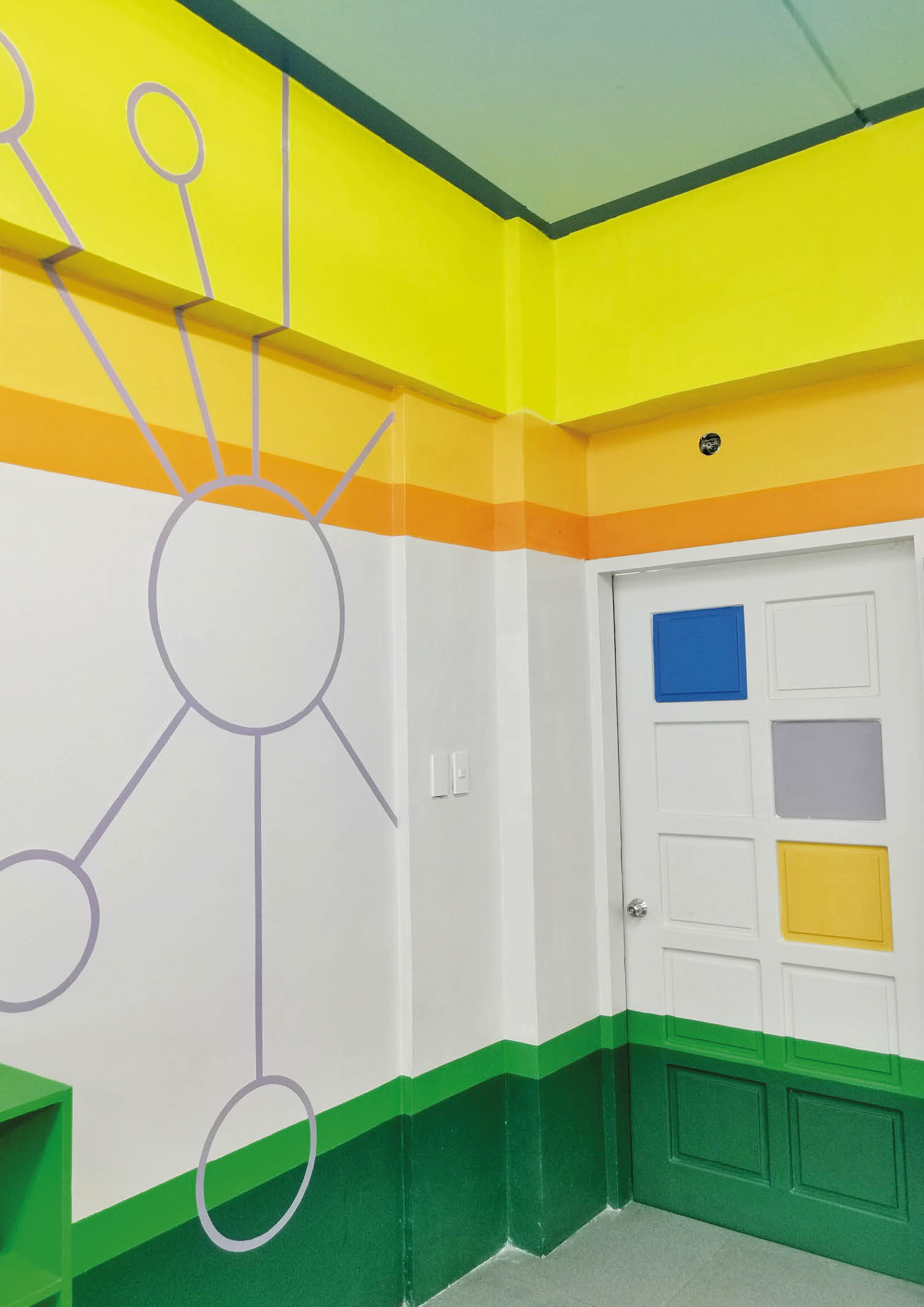
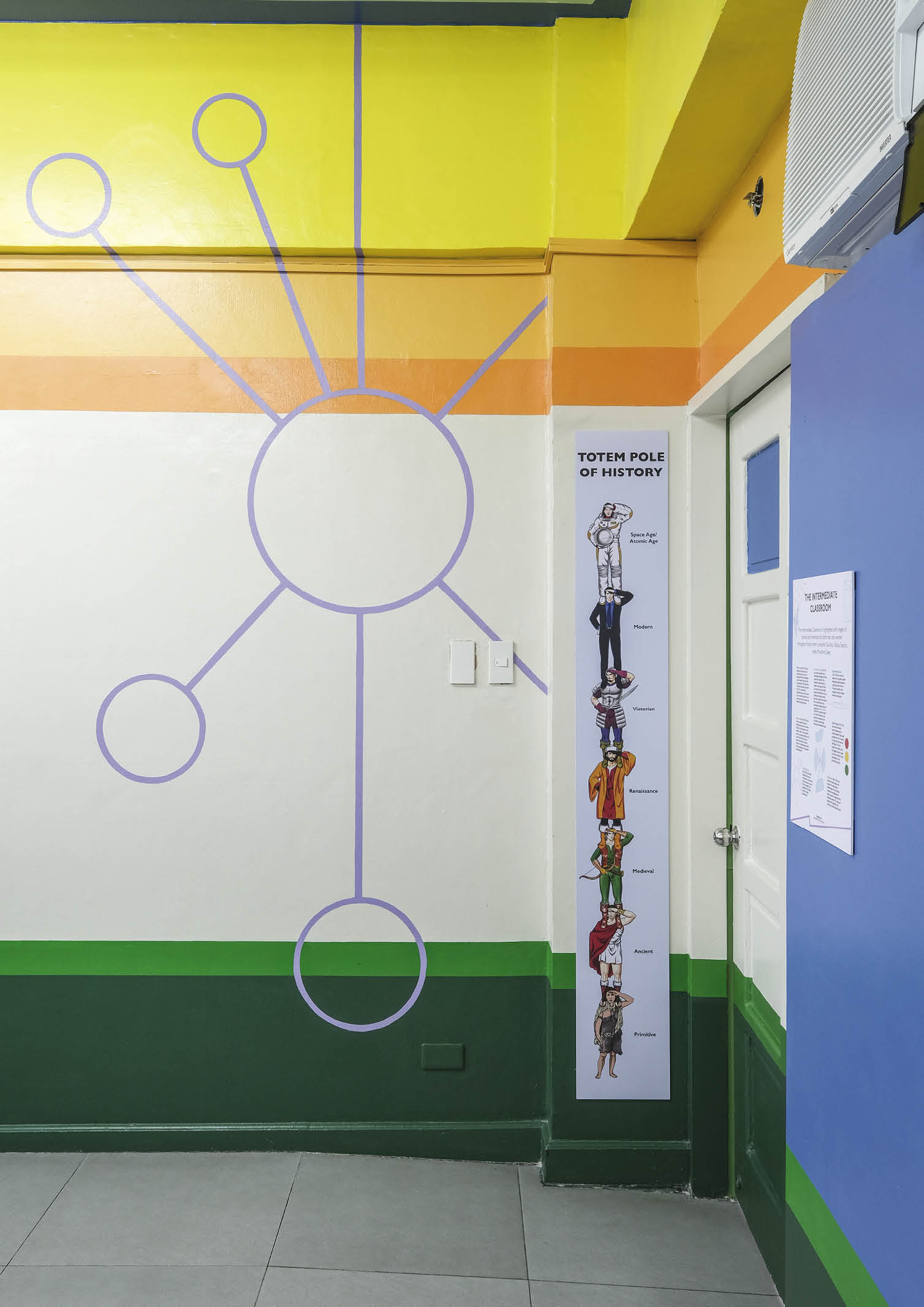
Intermediate Classrooms
The designs are not only limited on the walls. Even the ceilings have details that tie up the whole design together.
Junior High Classrooms
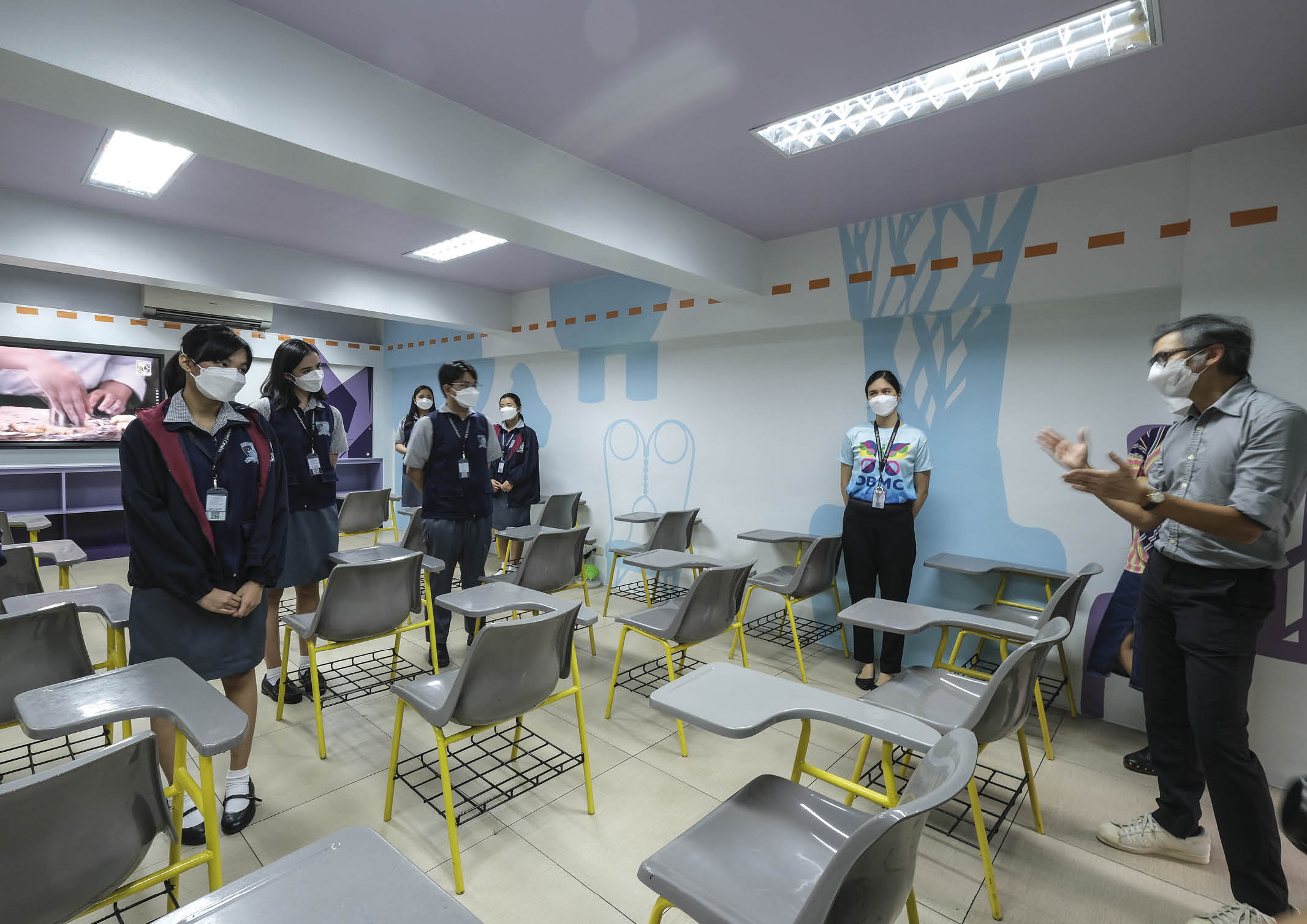
Applied and widely-applauded works in the fields of science, arts, design, and architecture are the focus of the designs for Intermediate and Junior High classrooms. These elements take students through a journey in time and space to milestones and moments that helped define the modern world we live in. Among the notable figures highlighted in these learning environments are Leonardo da Vinci, Nikola Tesla, Leticia Mumford Geer, Zaha Hadid, as well as Charles and Ray Eames.
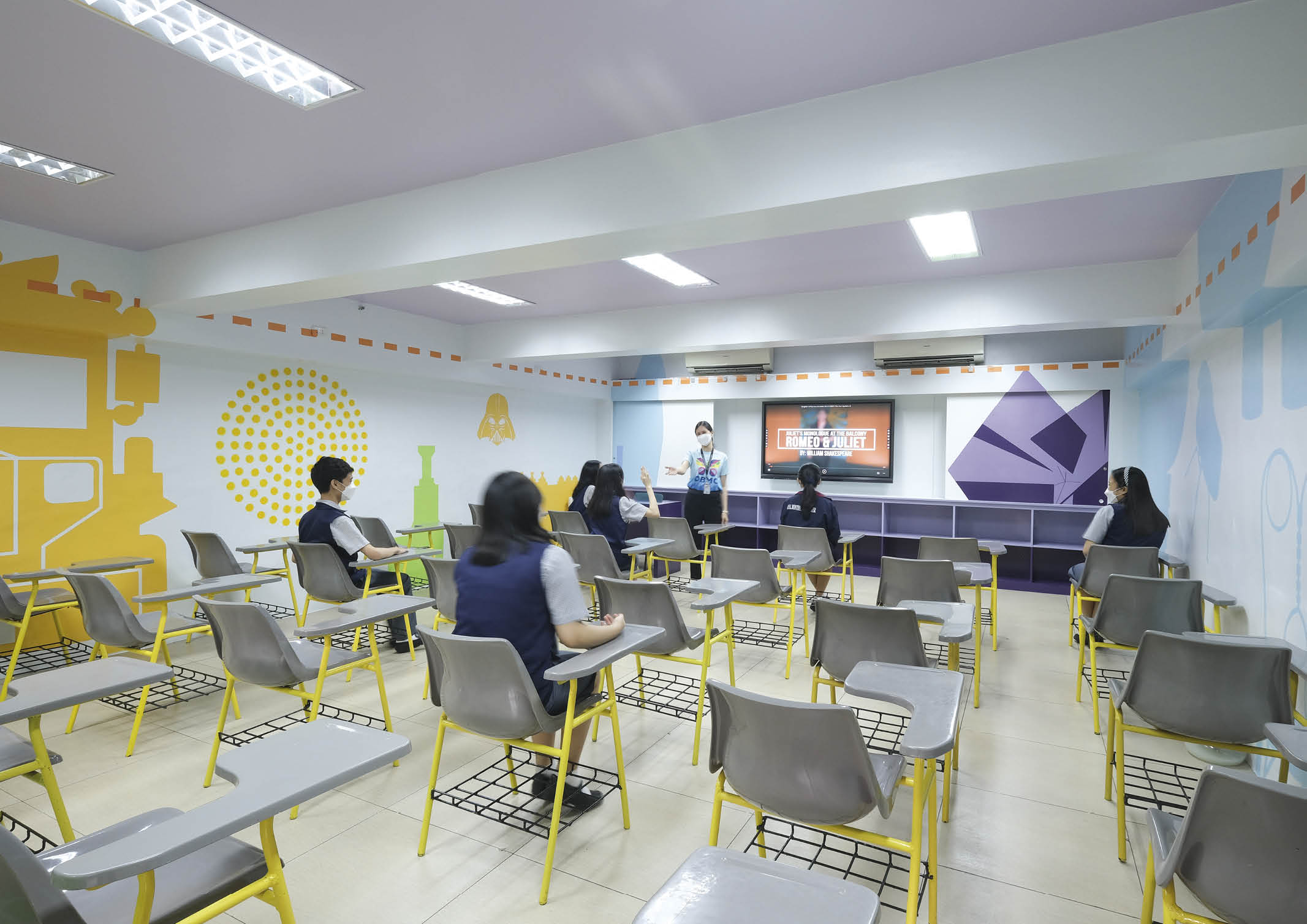
At the Senior Level, classrooms were designed to highlight important figures in Philippine contemporary art including Roberto Chabet, Nena Saguil, and Leo Valledor. Nazareno/Lichauco explains, “We wanted to highlight and celebrate Filipino and Filipino-American conceptual art masters in the Senior High School classrooms. Conceptual art emphasizes the importance of an idea, expressing the abstract. The designs track a journey in forms, topics, and concepts. As Senior Year is a culmination of one’s secondary education, we found it fitting to culminate with Philippine conceptual art.”
The original look of Owner and Founder Preciosa Soliven’s Office
Apart from the classrooms, Nazareno/Lichauco also revitalized OBMC Owner and Founder Preciosa Soliven’s office to give it a new life as Soliven-de Guzman takes over the executive position. The younger Soliven shares, “I told Rita that I need her help because this office wasn’t my vibe. It was timely because I saw their post on IG. They did a show for CITEM and I loved the colors. I thought it was such a perfect fit for our school environment.”
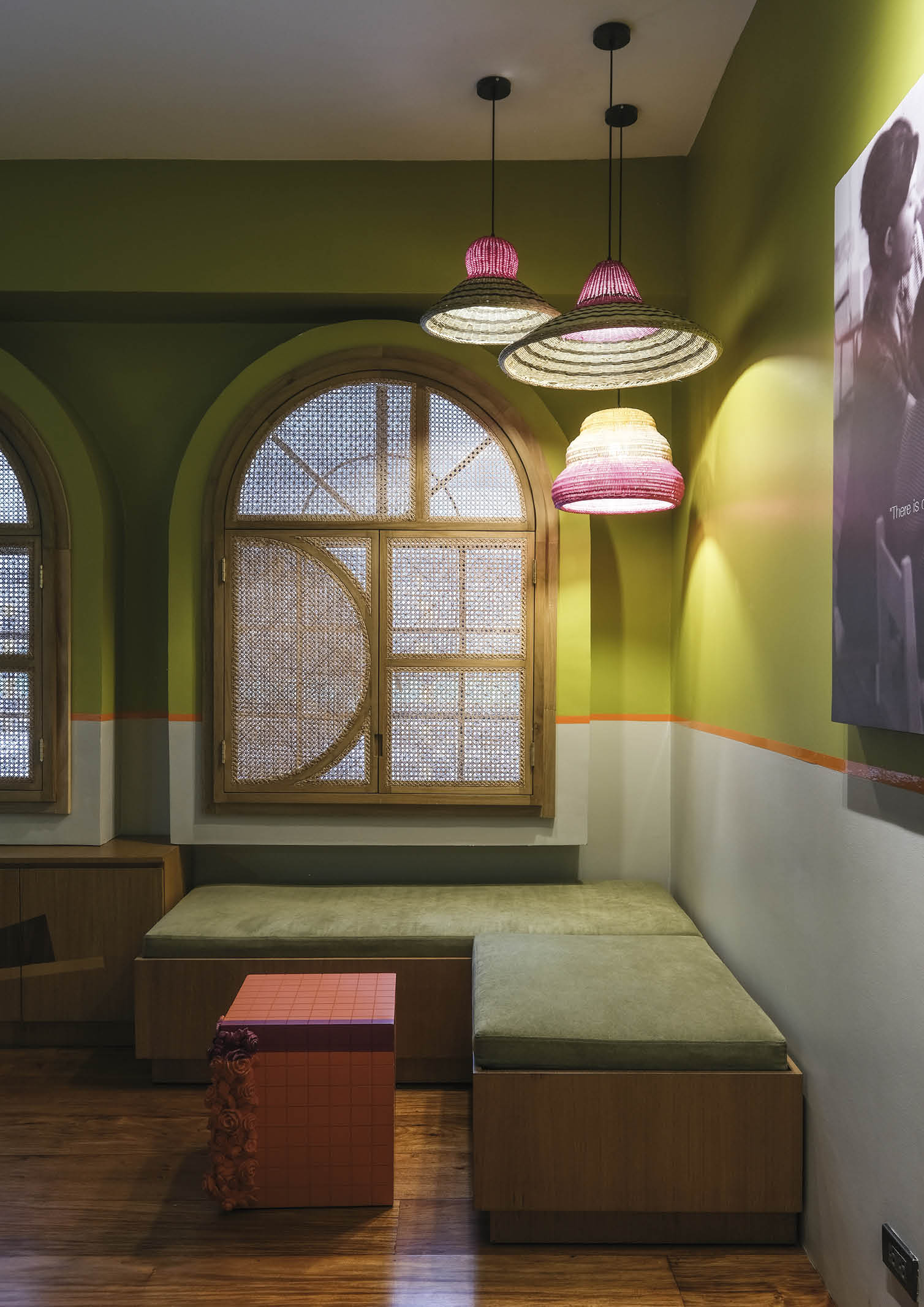
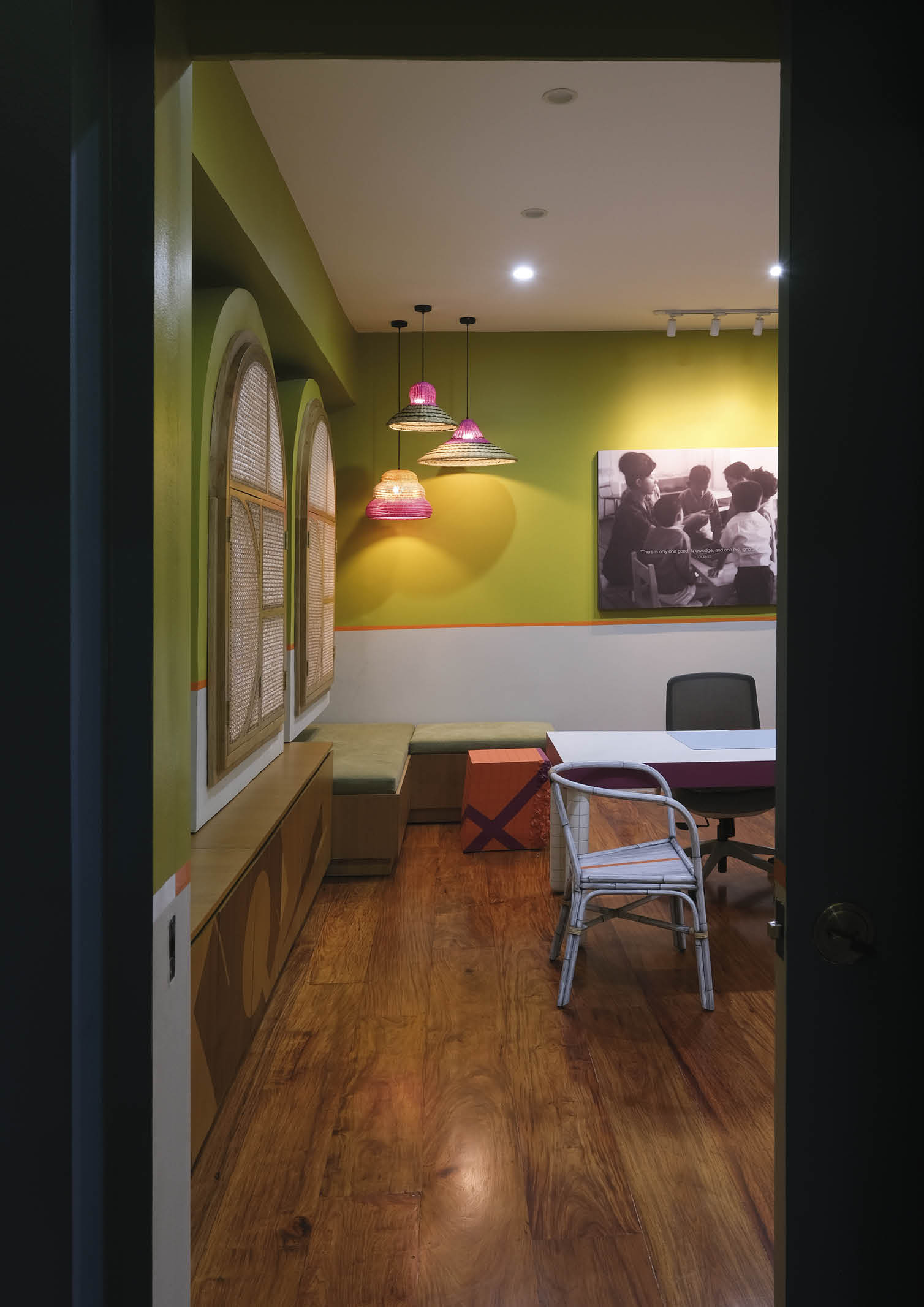
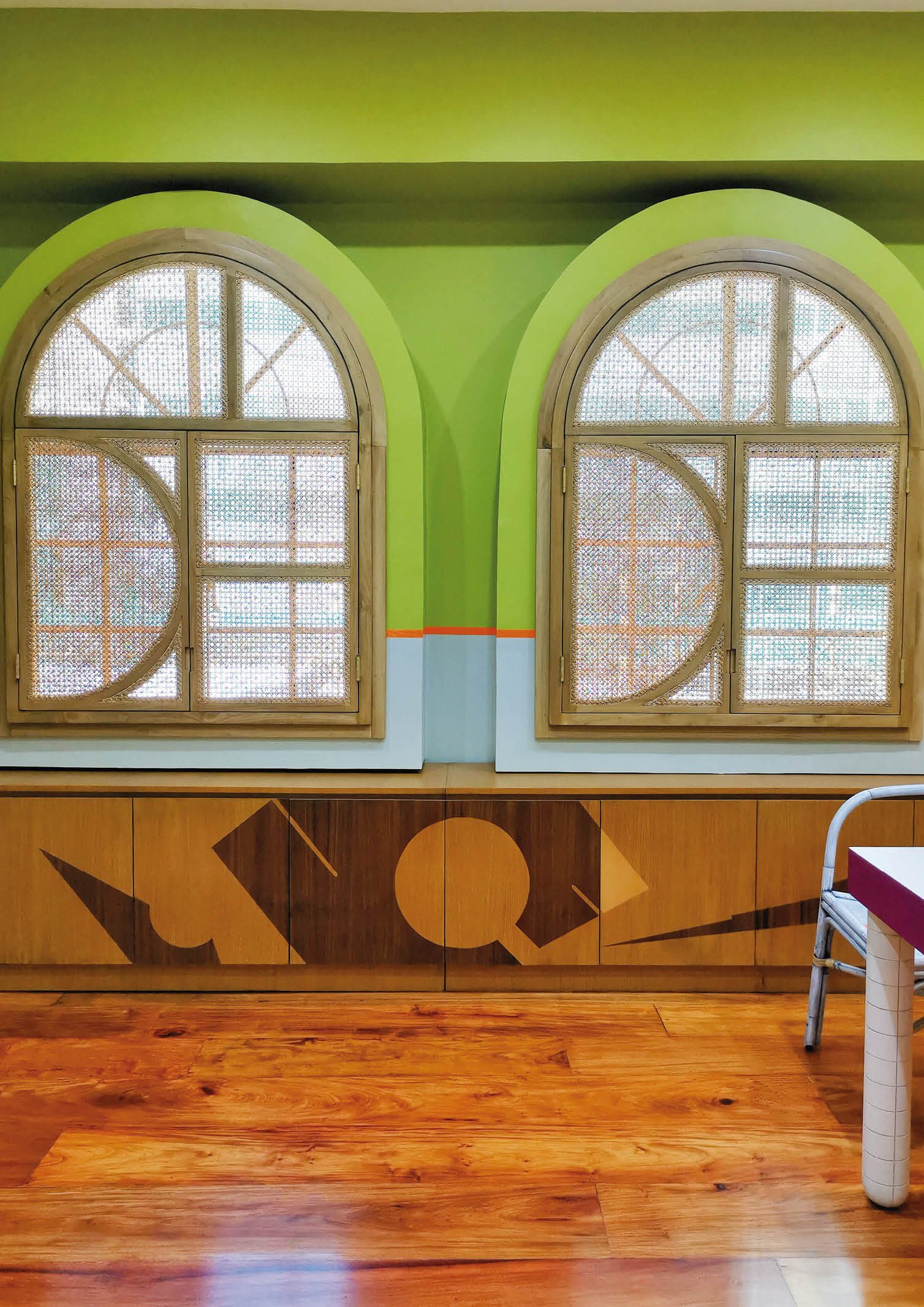
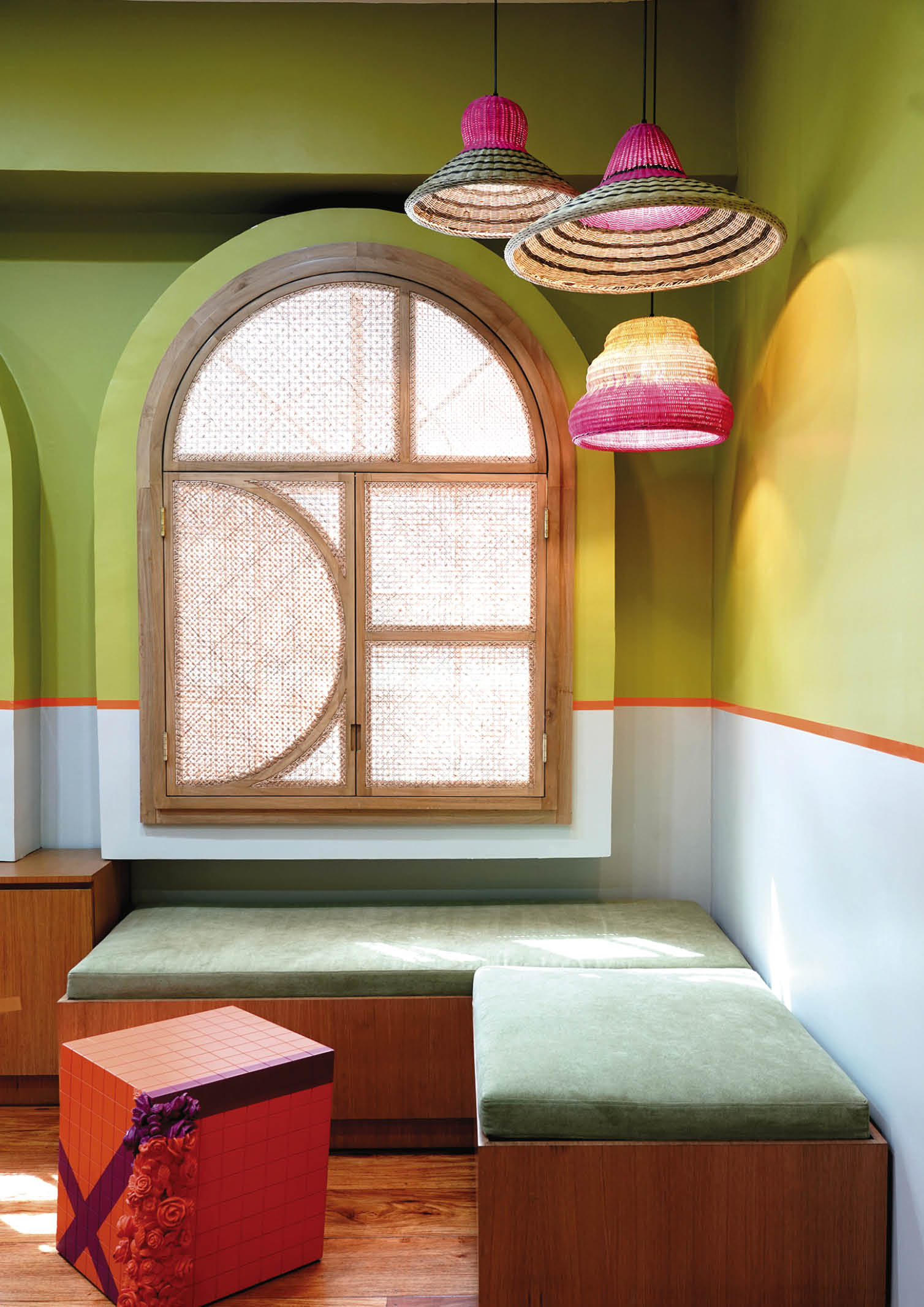
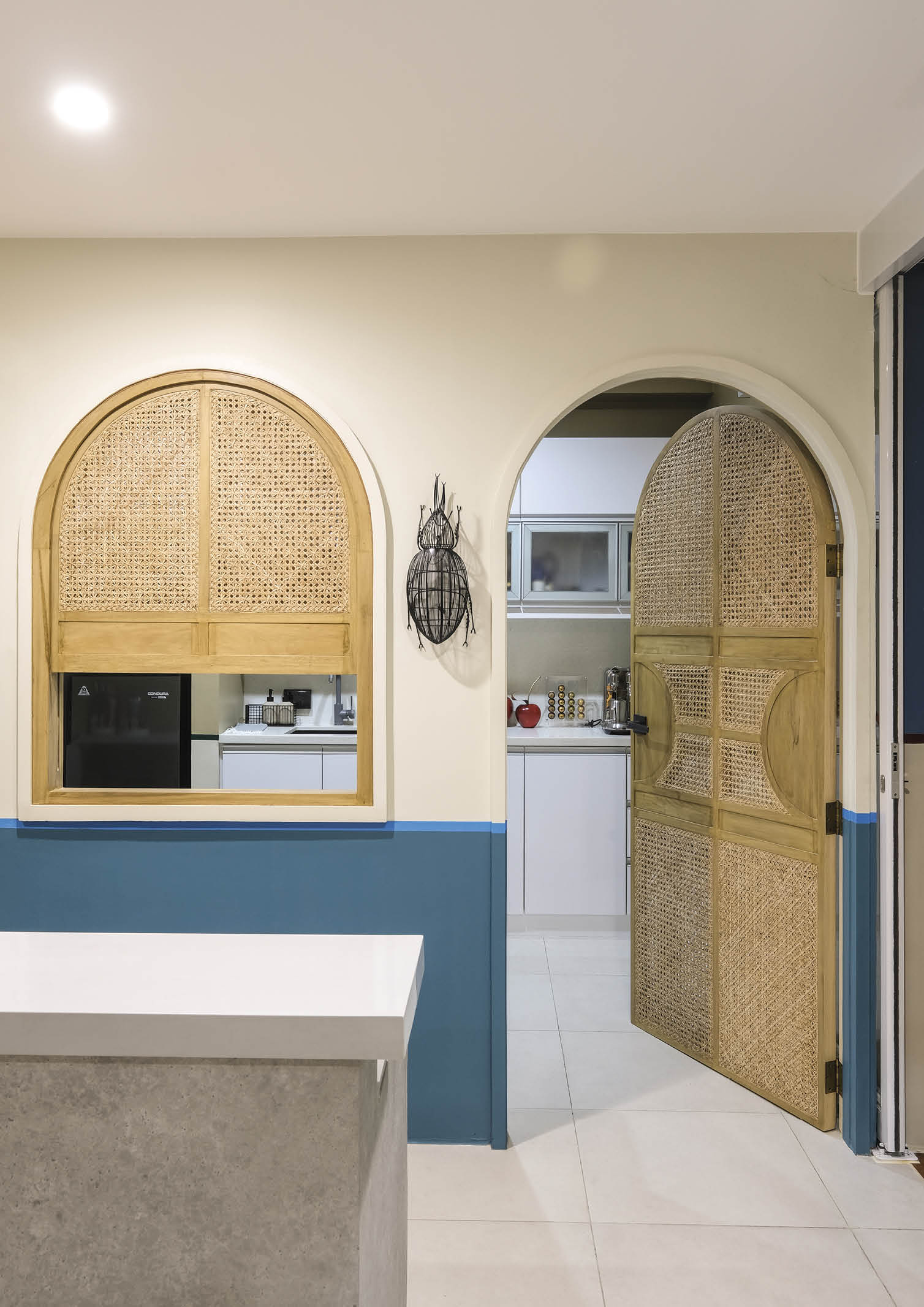
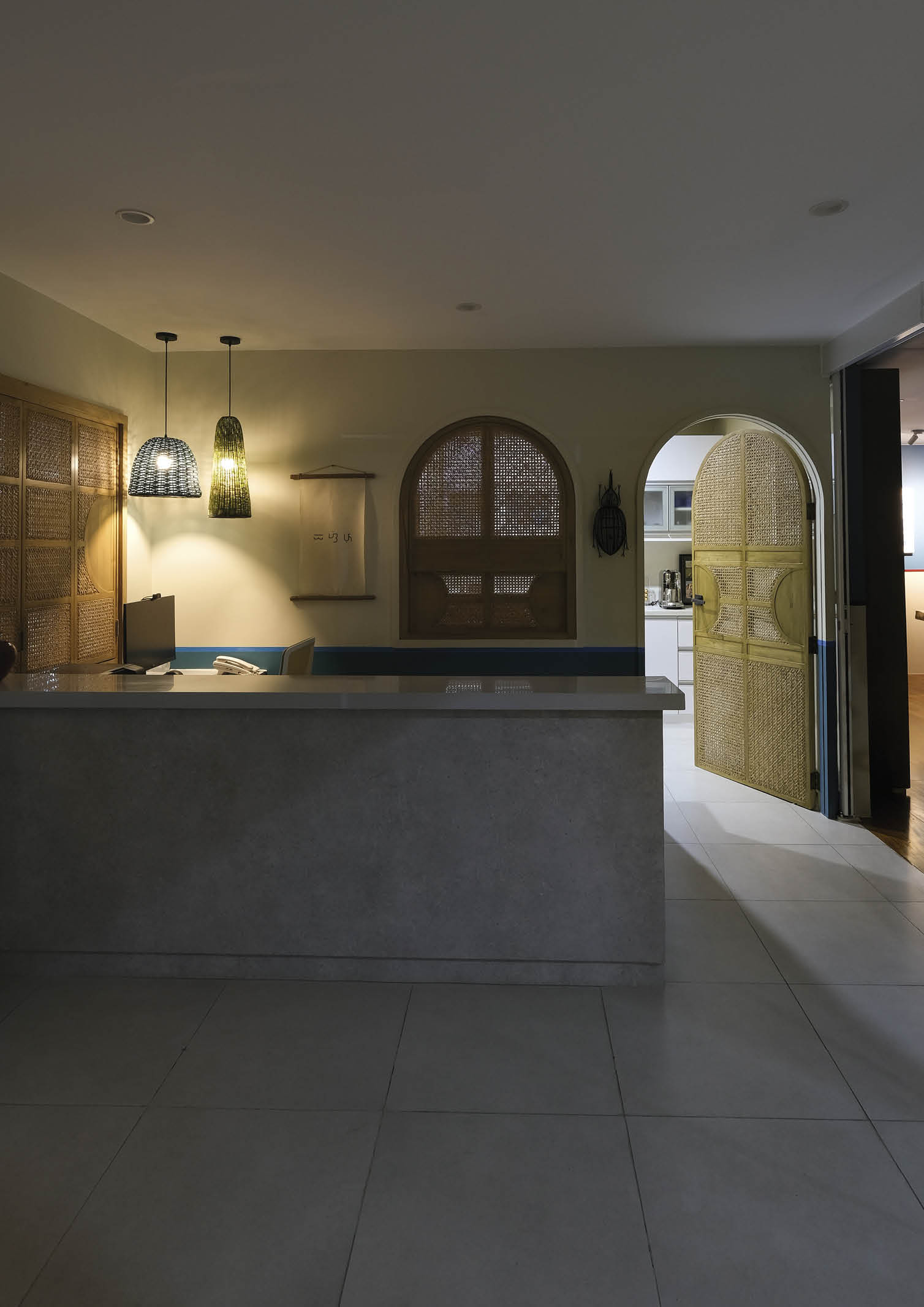
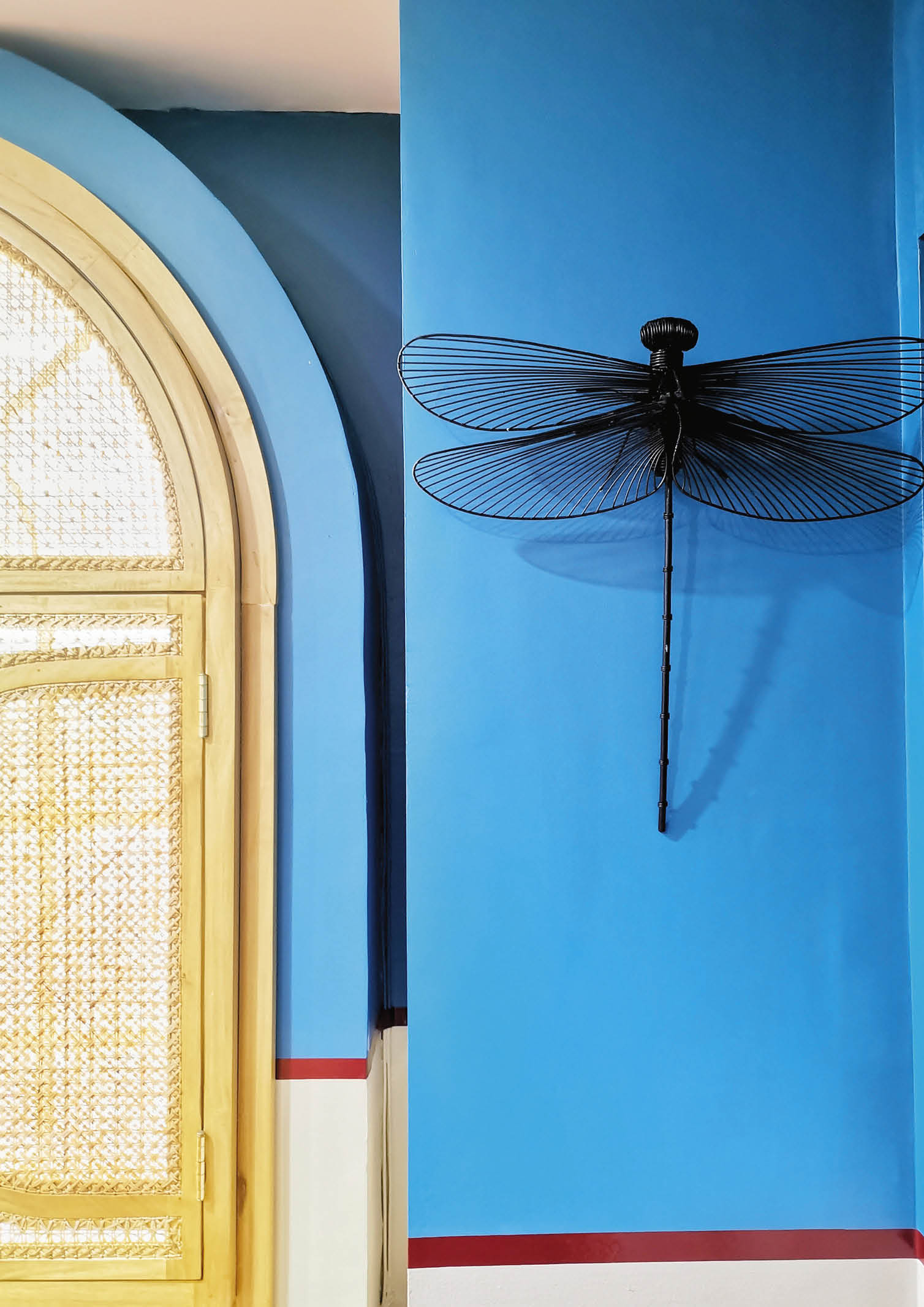
The new office is now characterized by its vibrant colors. It features lime green walls bordered with a vibrant orange. A corner of the office is occupied by a piece from the Nazareno/Lichauco Desert Collection, which is a desk with flowers carved on the side, serving as Soliven-de Guzman’s workstation. Other pieces made by Filipino artisans also fill up the room to add playfulness to the room, including E. Murio chairs and colorful hand-woven Candy Lamps by Zacarias 1925.
Photos by Ed Simon and O.B. Montessori Center
